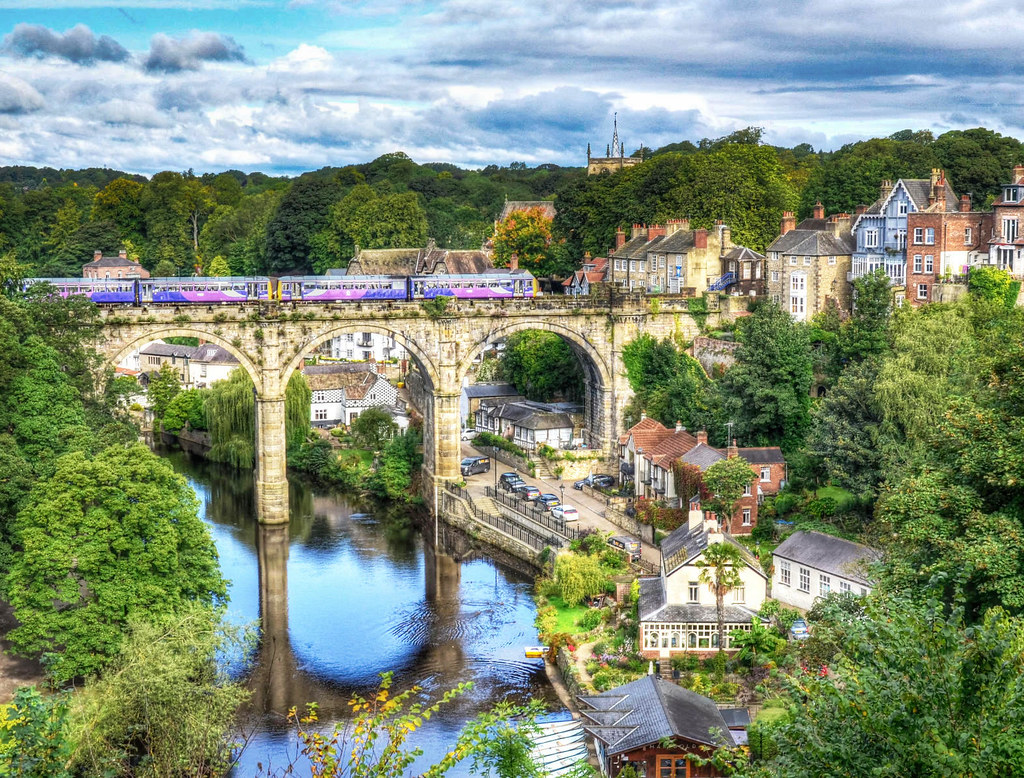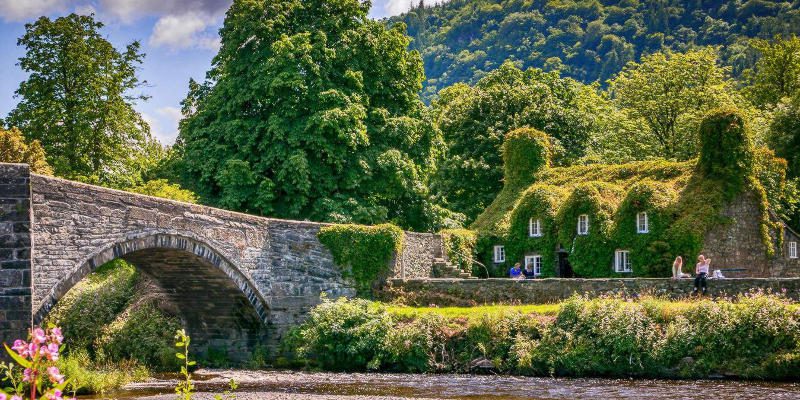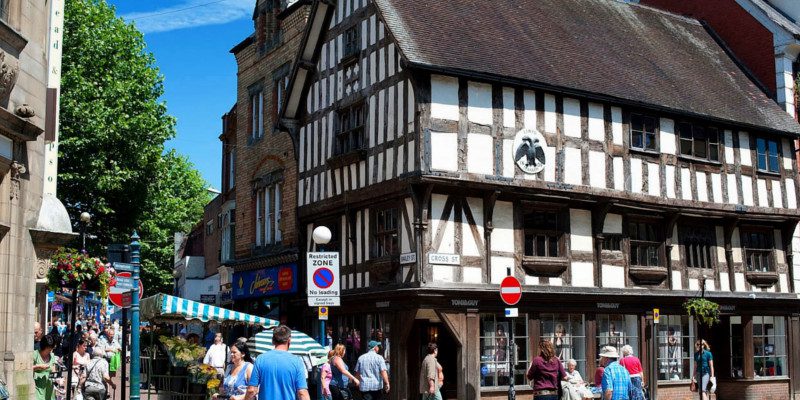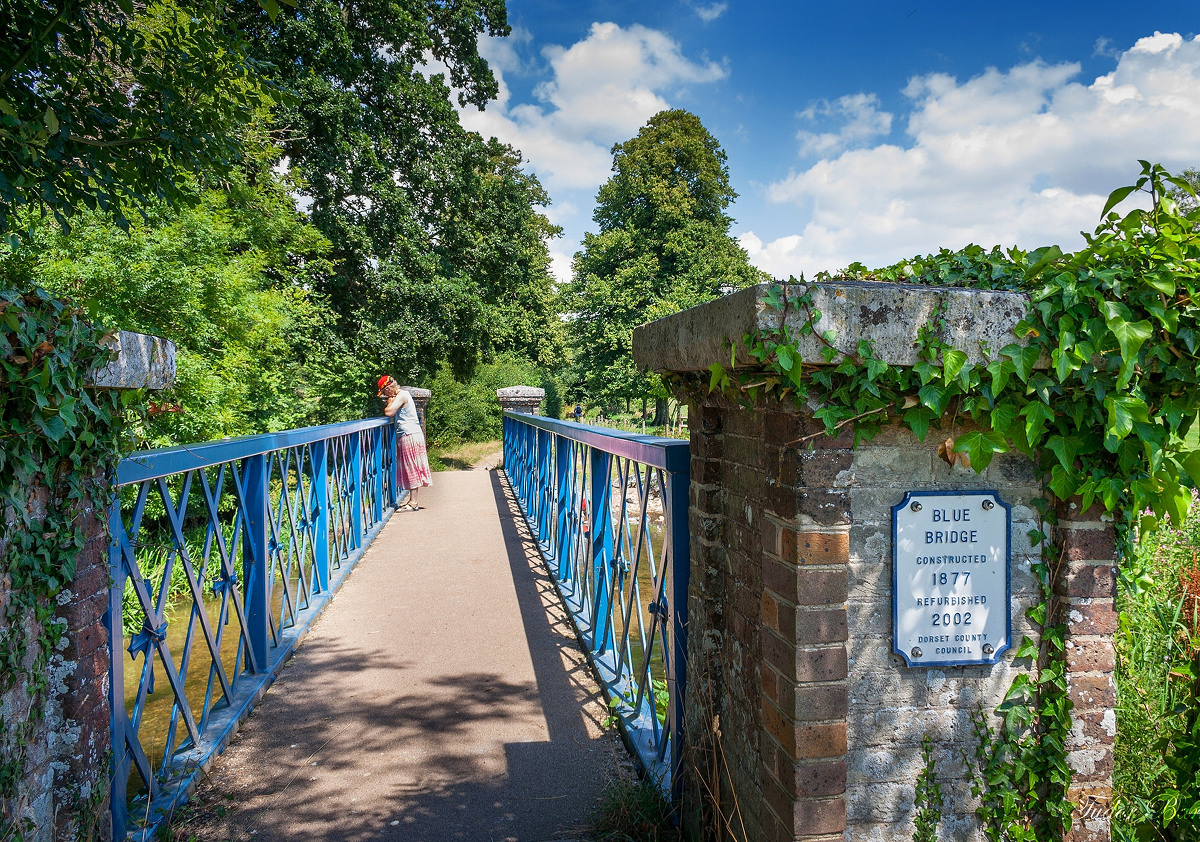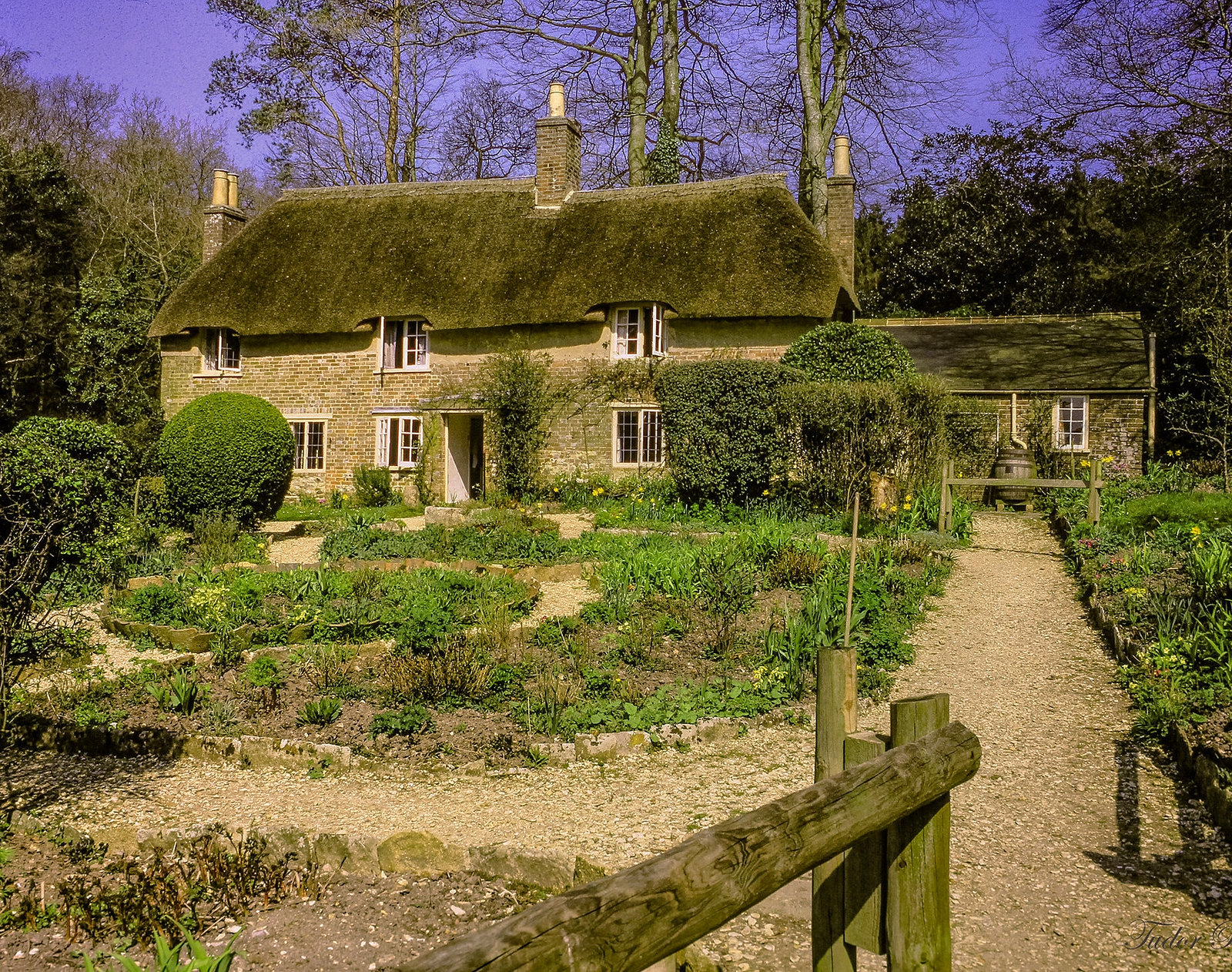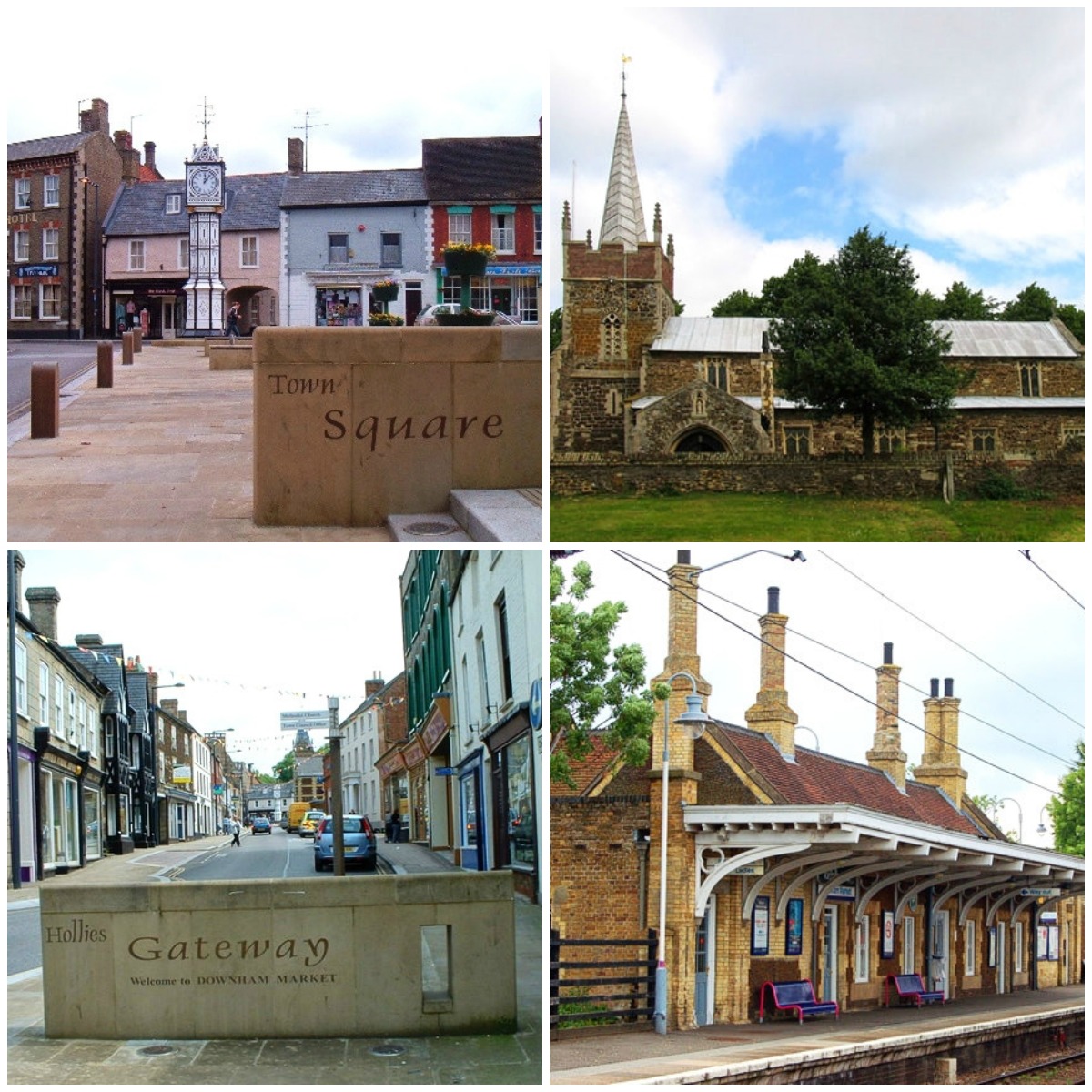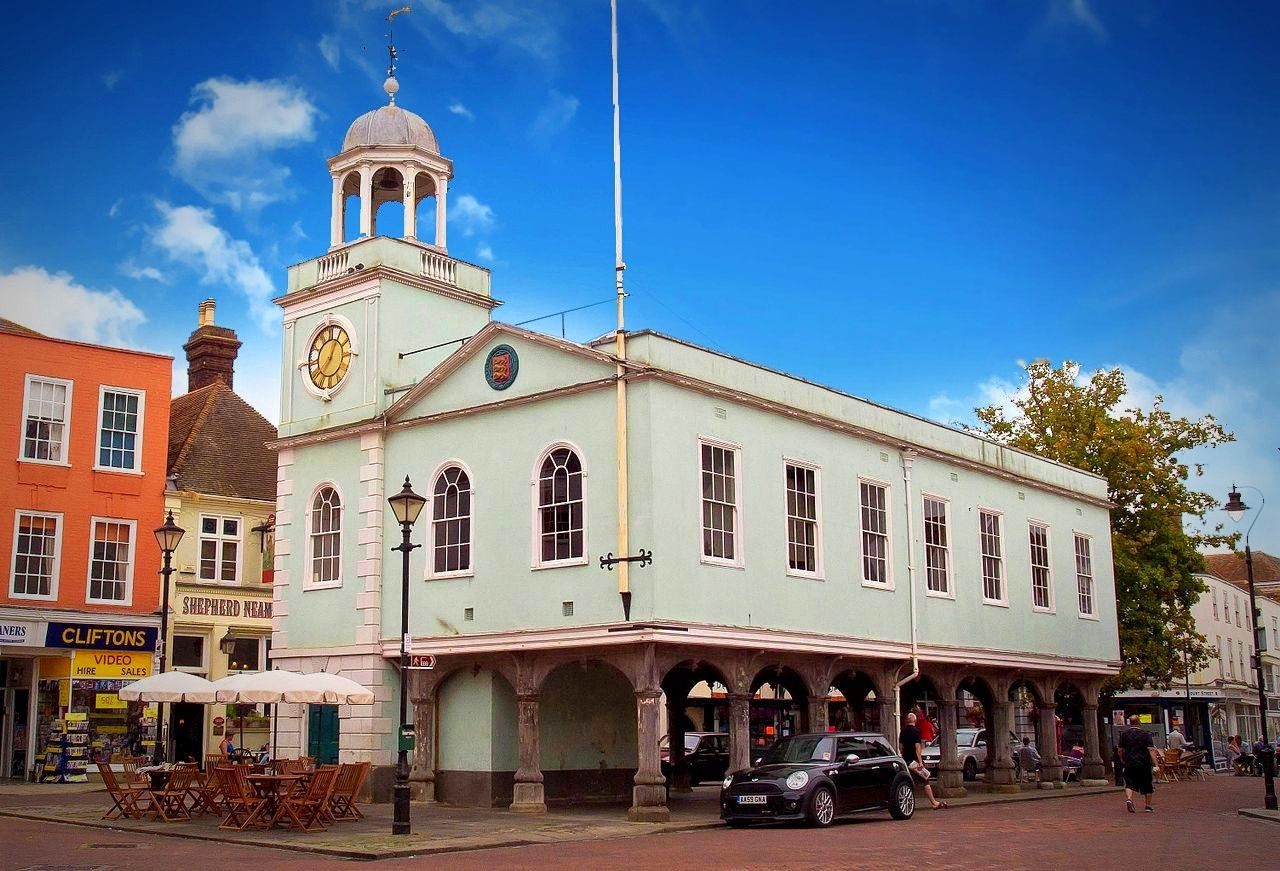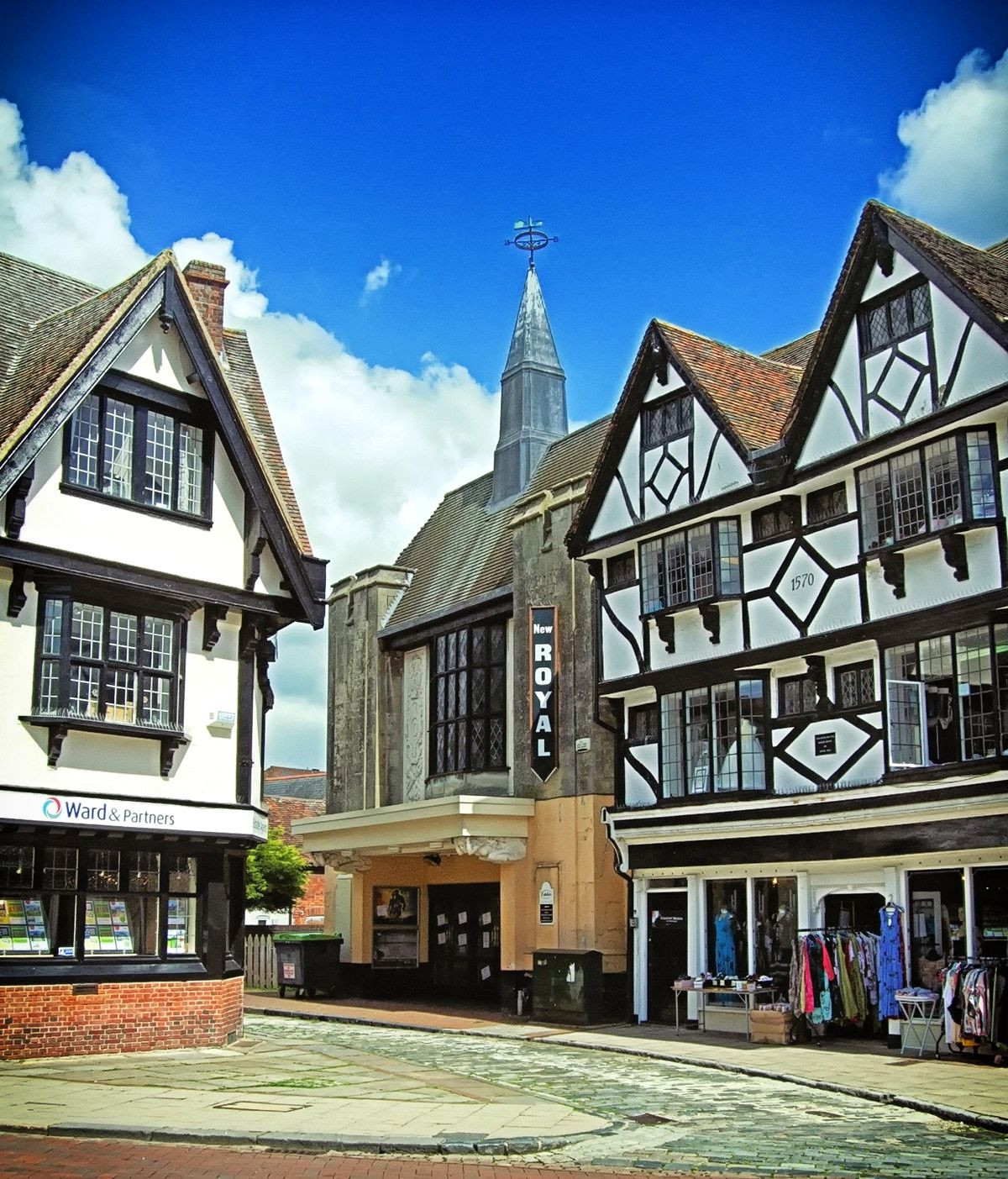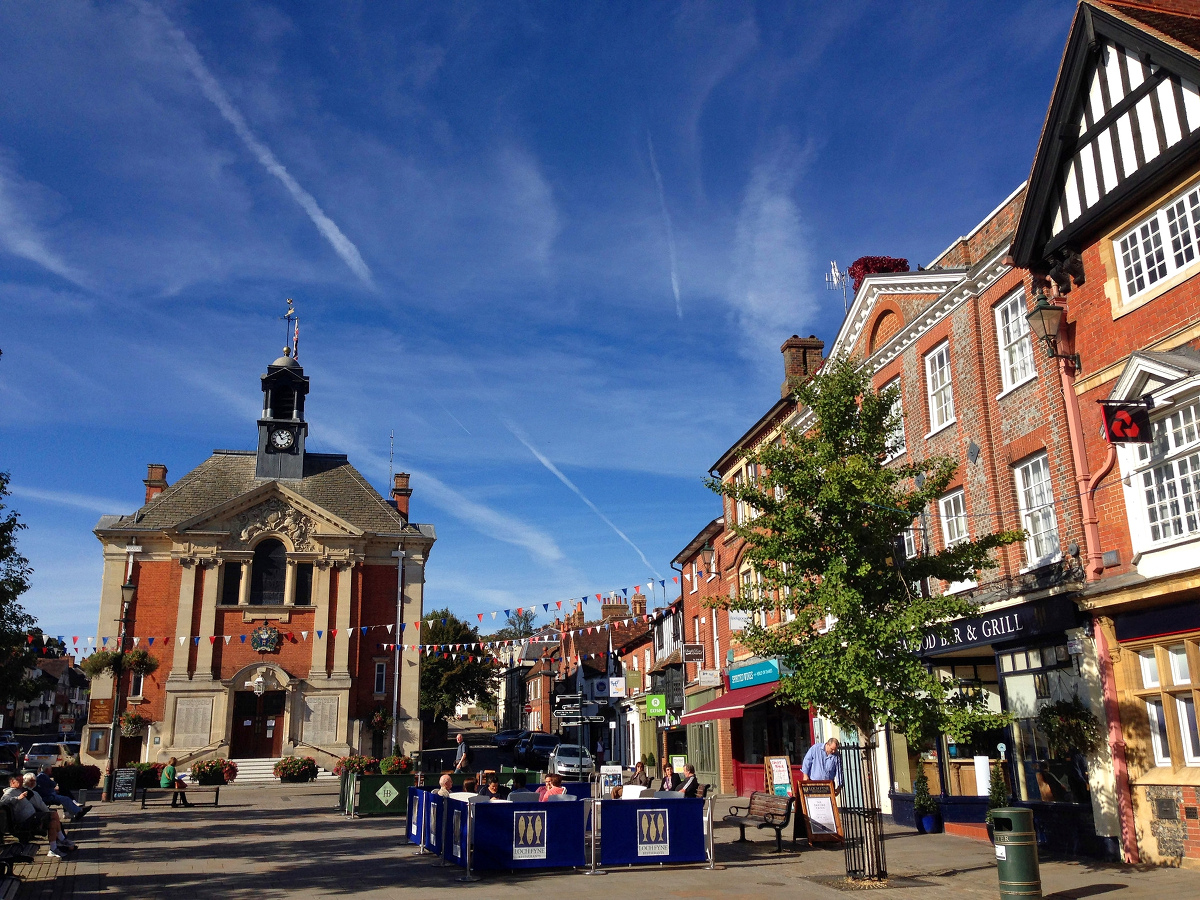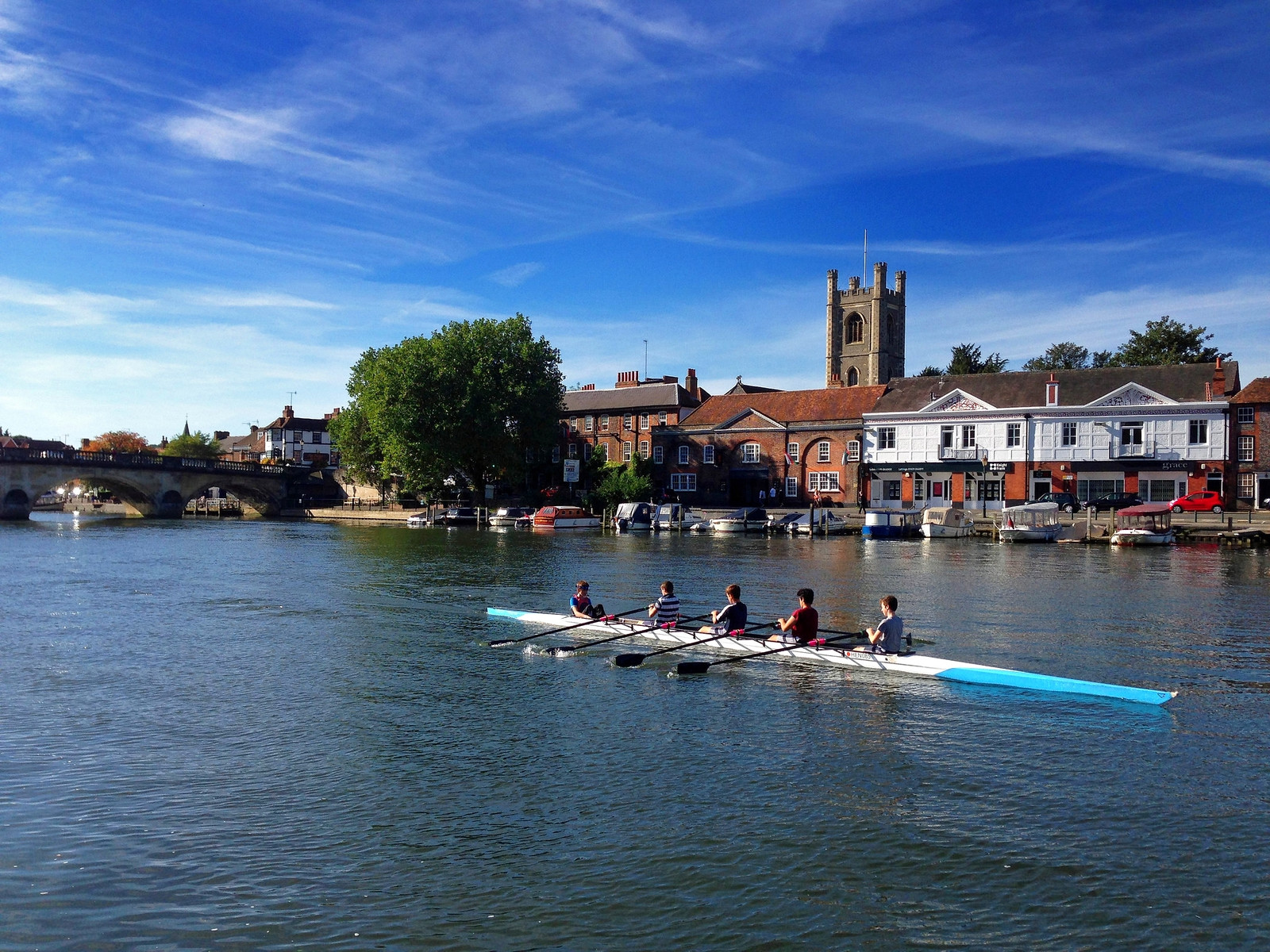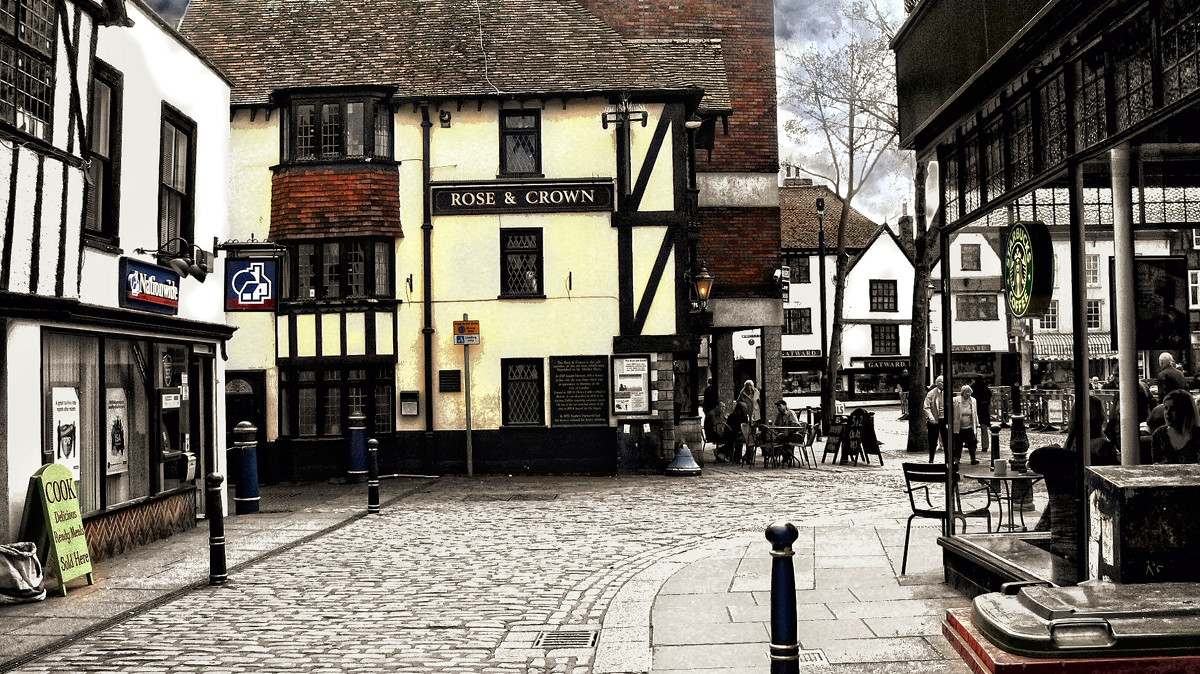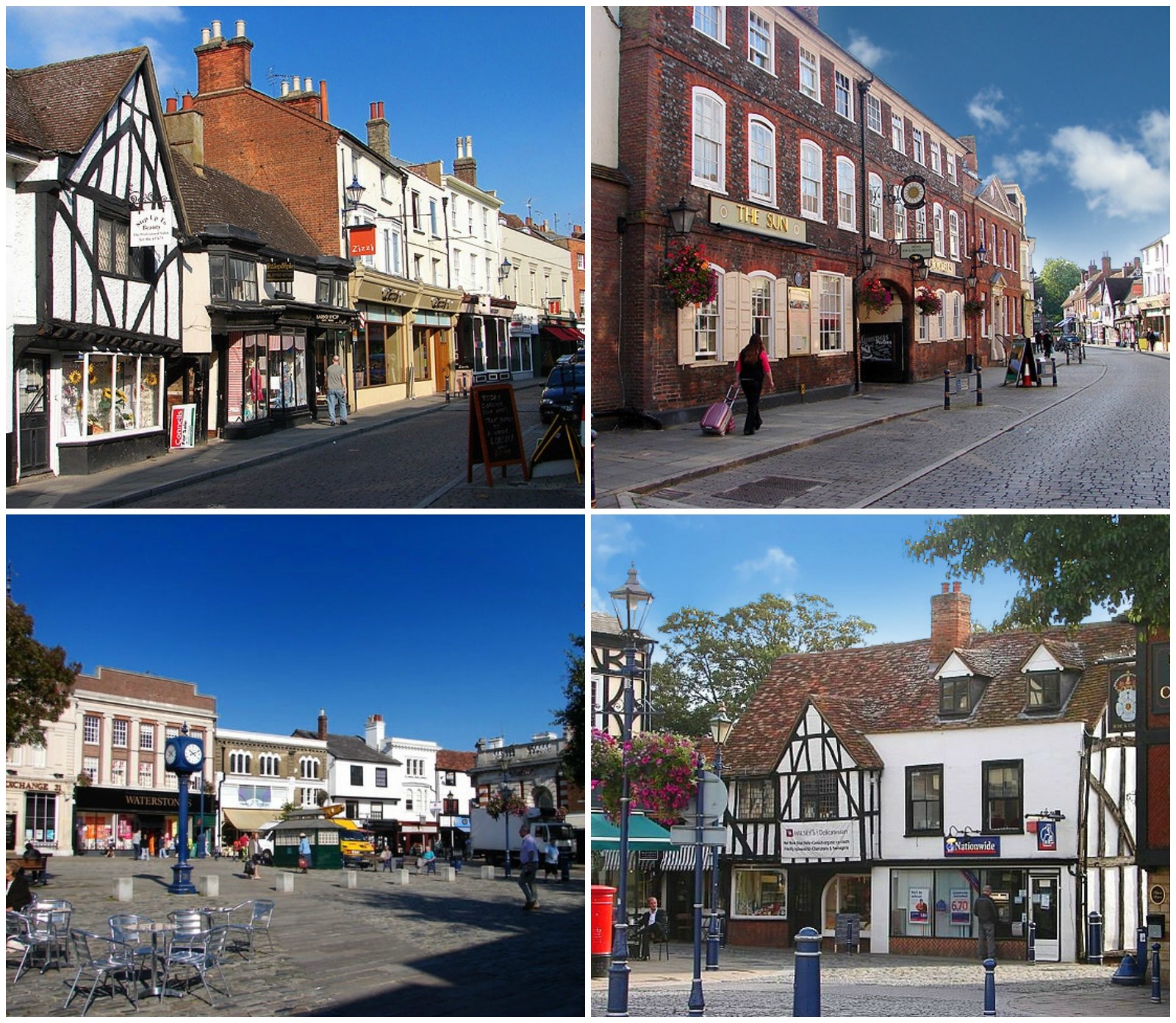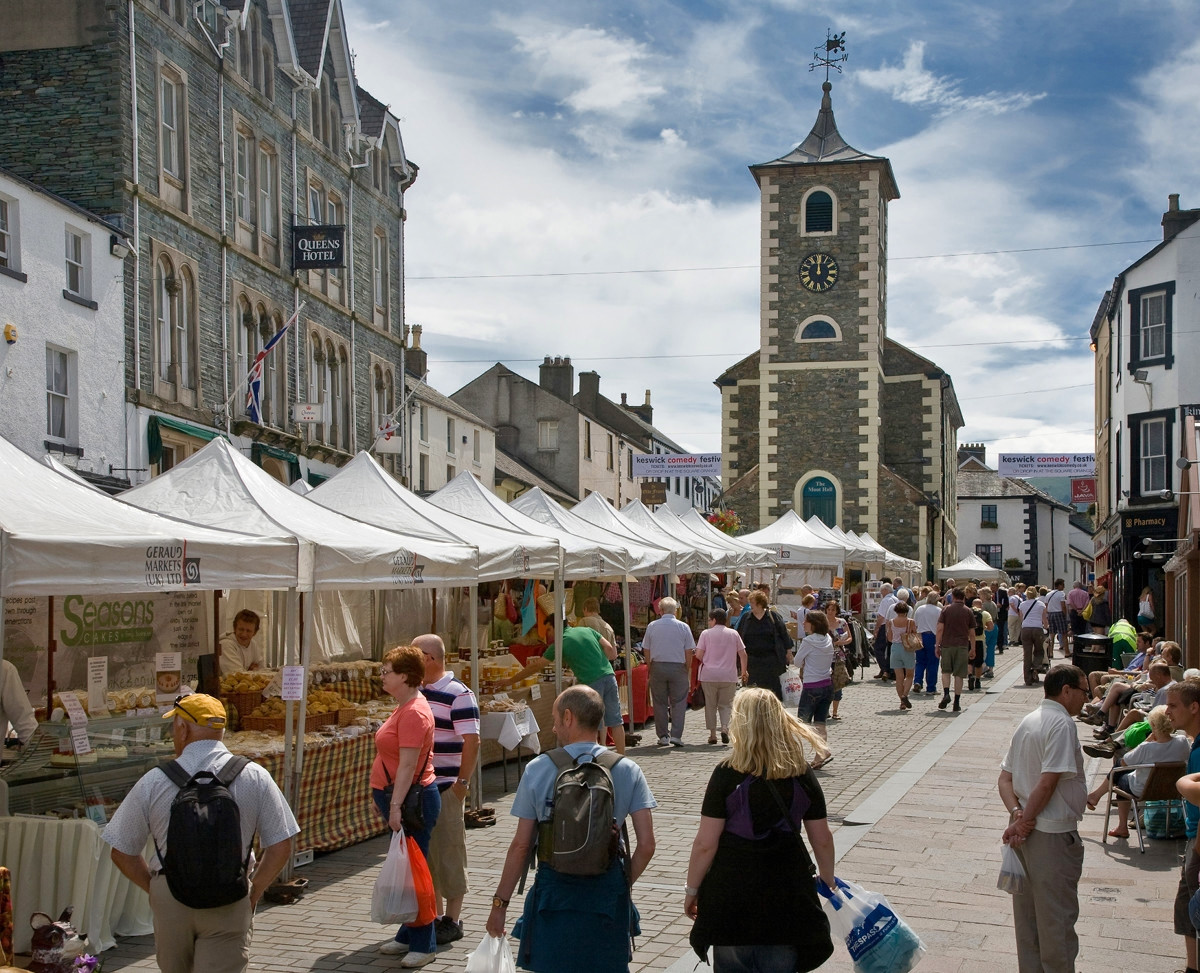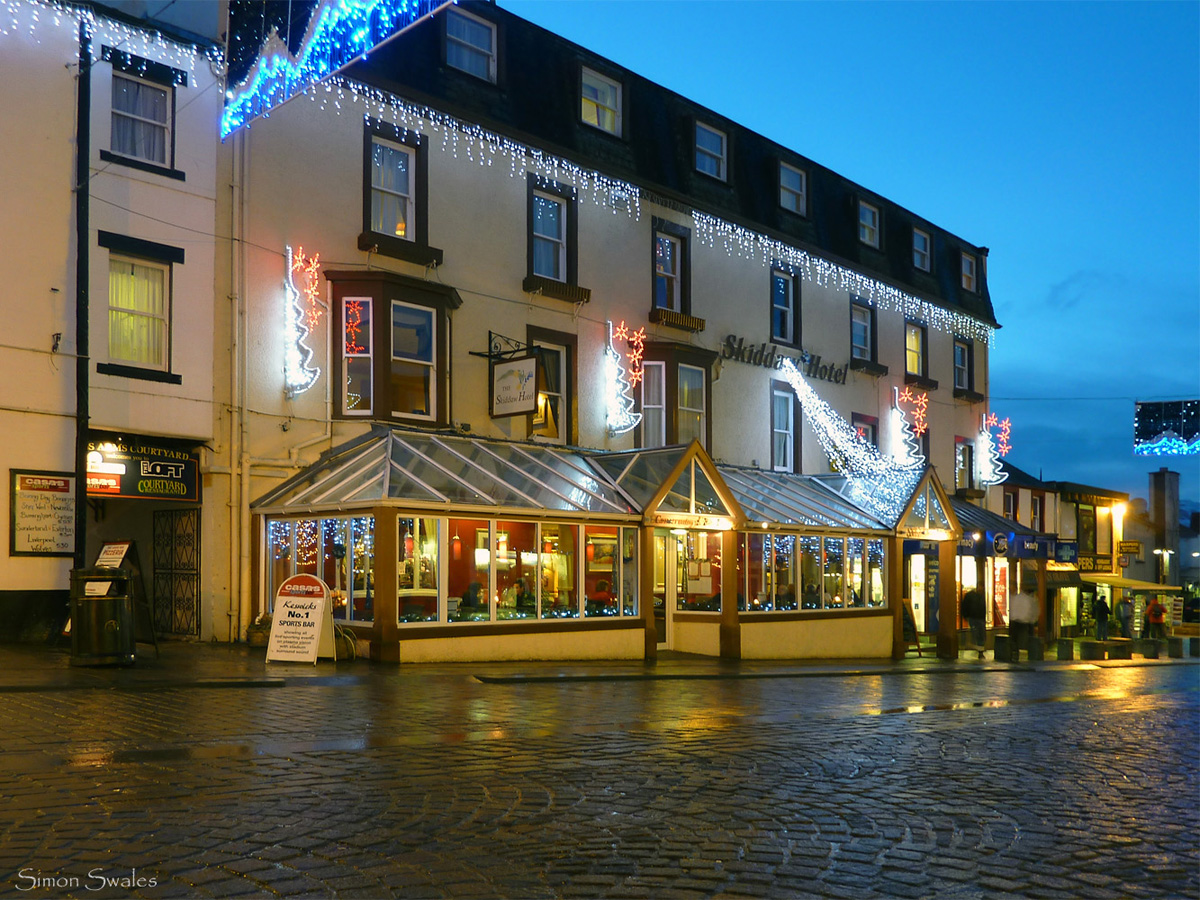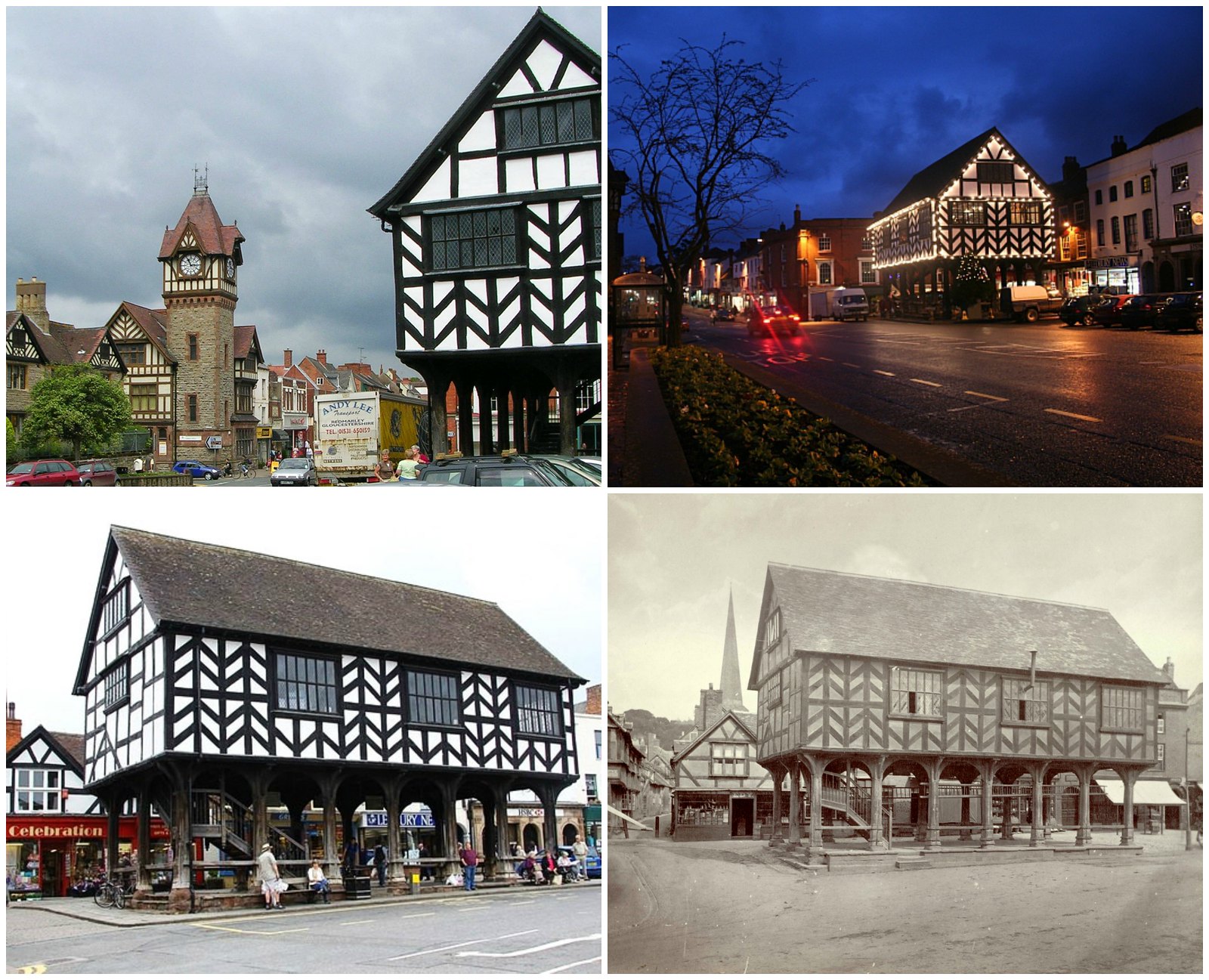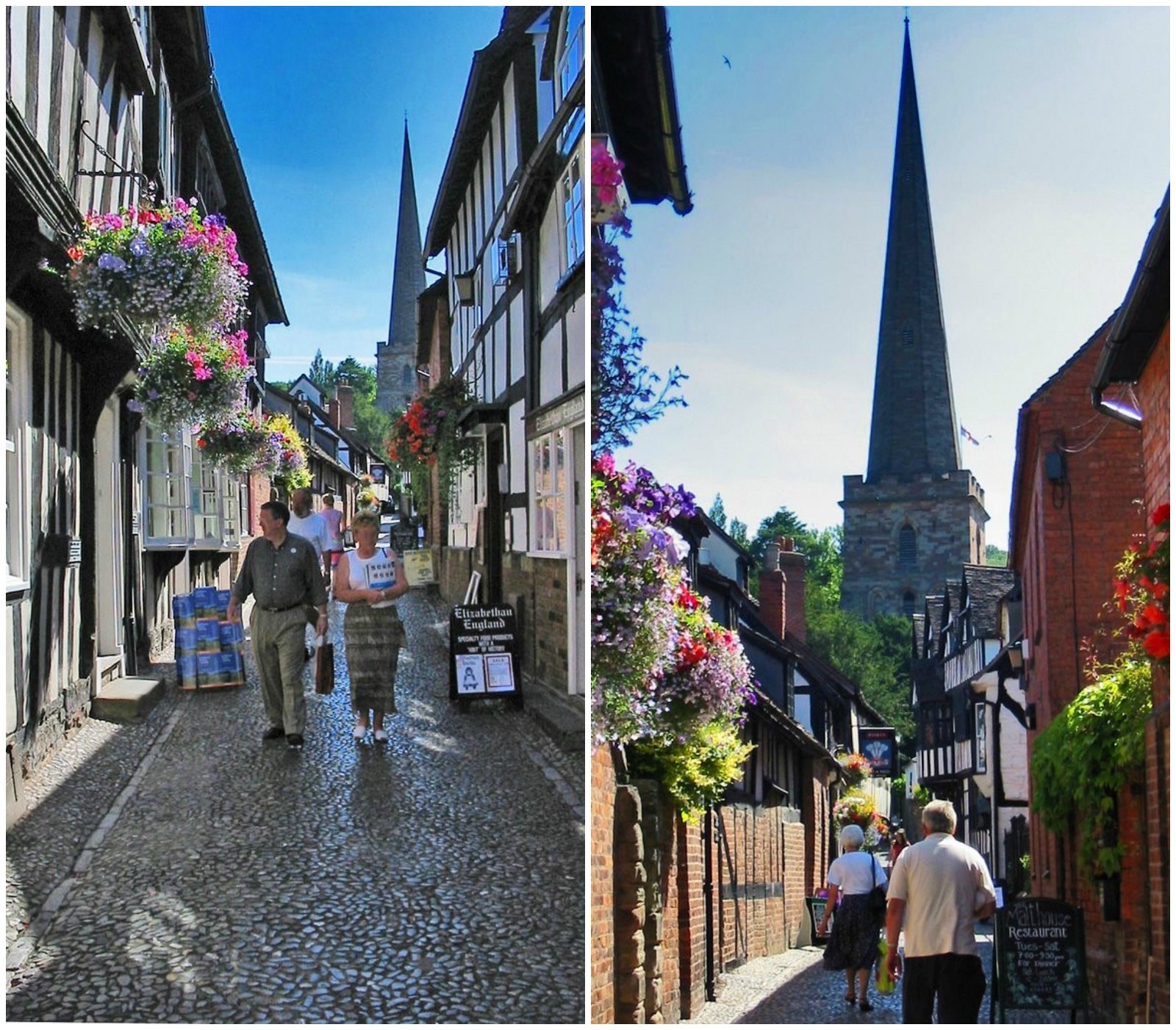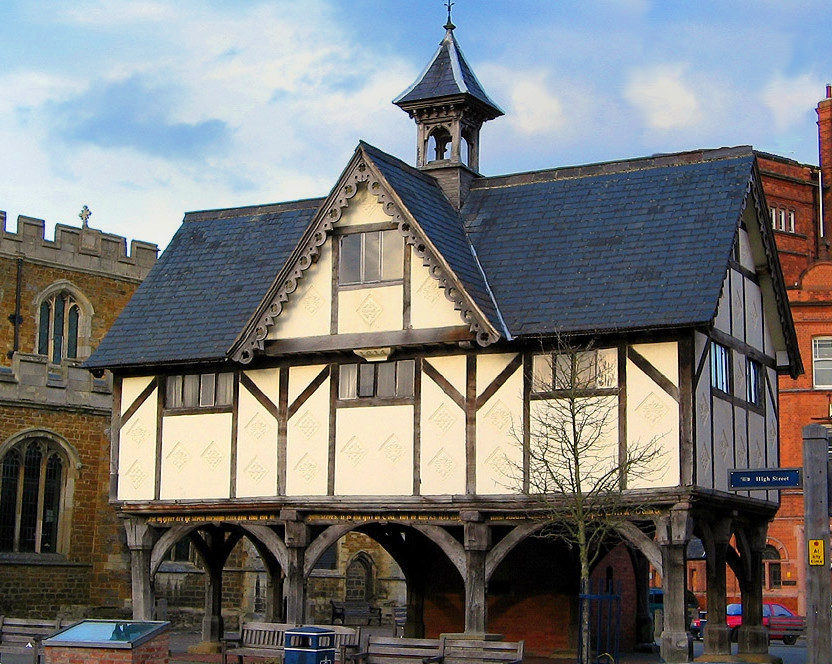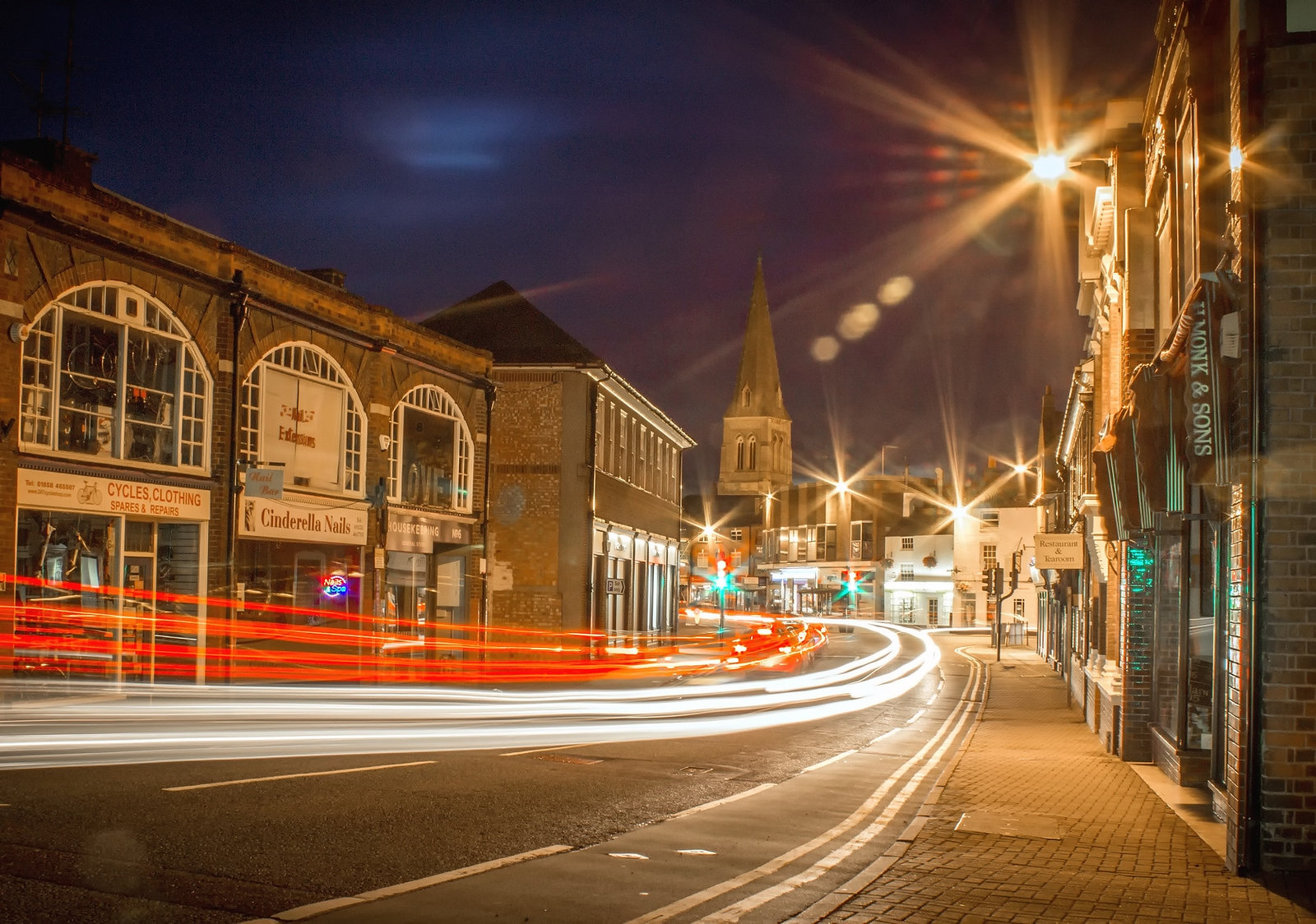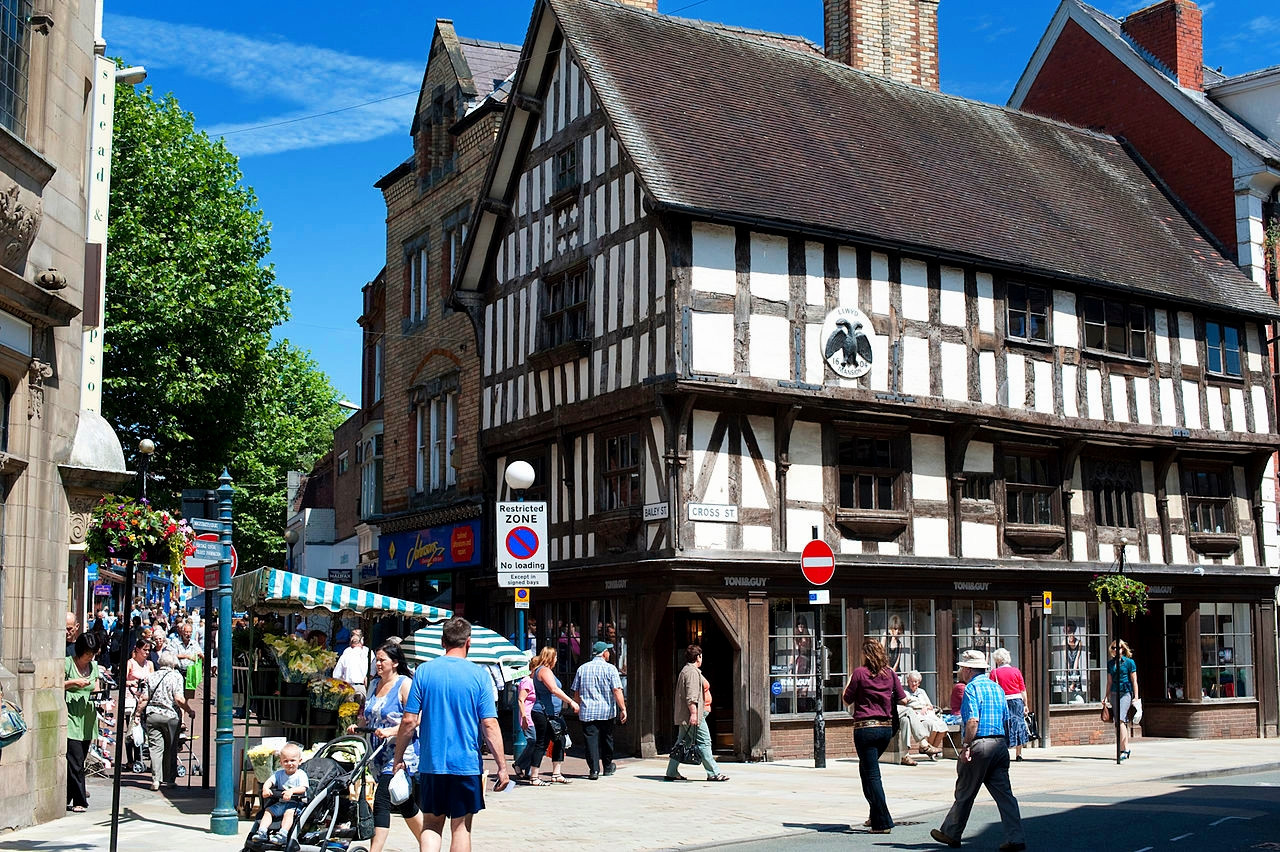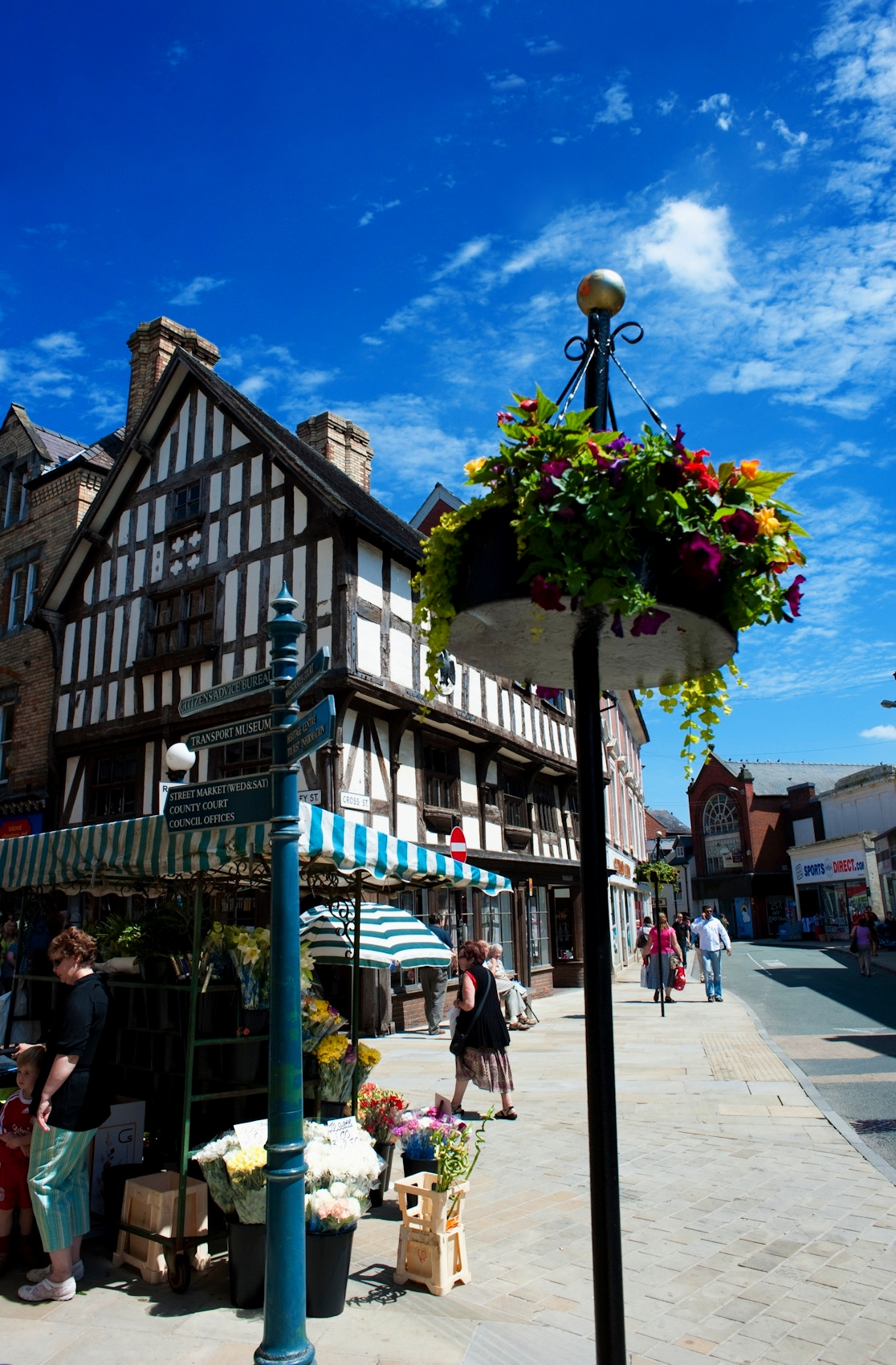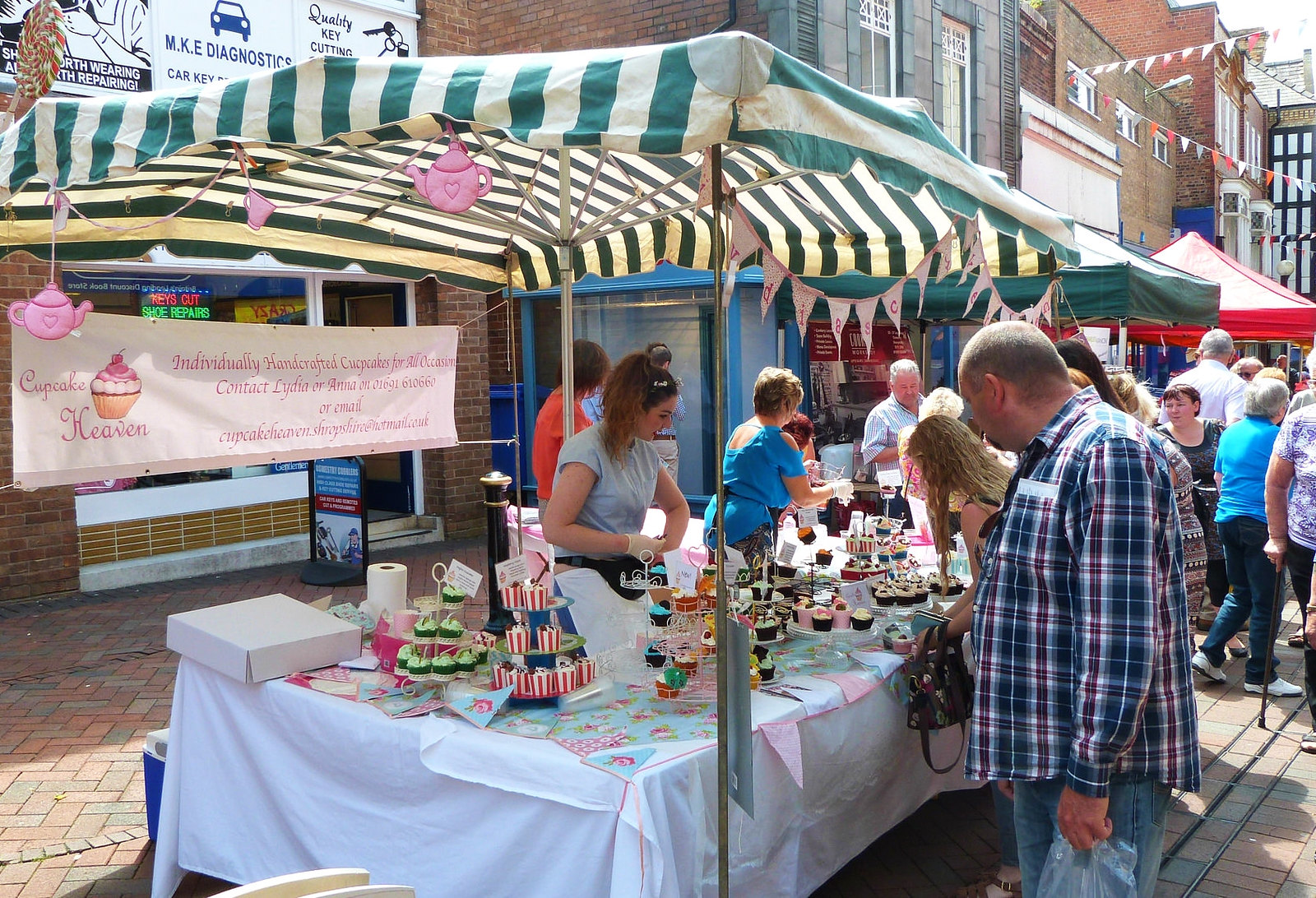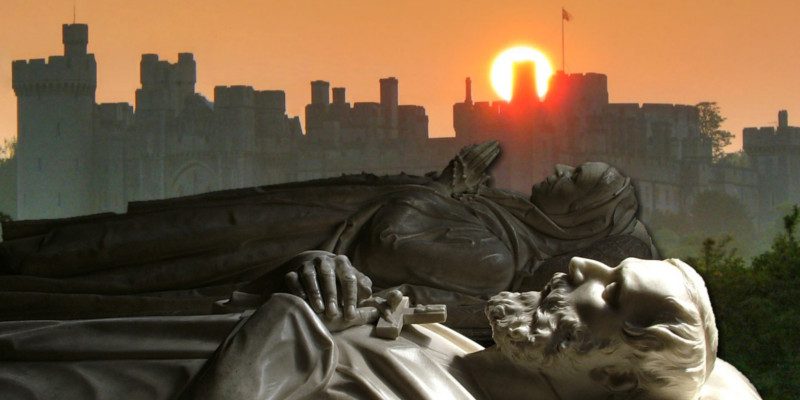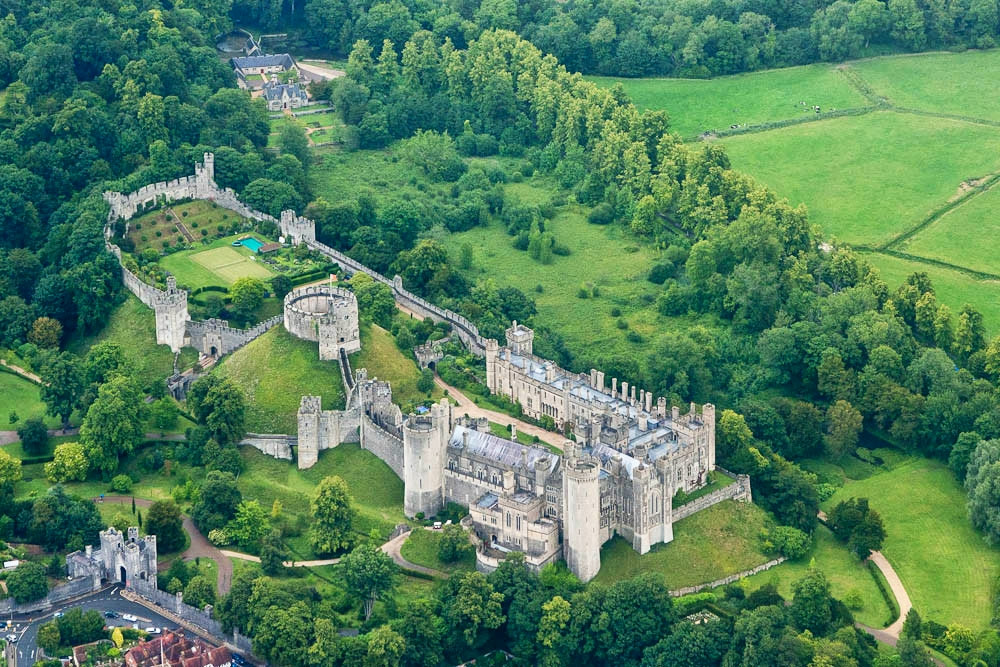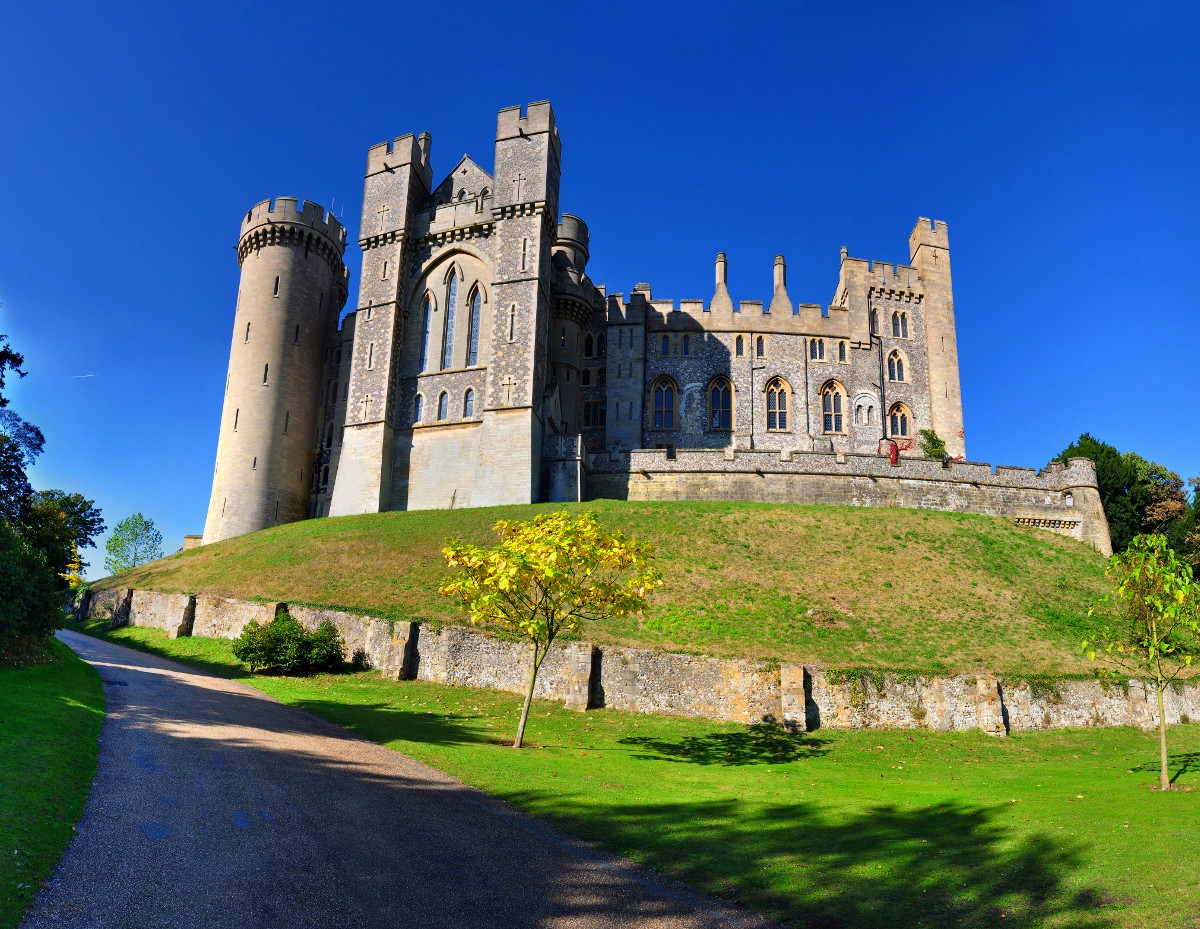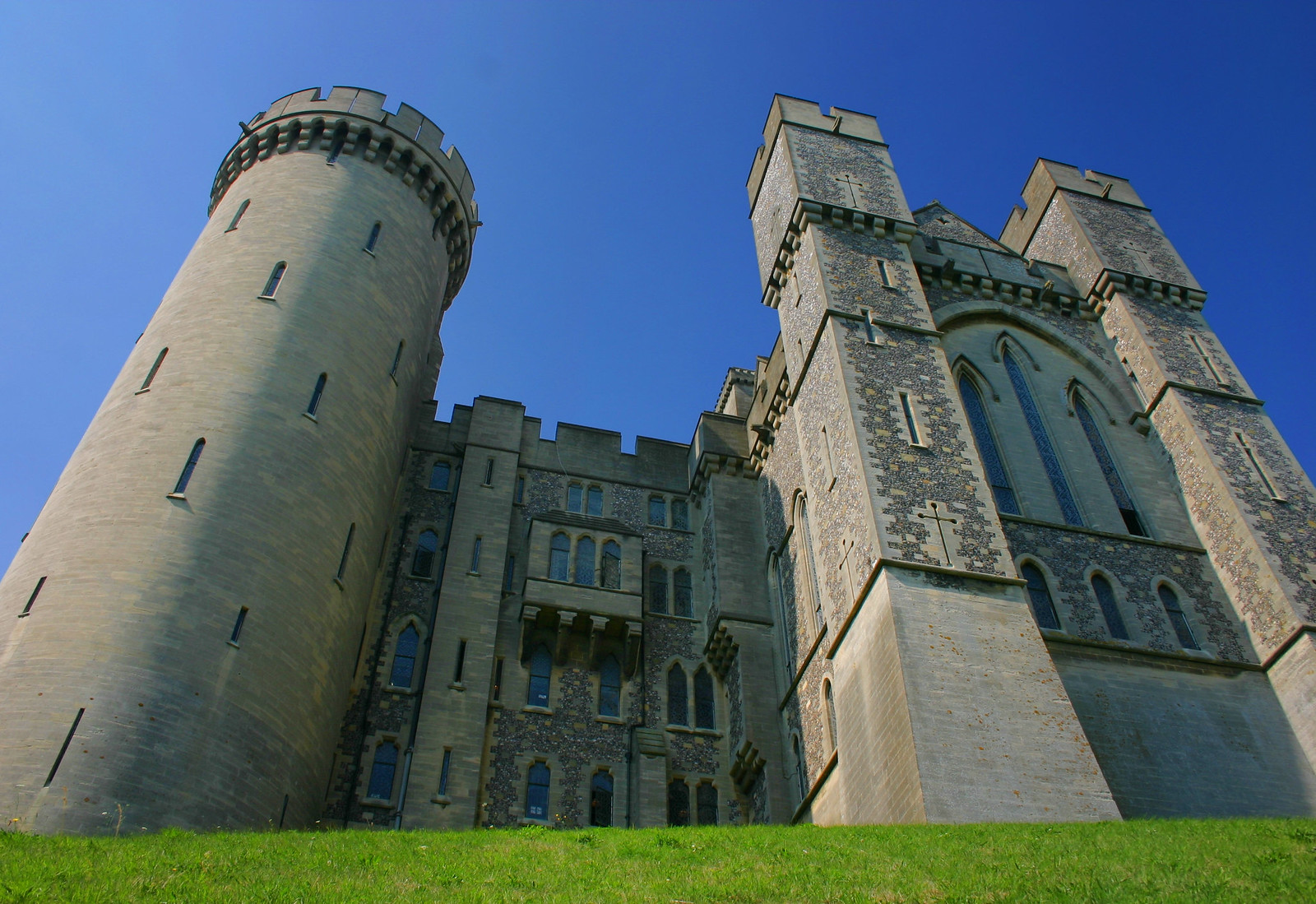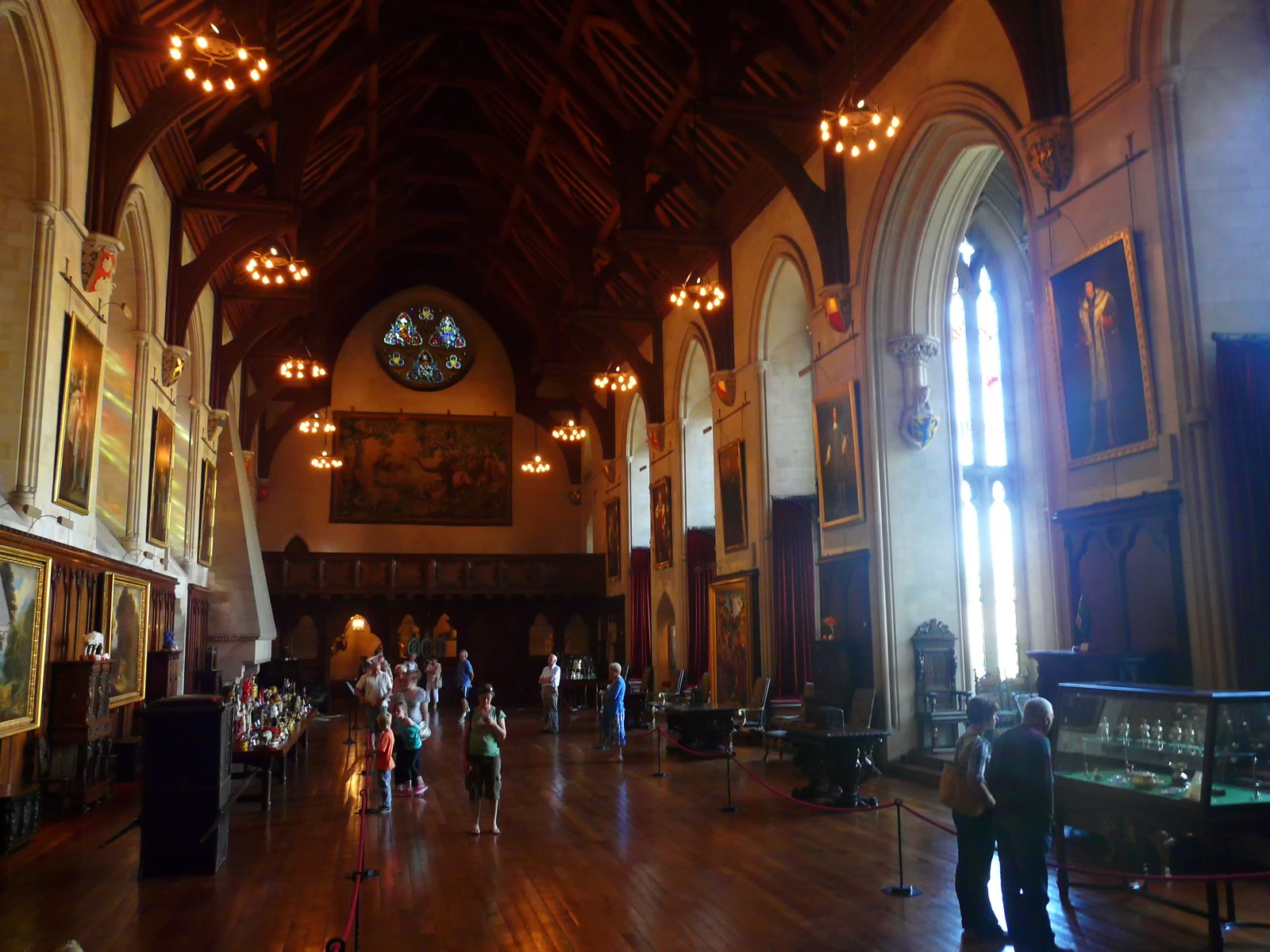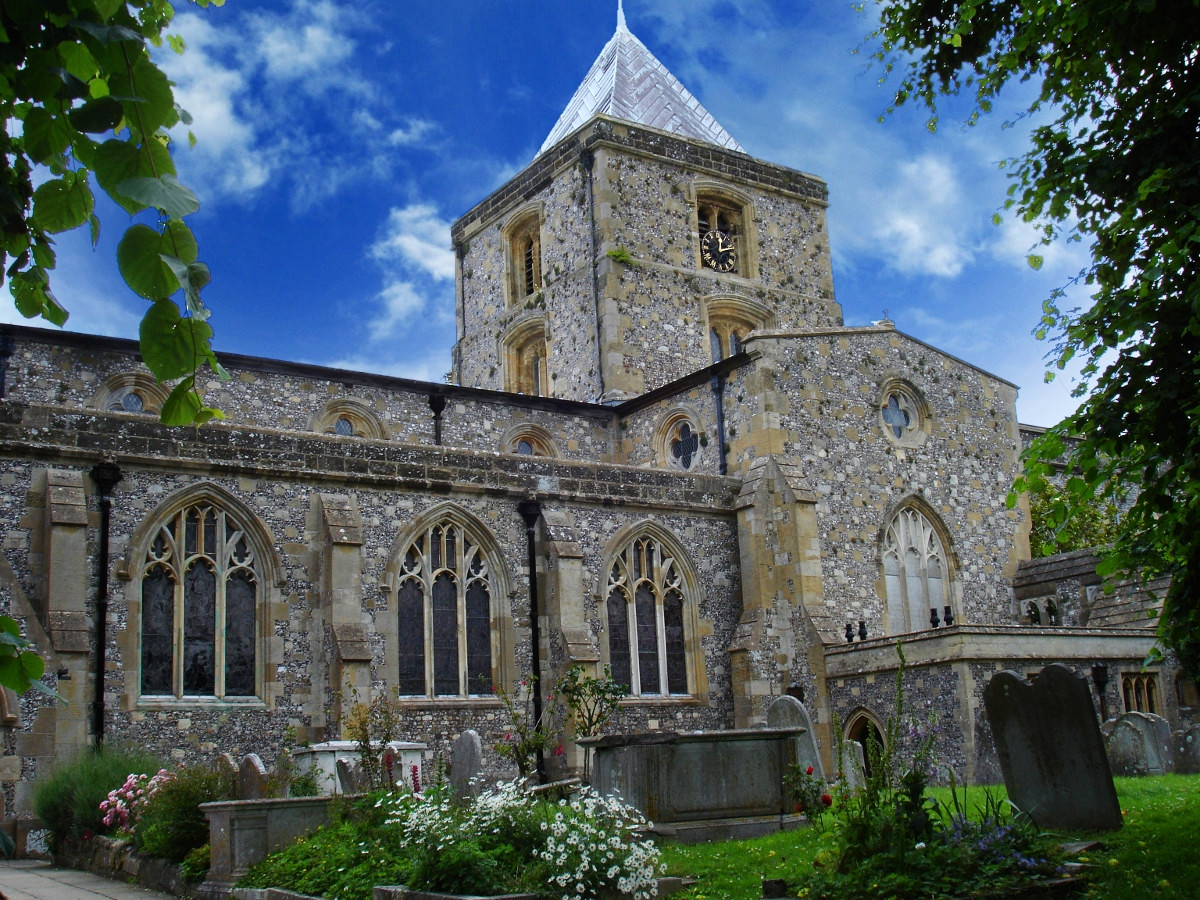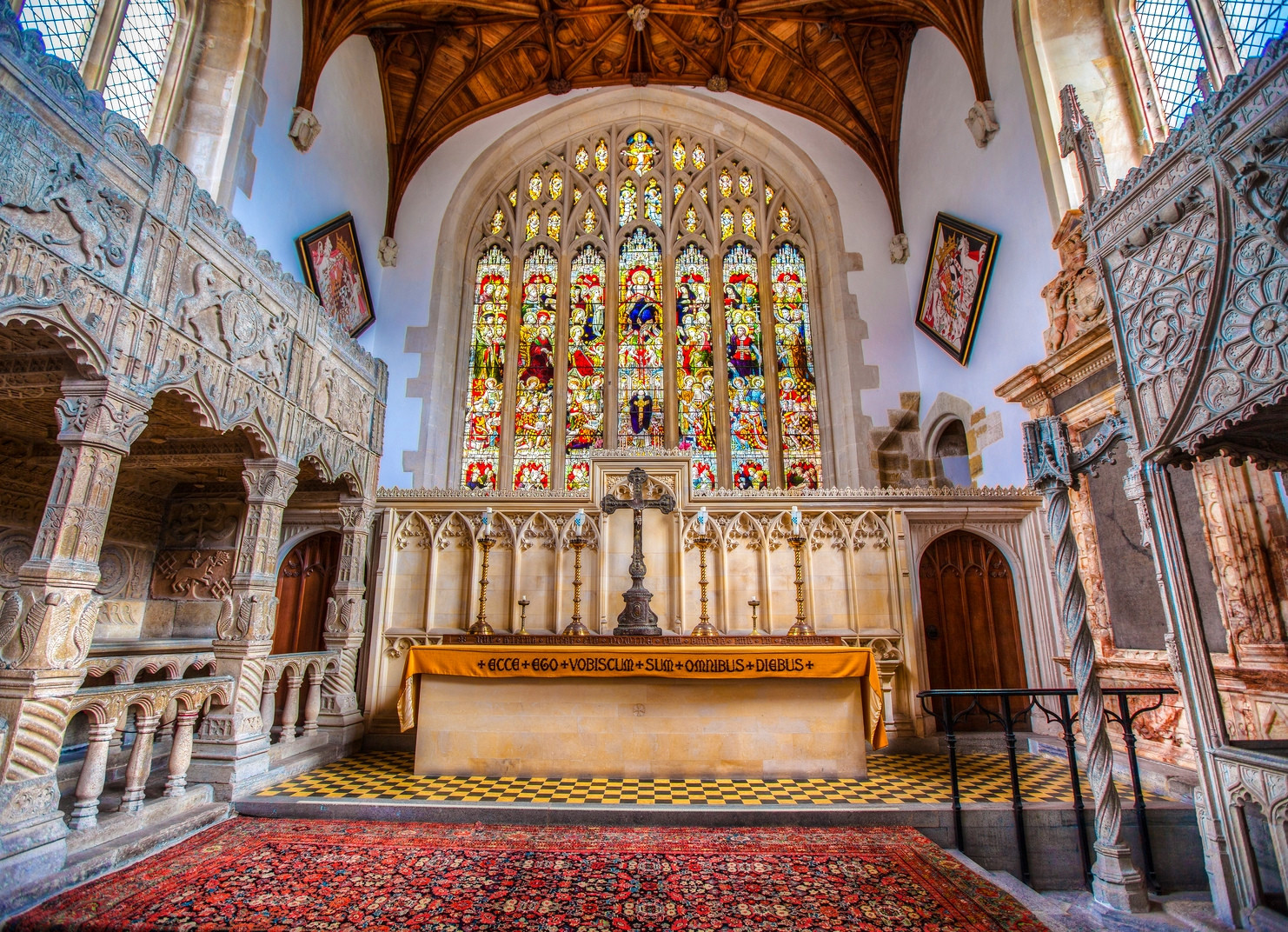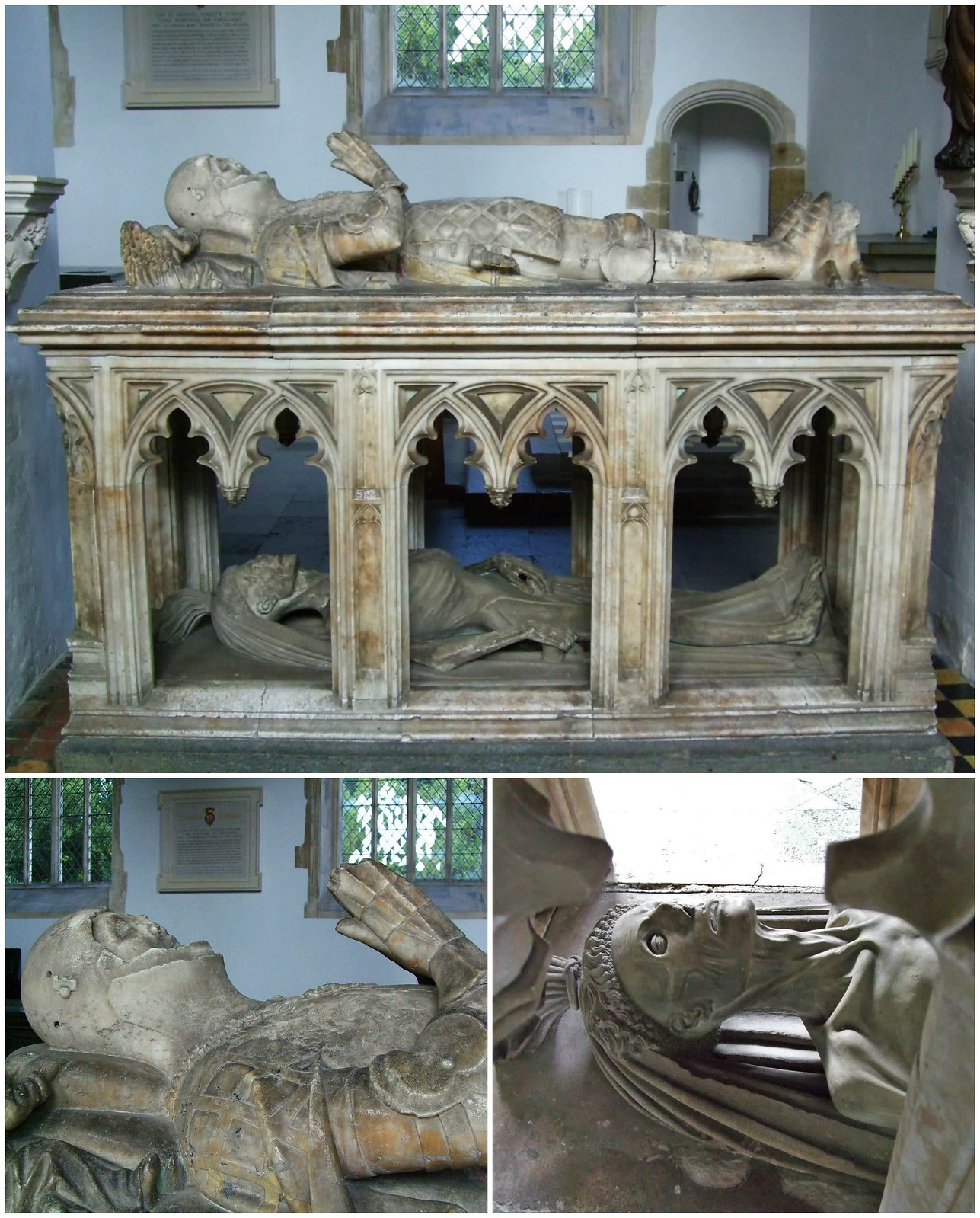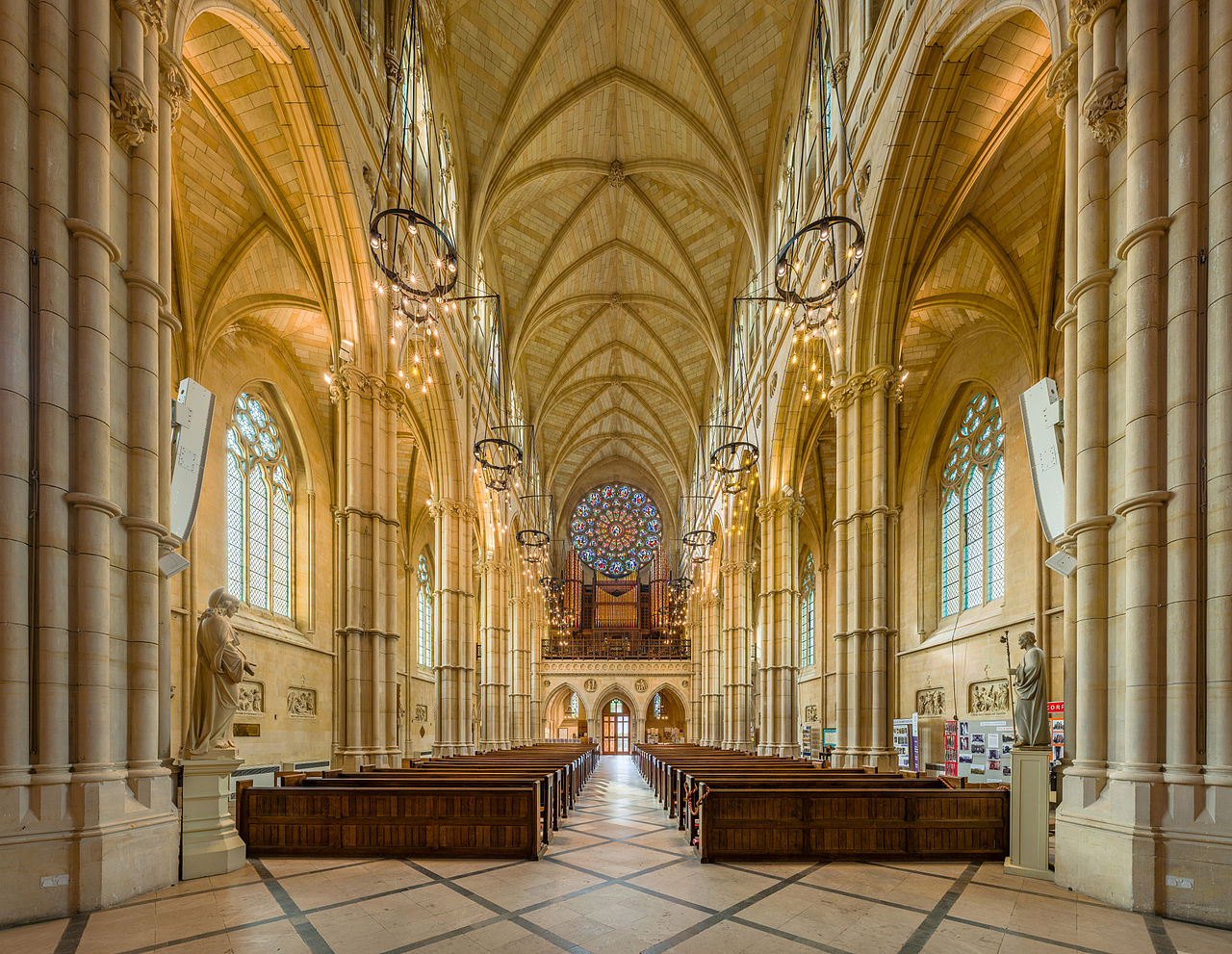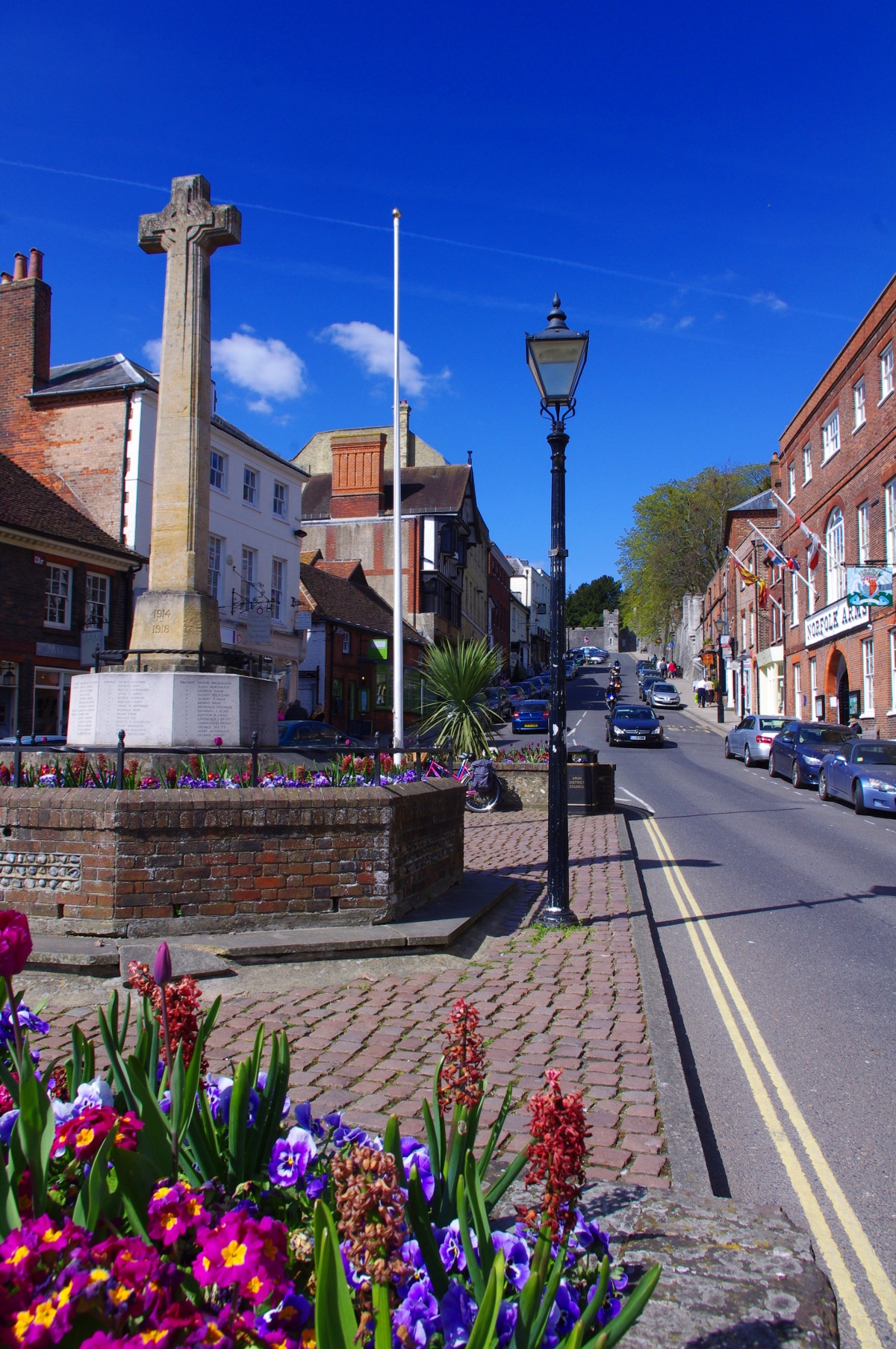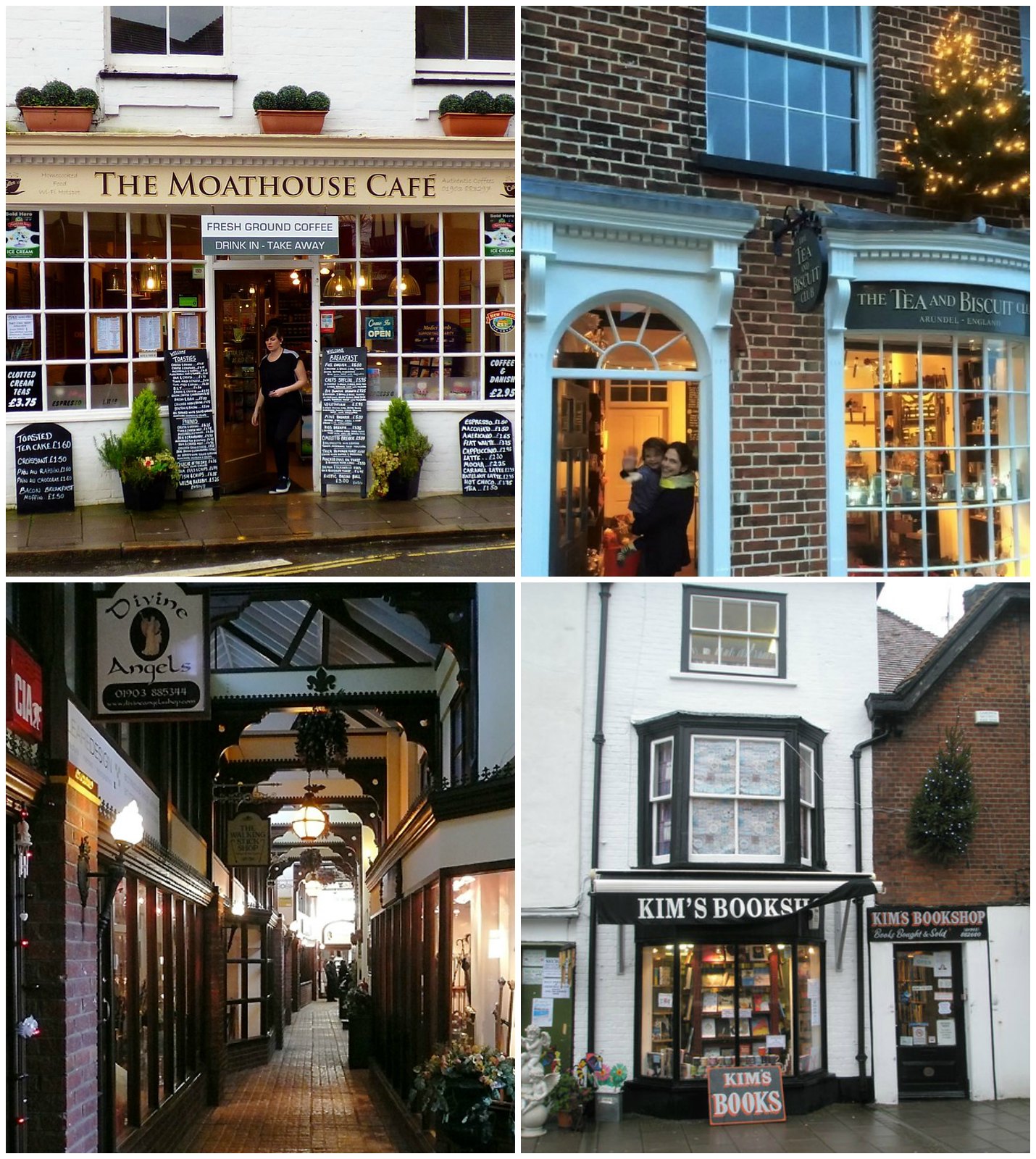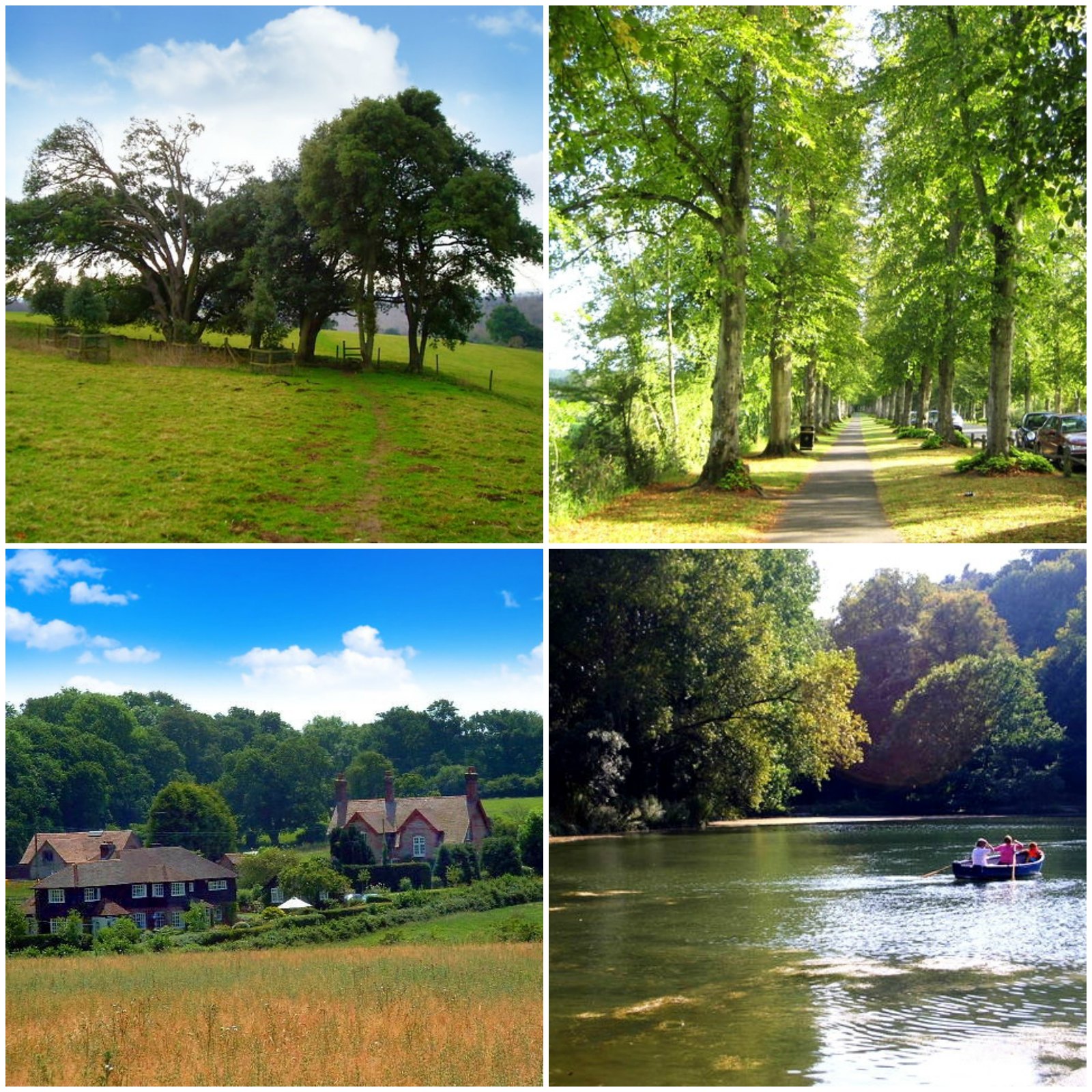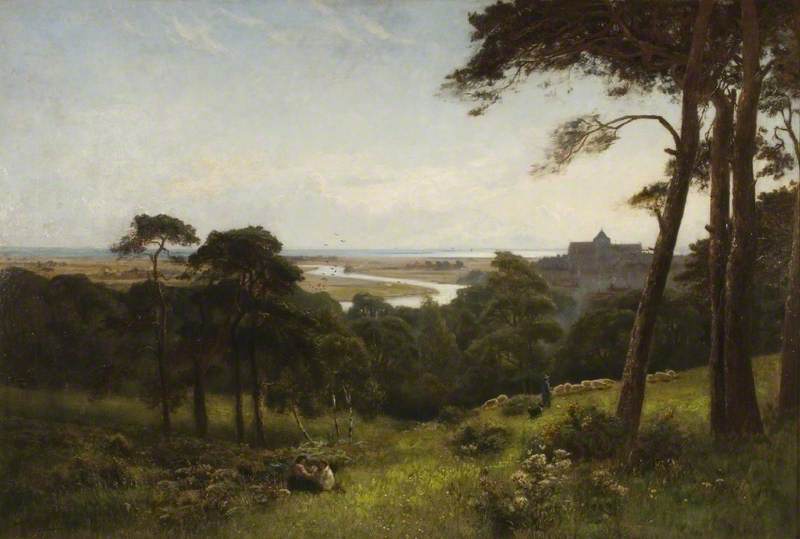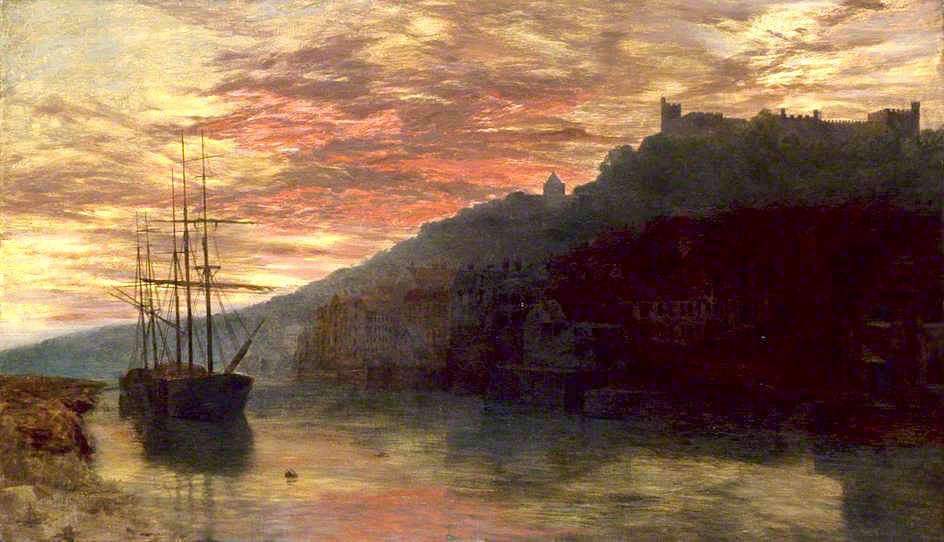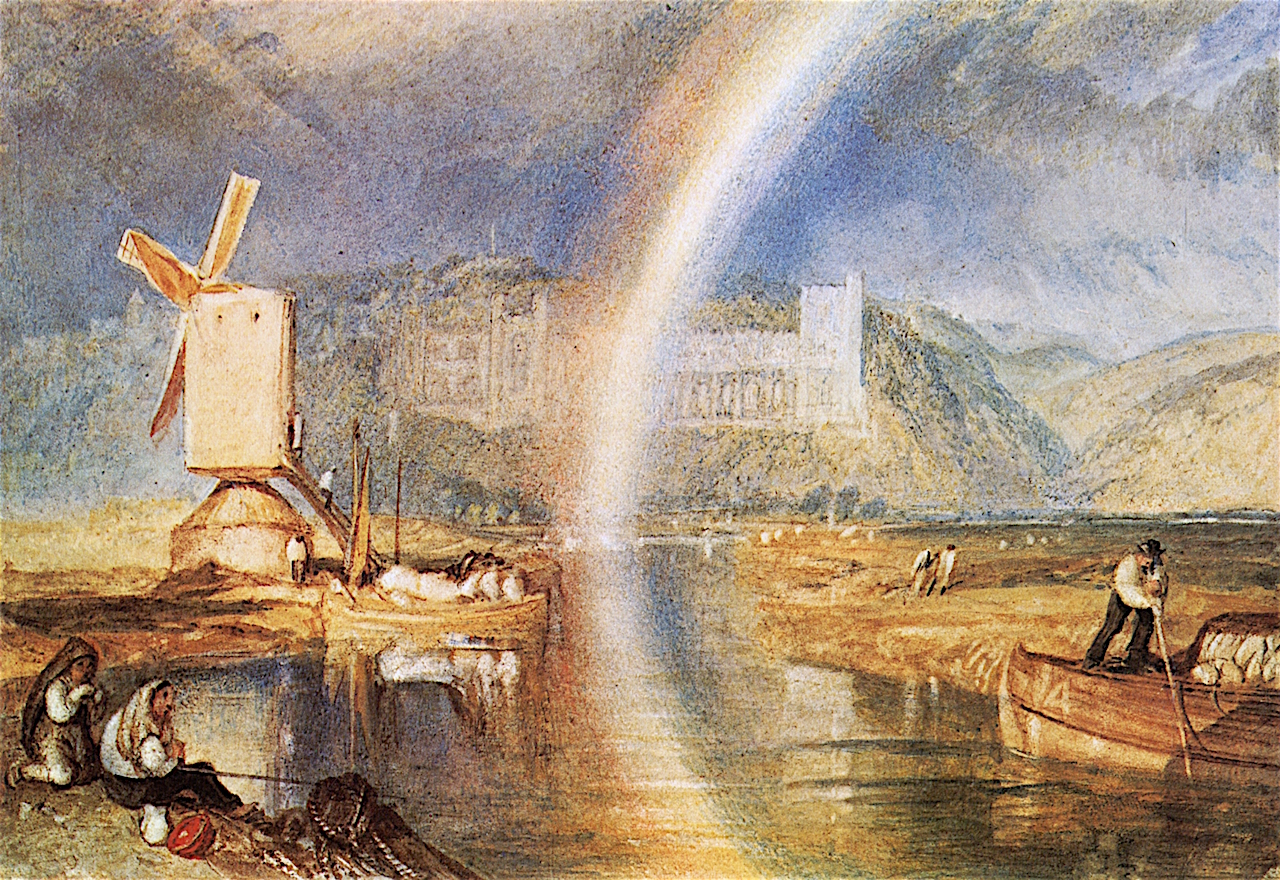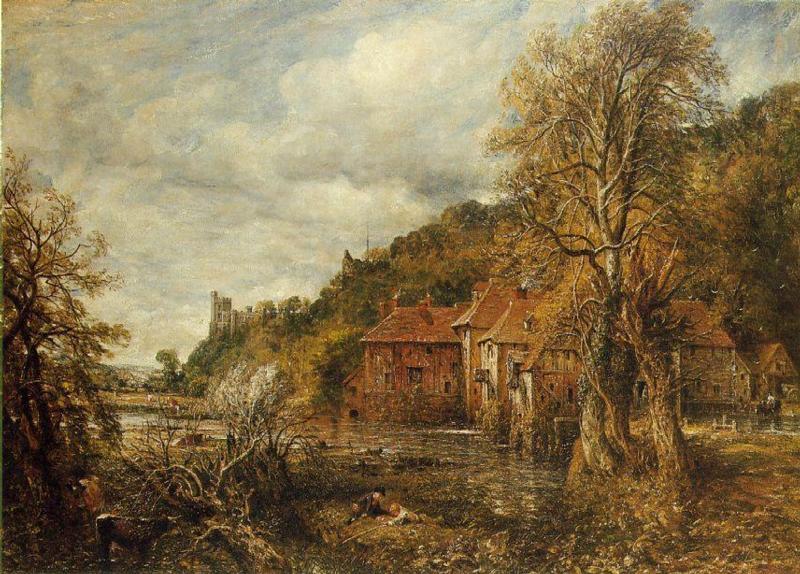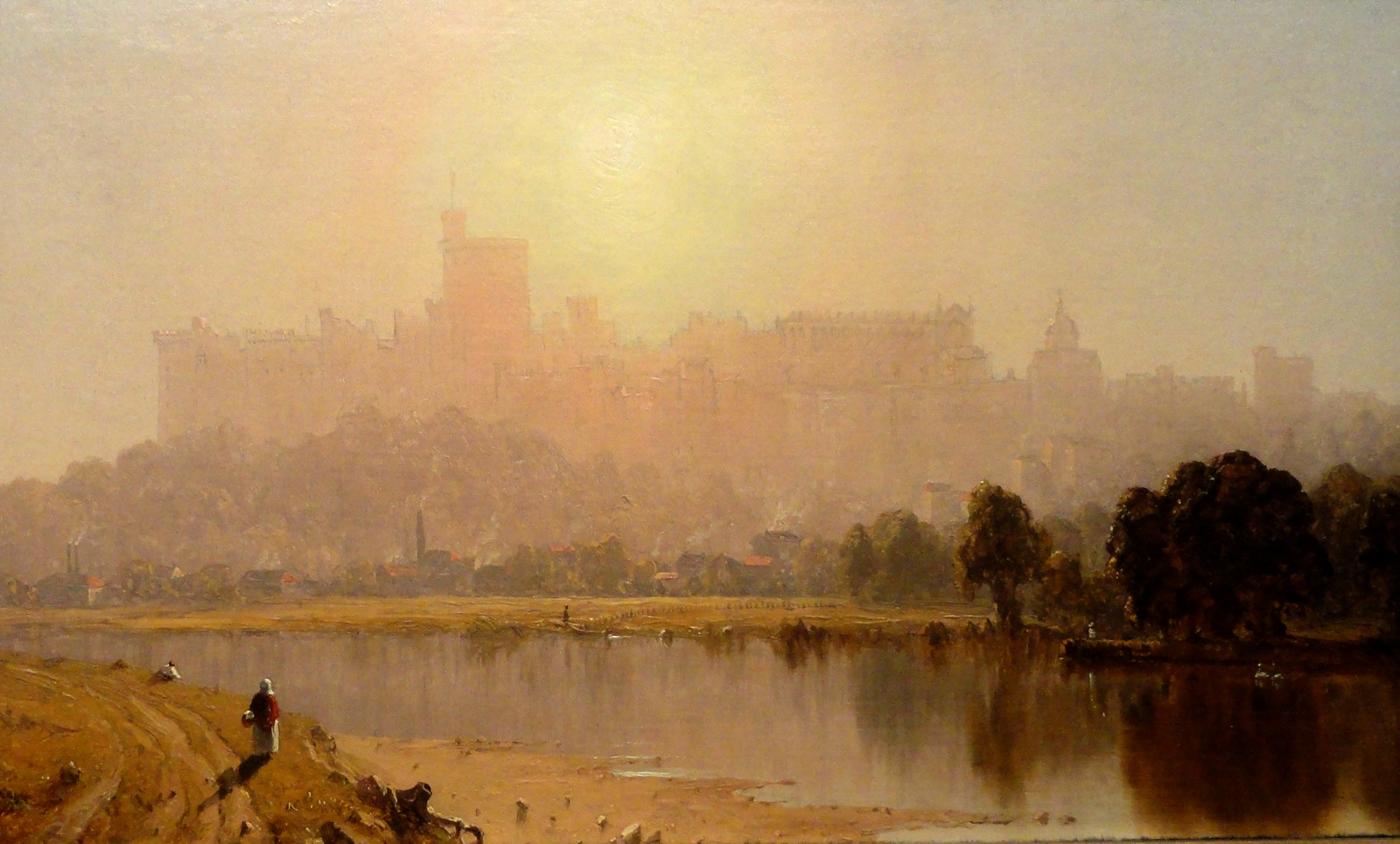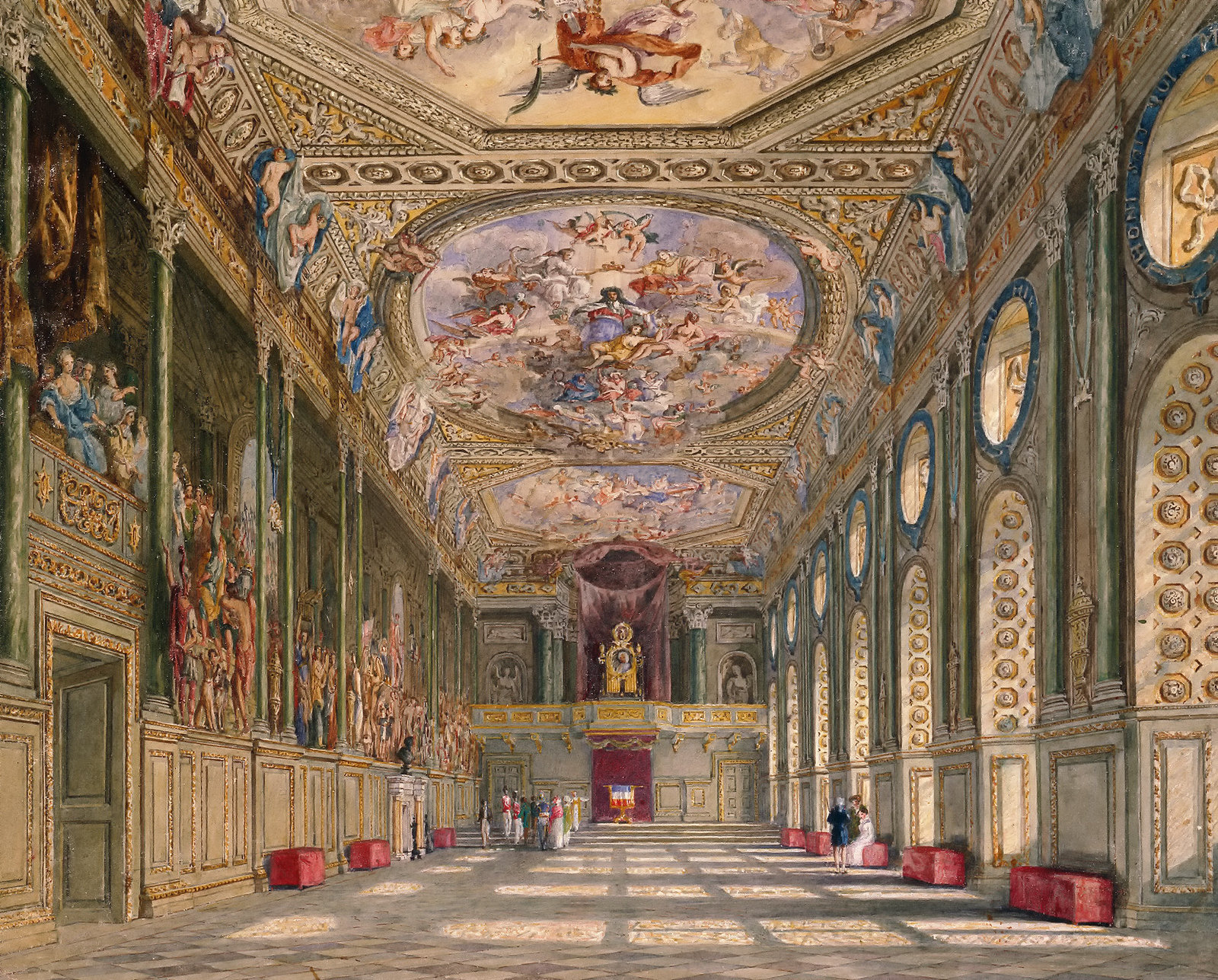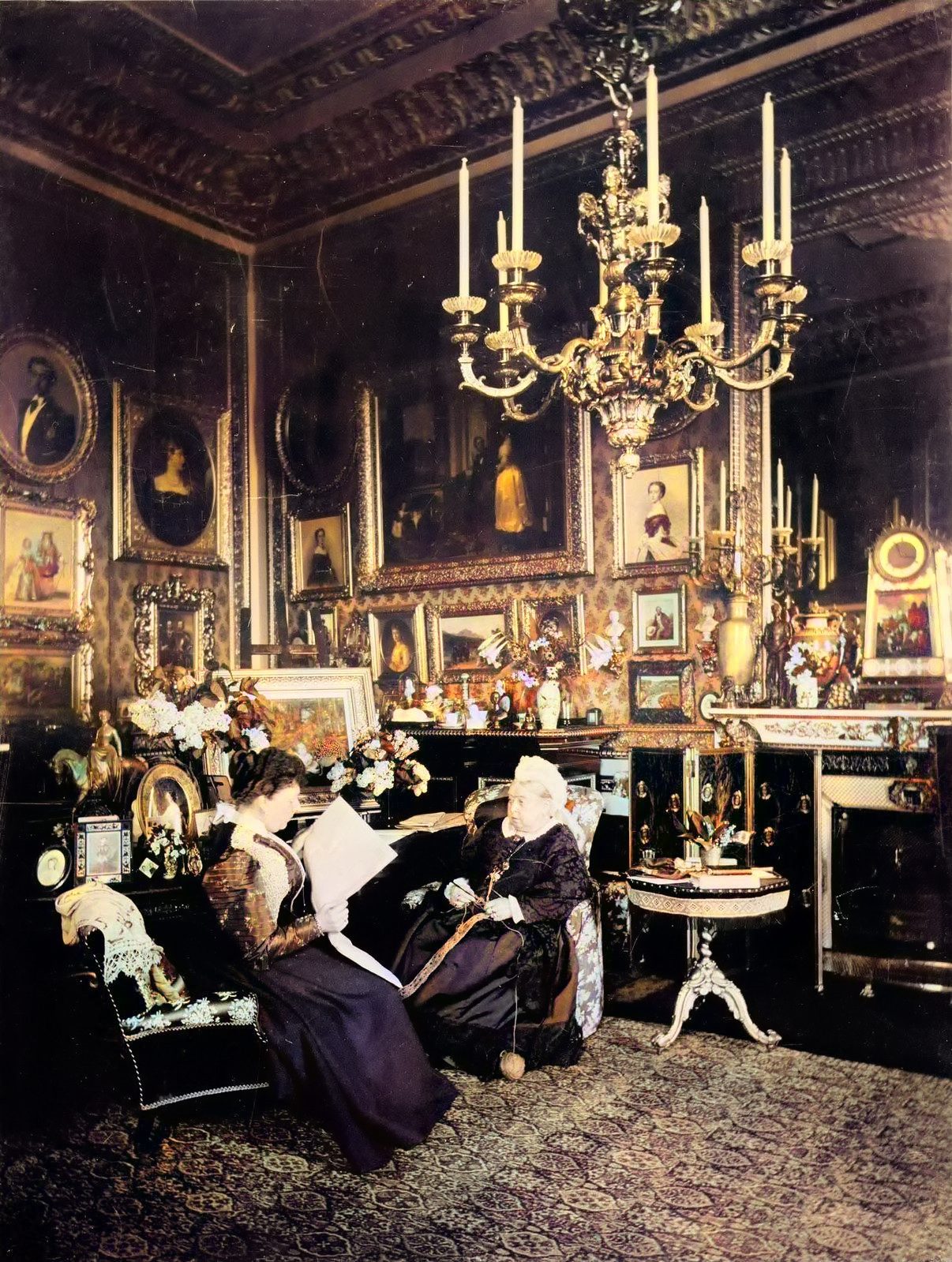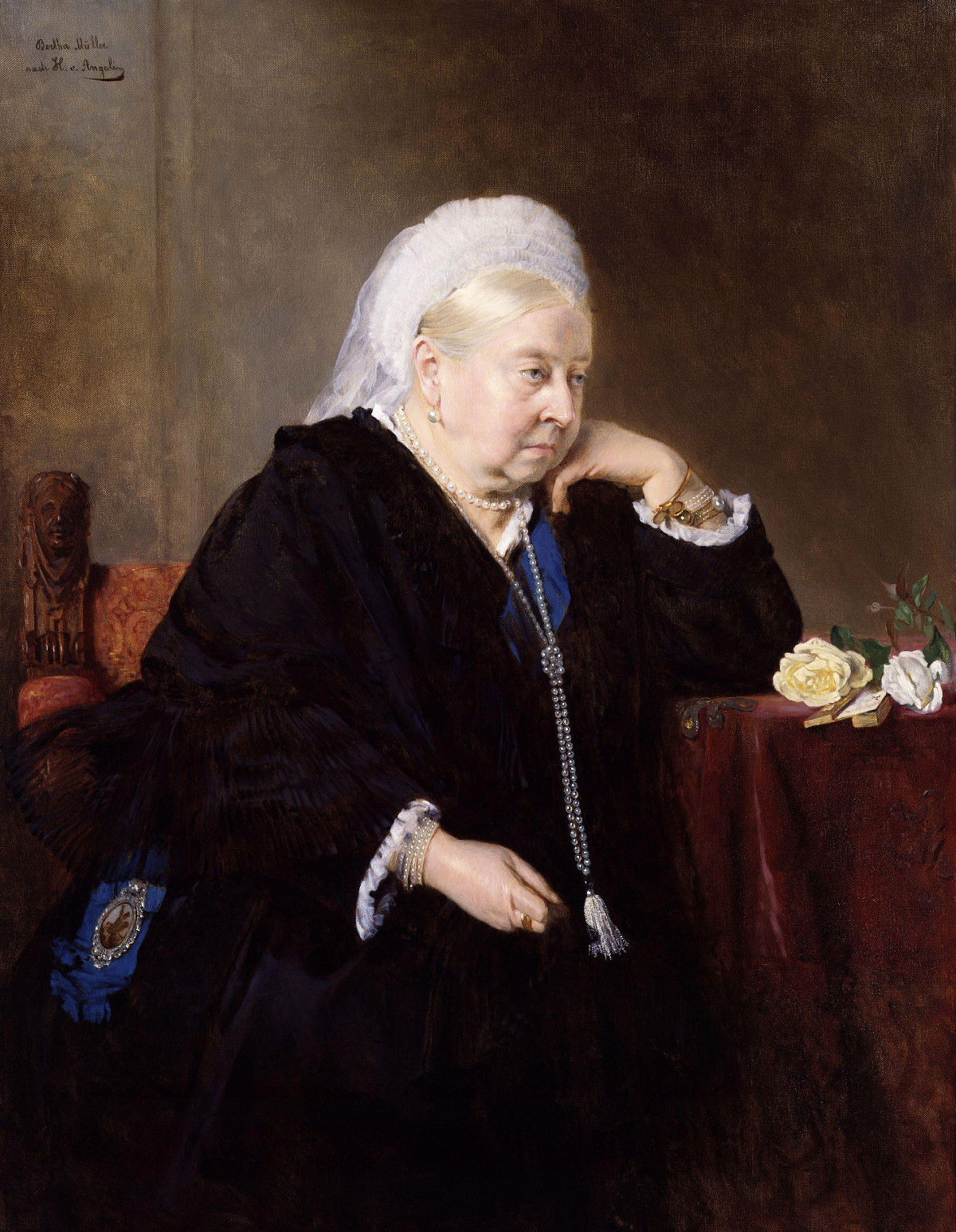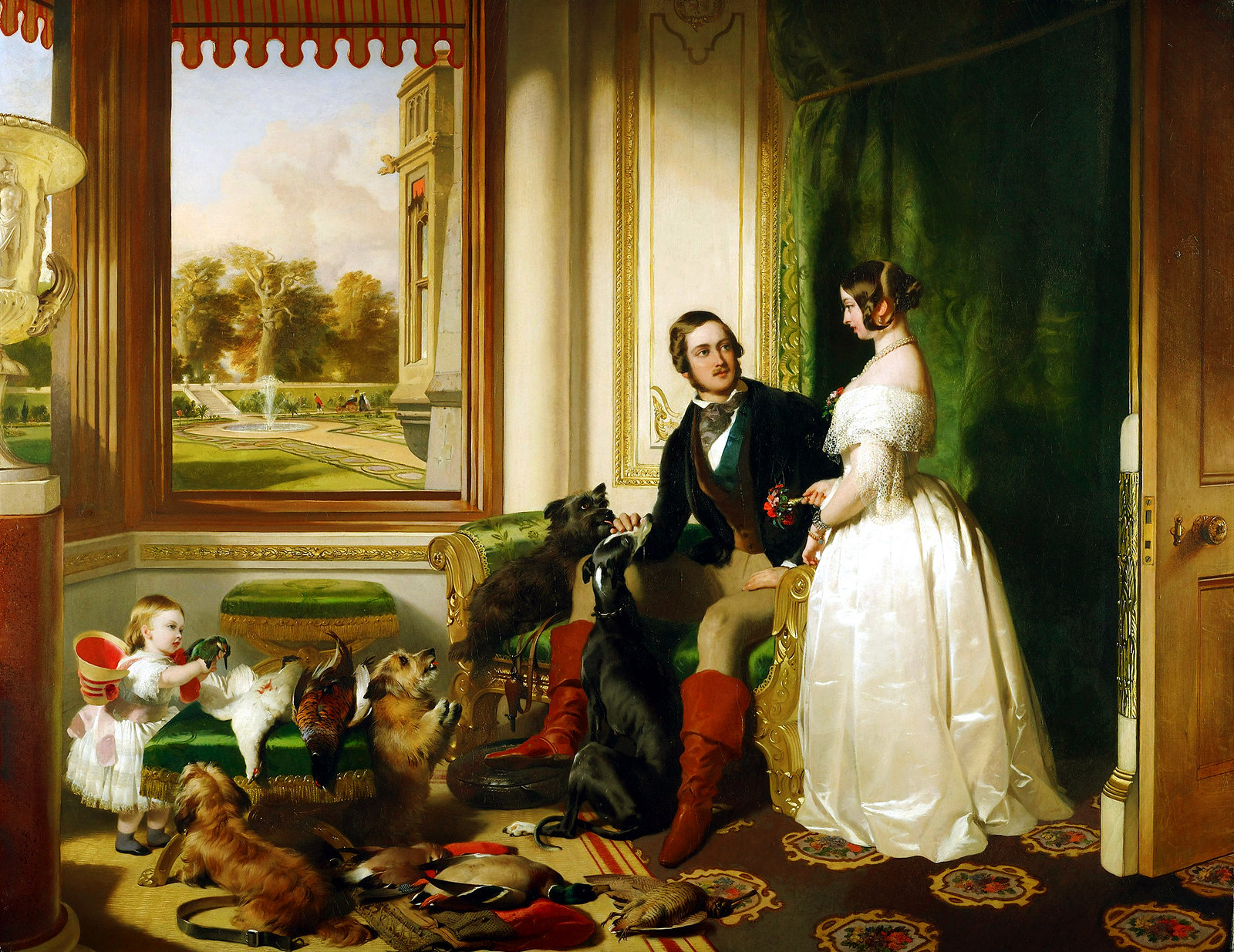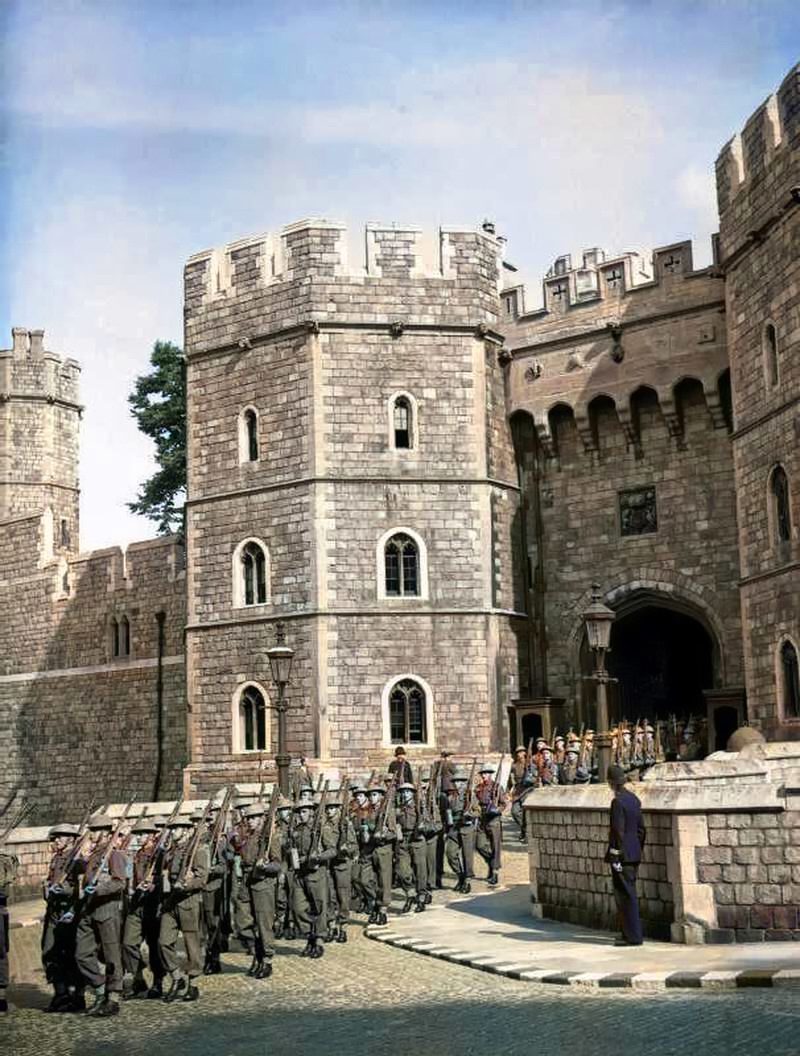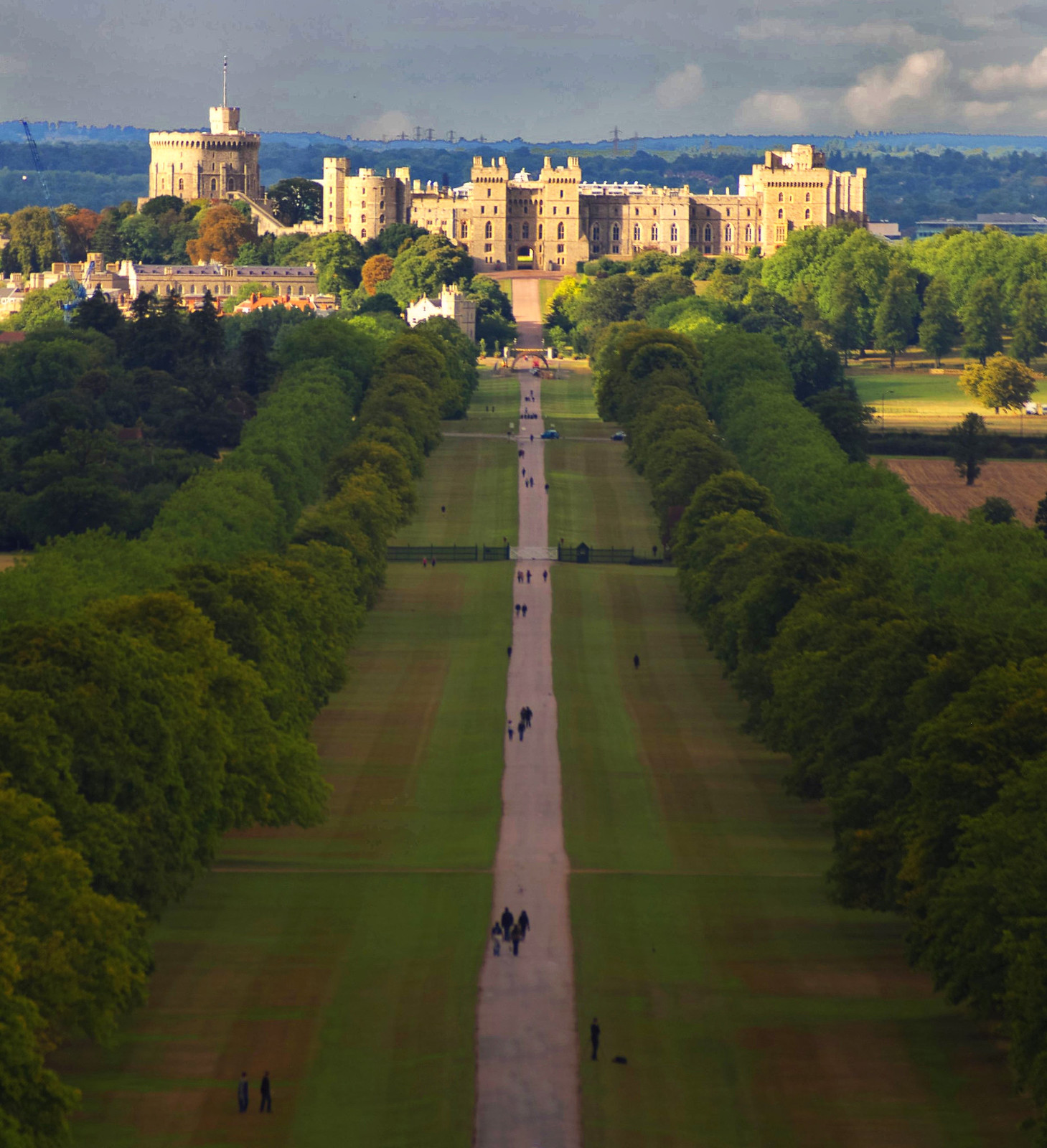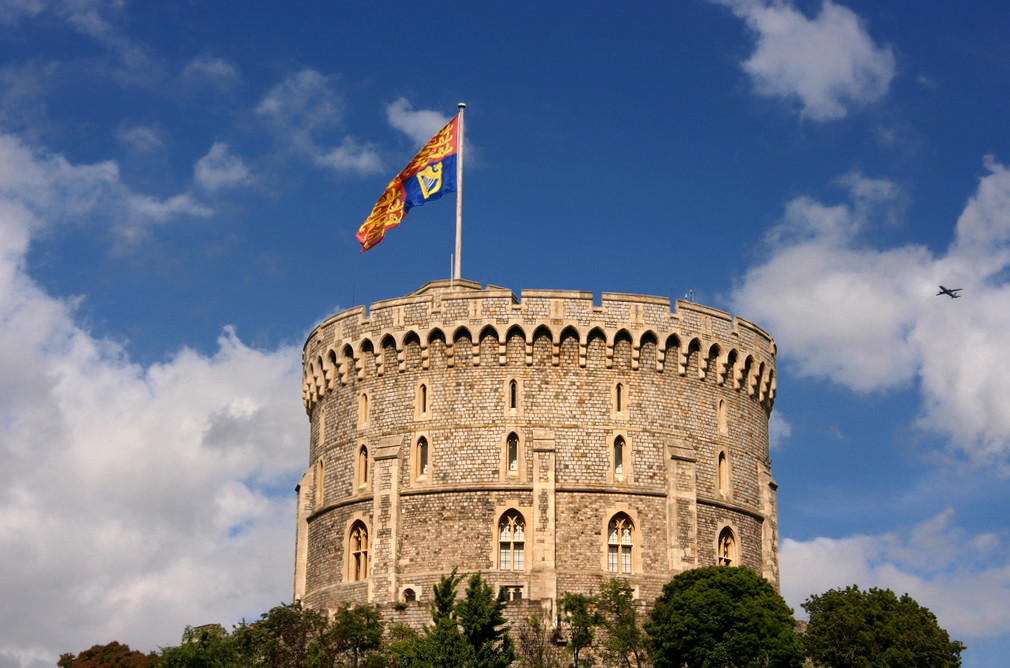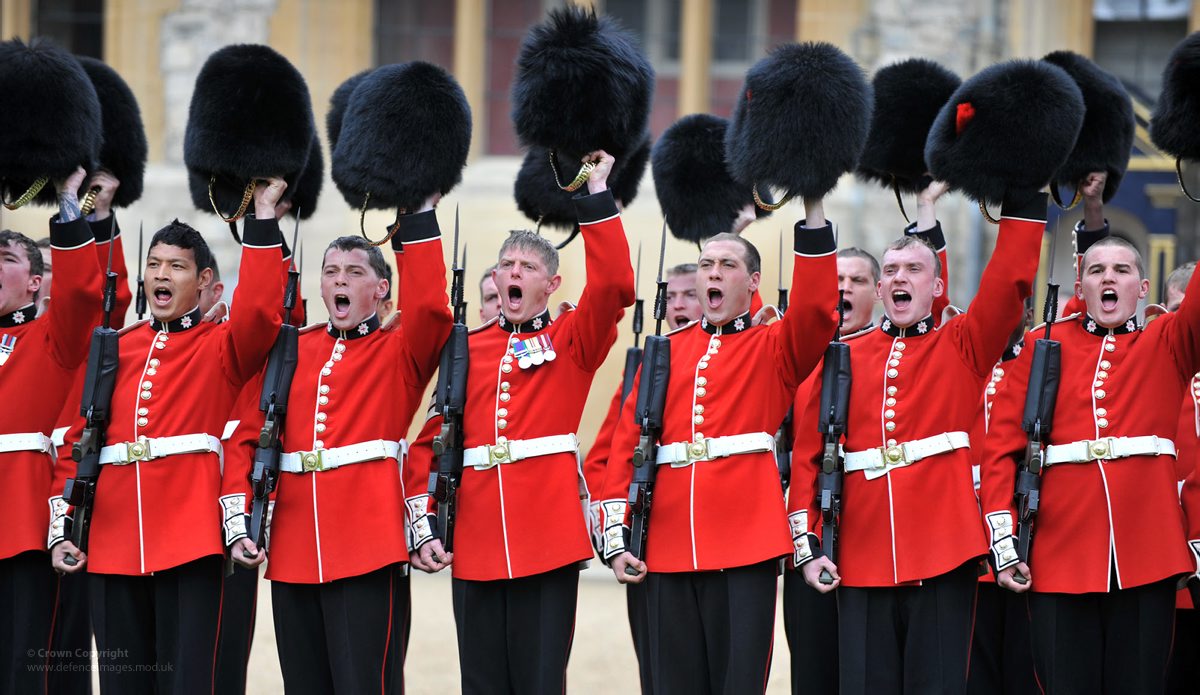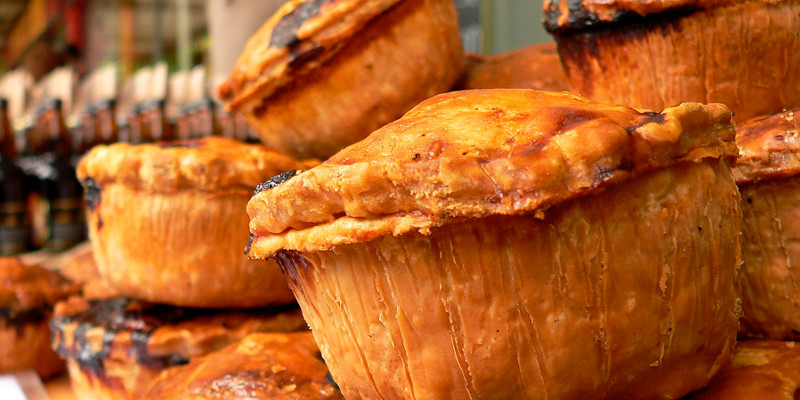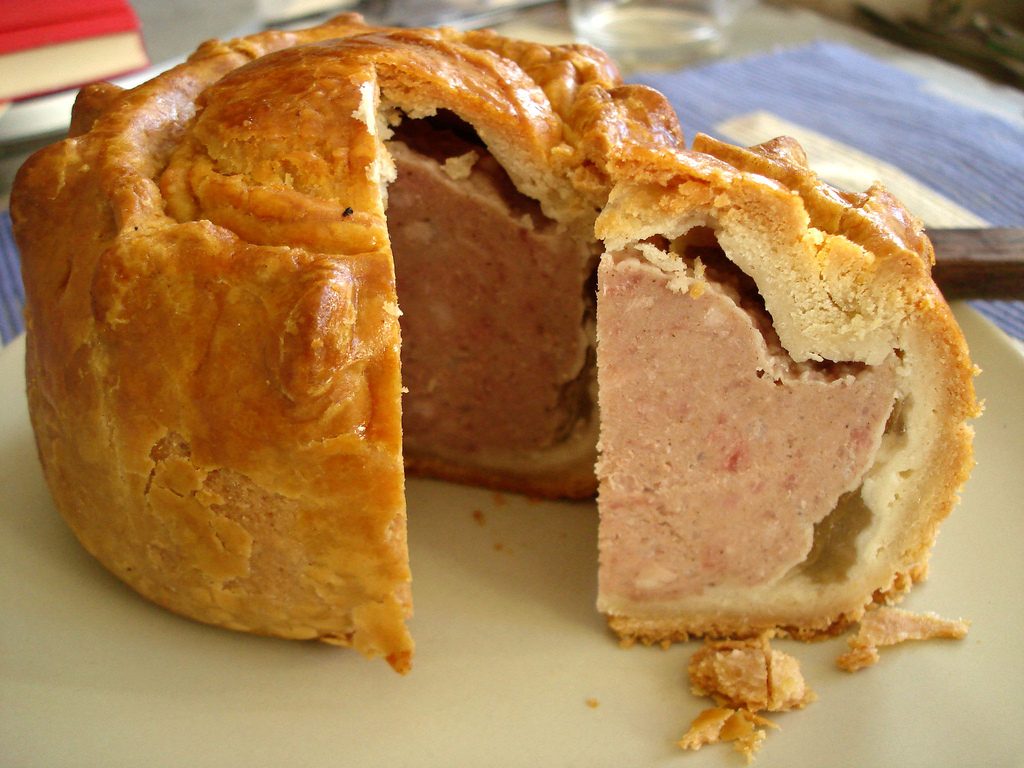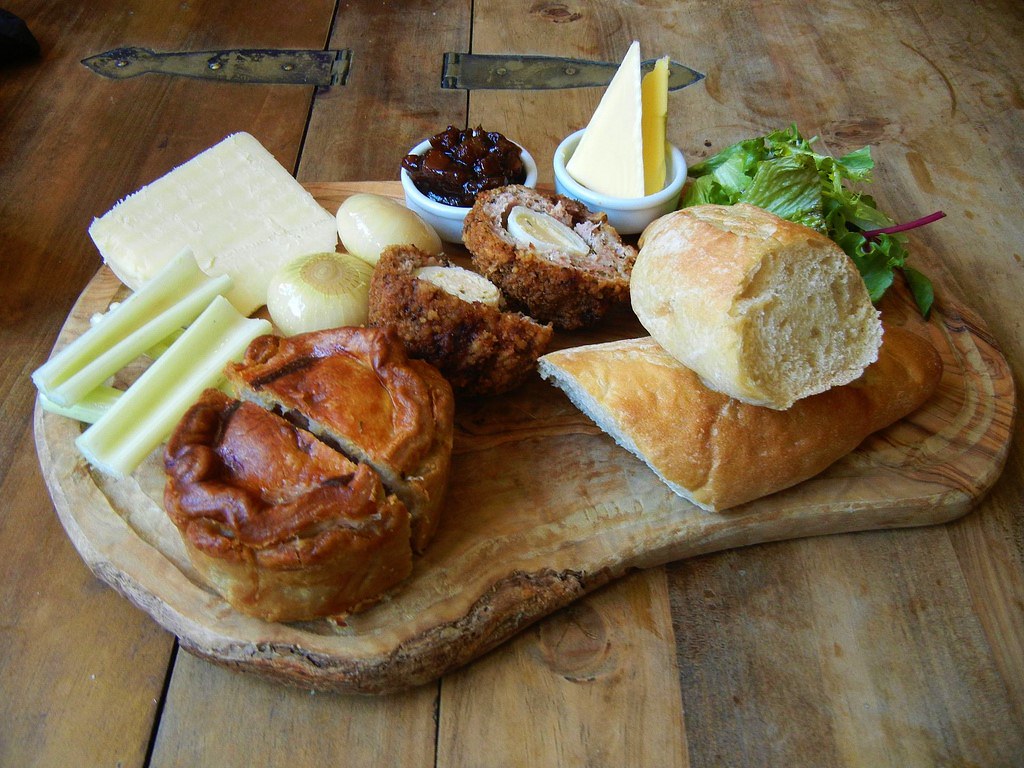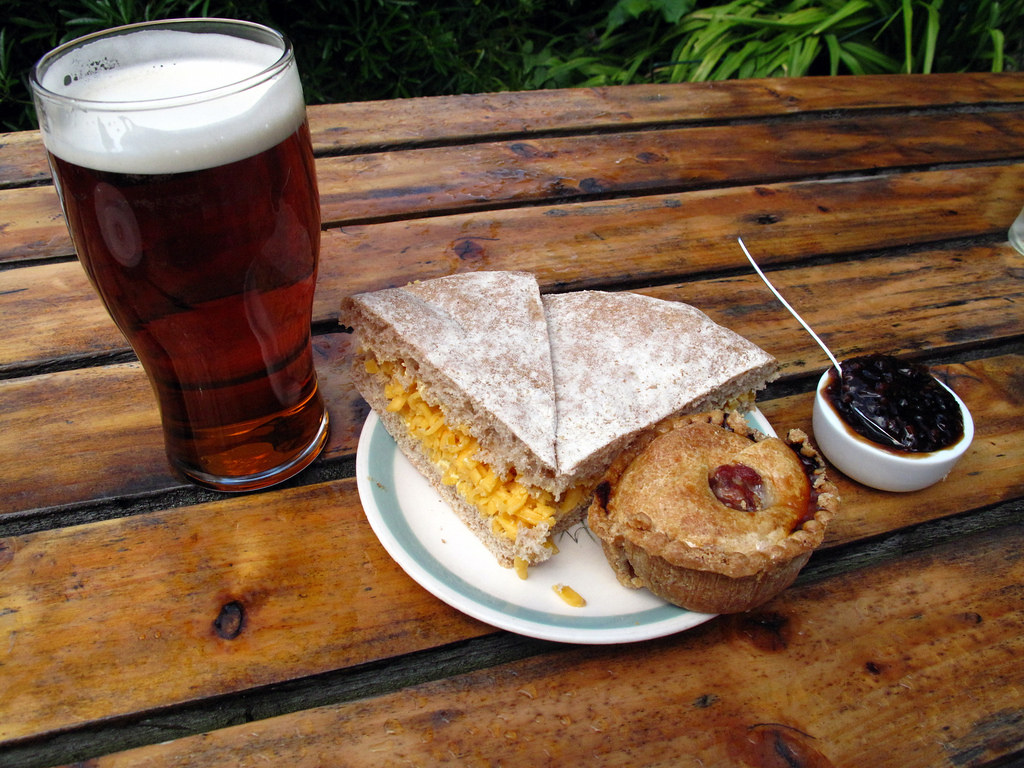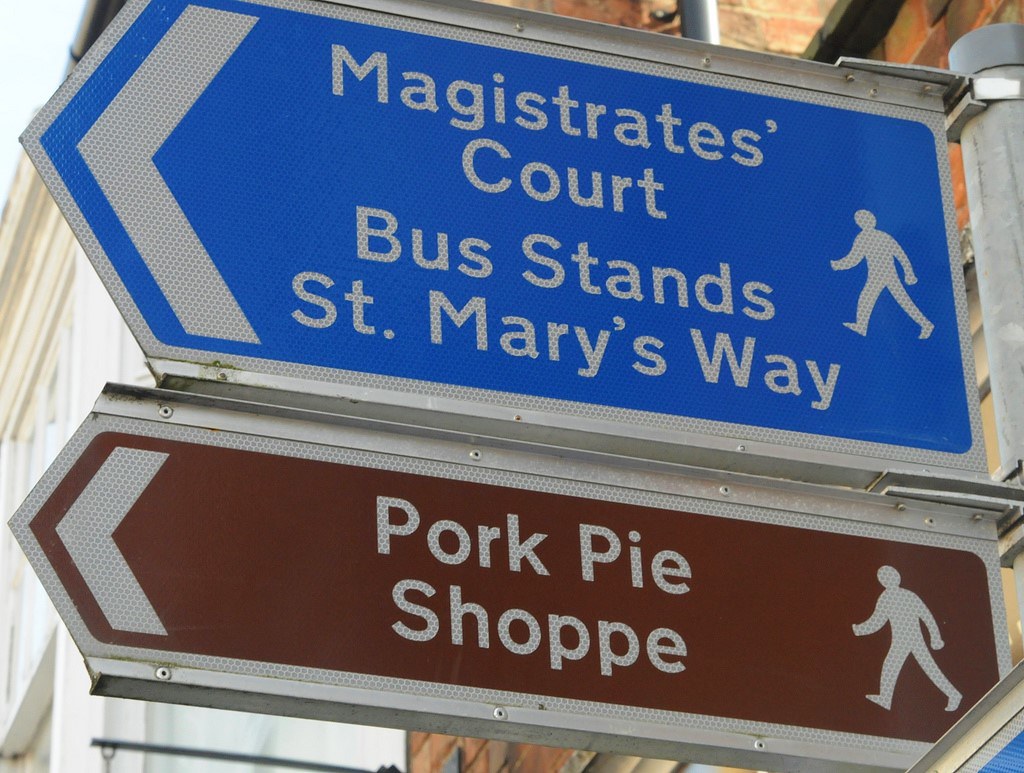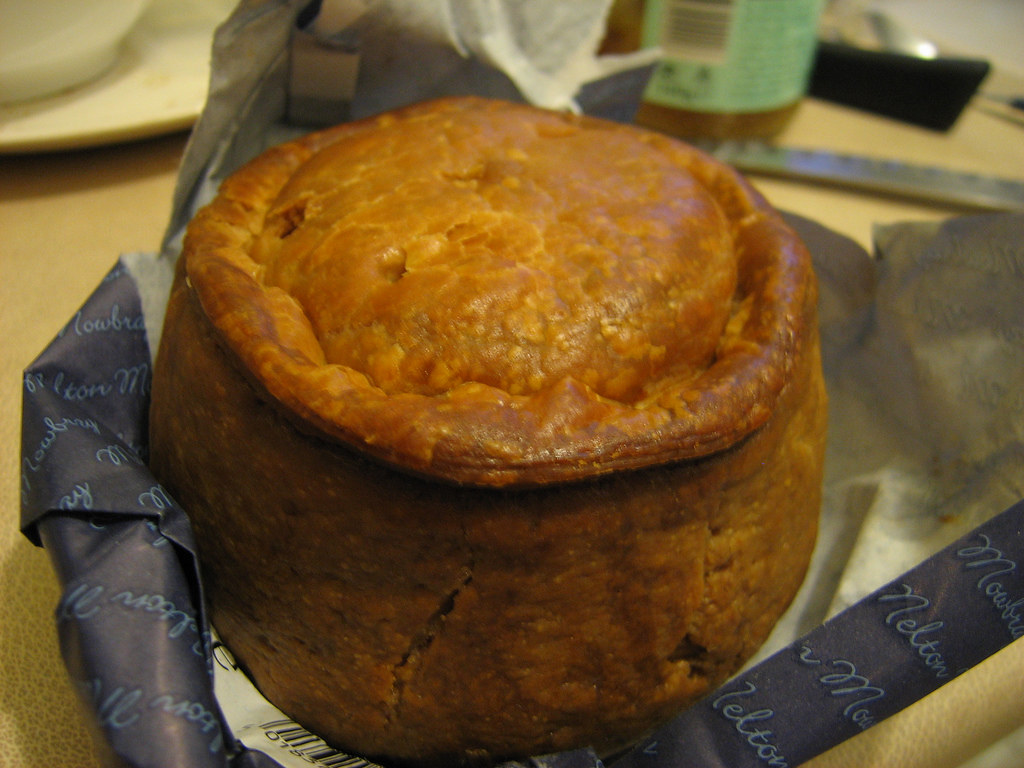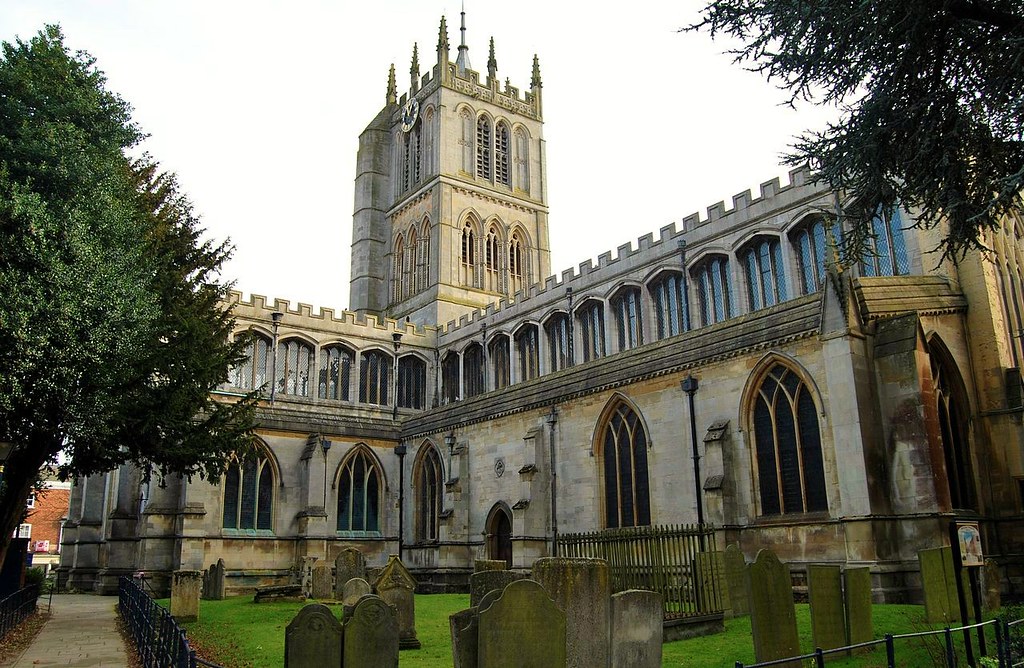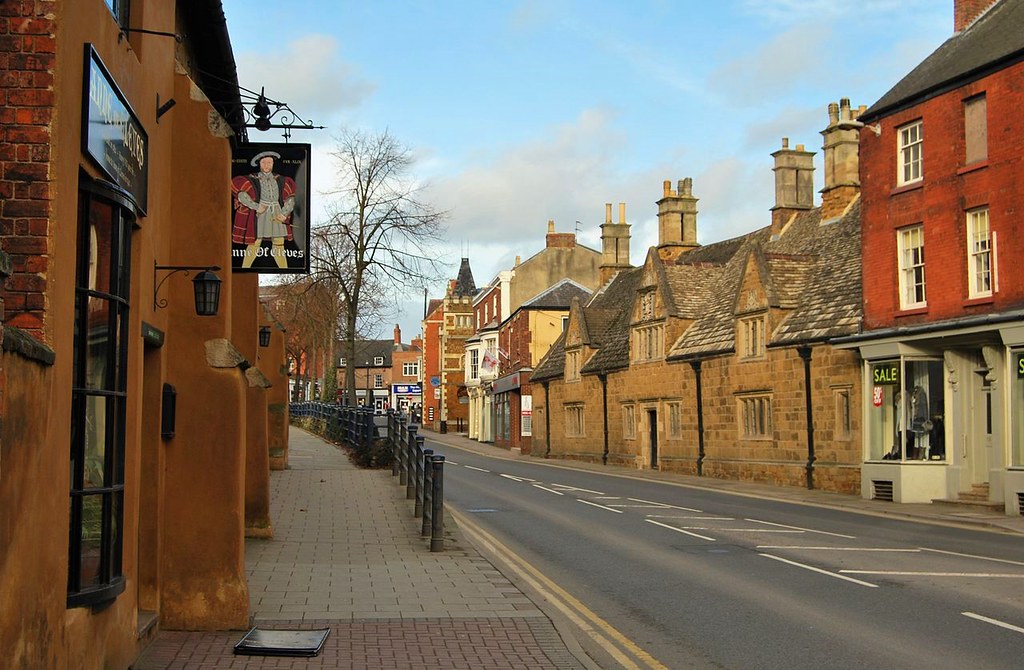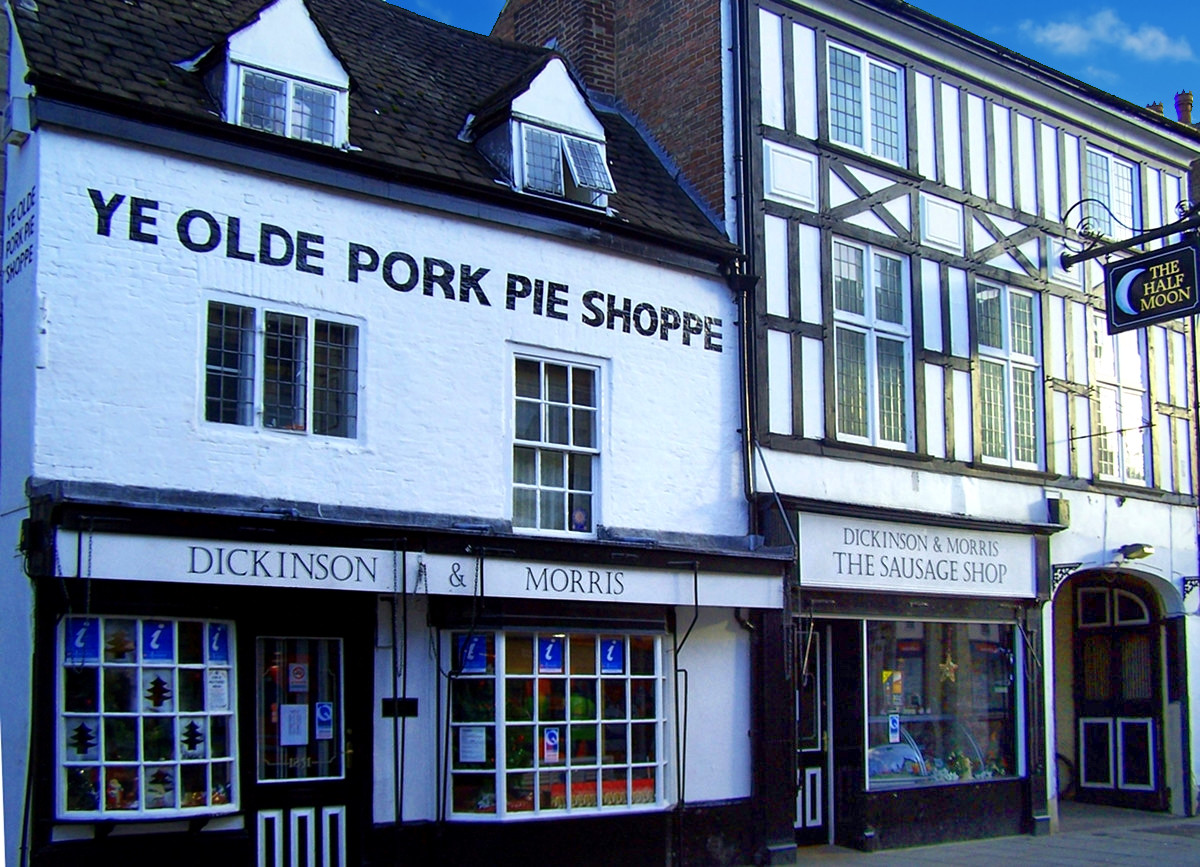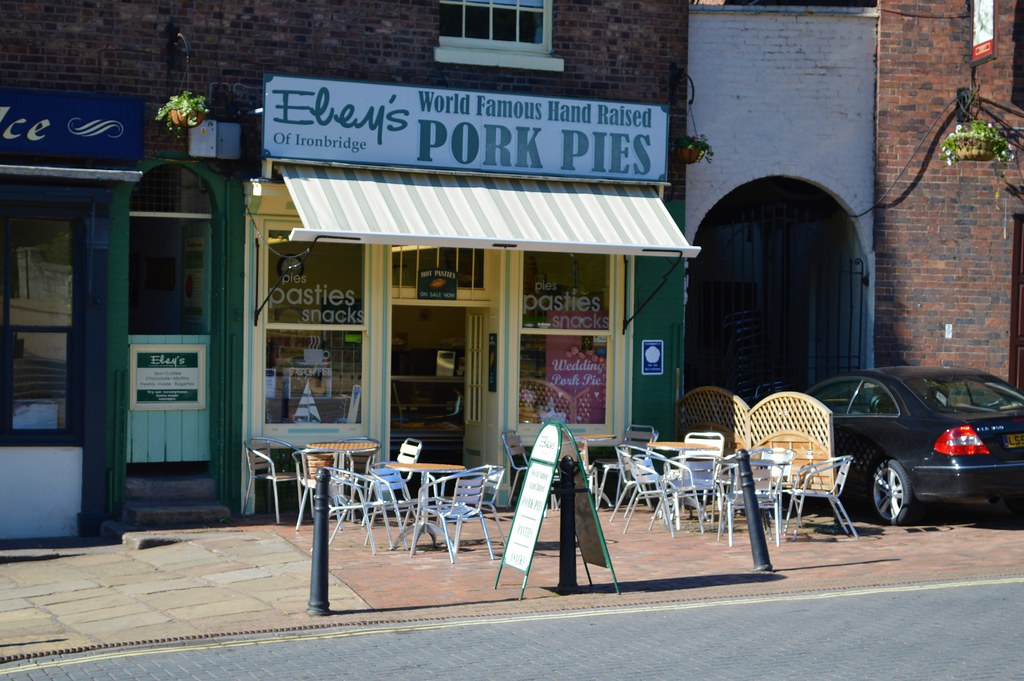Most travelers to Britain visit London at least once.
Buckingham Palace, the Tower of London, the Houses of Parliament, Westminster Abbey … what’s not to love?
But Britain is so full of beauty and history that it’s just as exciting outside of London as in it.
There are hundreds of places to take amazing photos but we’ll take a look at fifteen of the best that are sure to keep you snap happy!
1. Cambridgeshire
Founded in 1209, the world-renowned university dominates the skyline of Cambridge.
Running through the very heart of the city, the River Cam provides amazing views of the “Backs”—a picturesque area where several of the colleges back onto the river.

Snap away as you glide along on one of the many punts for hire, past the great monuments to education including the Old Court of Clare College (below left), and King’s College Chapel.
Founded in 1441 by King Henry VI, the college’s buildings are a magnificent symbol of the power of royal patronage.
Get up at dawn and you’ll be rewarded with views like this.
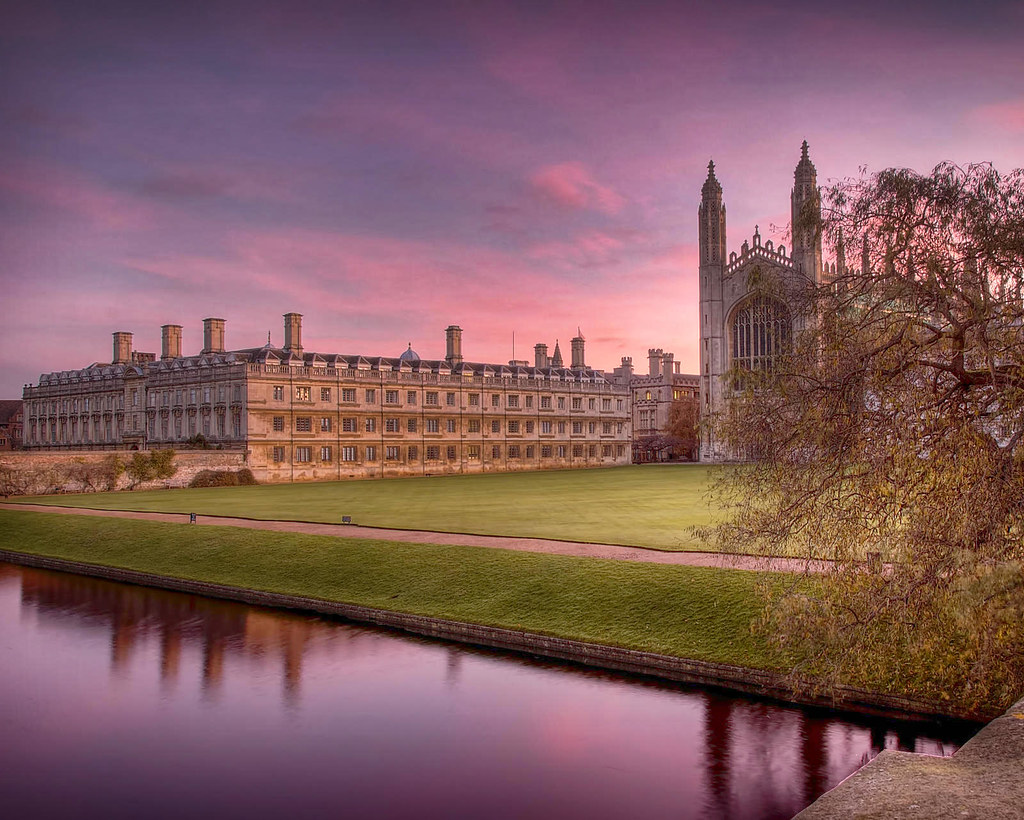
Cambridge — the ancient city of colleges and scholars.
Founded in the 7th century with the building of an Anglo-Saxon abbey that was later destroyed by the Danes, Ely is a beautiful cathedral city about 14 miles northeast of Cambridge.
Dating from the 12th century, the current Cathedral was constructed from stone delivered by boat to Ely and paid for with eels from the surrounding fens before they were drained.
Meaning “Isle of Eels”, the slippery critter is thought to be the source of Ely’s name.
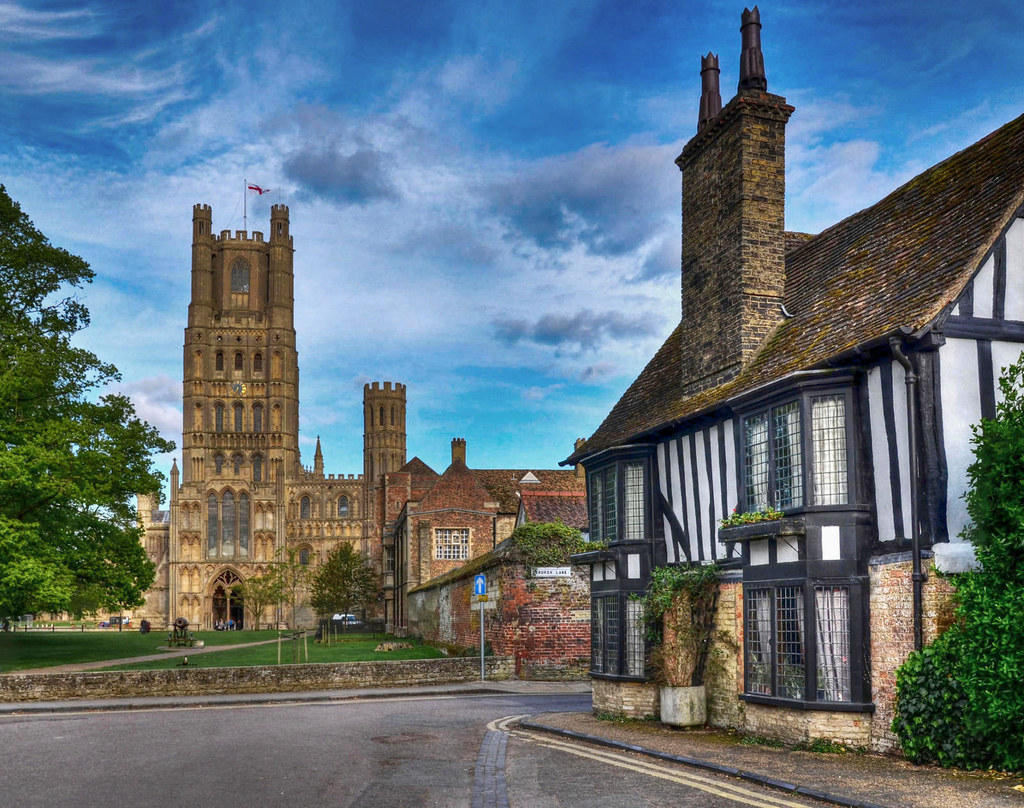
Architectural historian Nikolaus Pevsner called the Octagon, built over Ely Cathedral’s nave, the greatest individual achievement of medieval architectural genius.
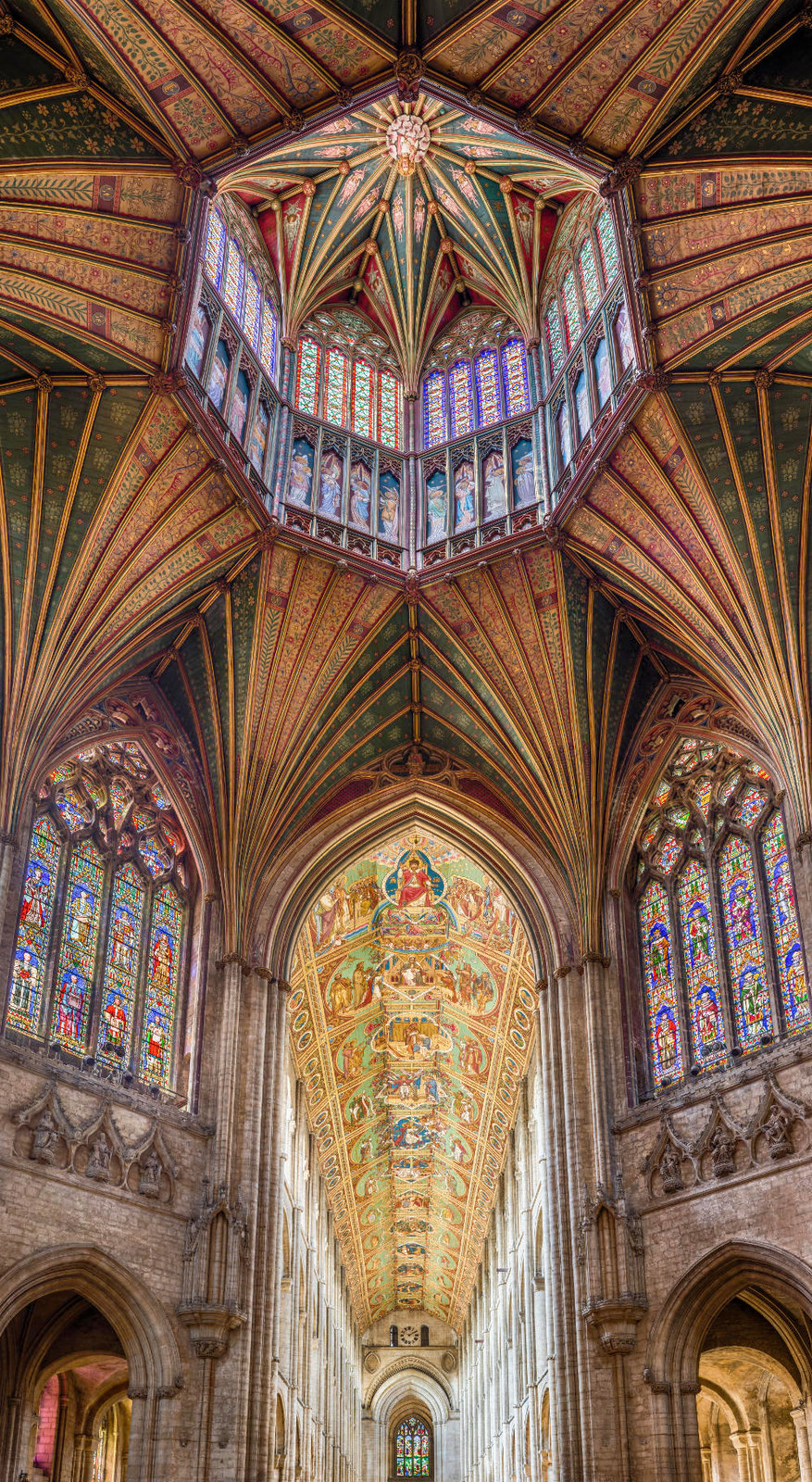
Grantchester is said to have the world’s highest concentration of Nobel Prize winners, most of whom are current or retired academics from the nearby University of Cambridge.
Students and tourists often travel from Cambridge by punt to picnic in the meadows or take tea at The Orchard tea room.
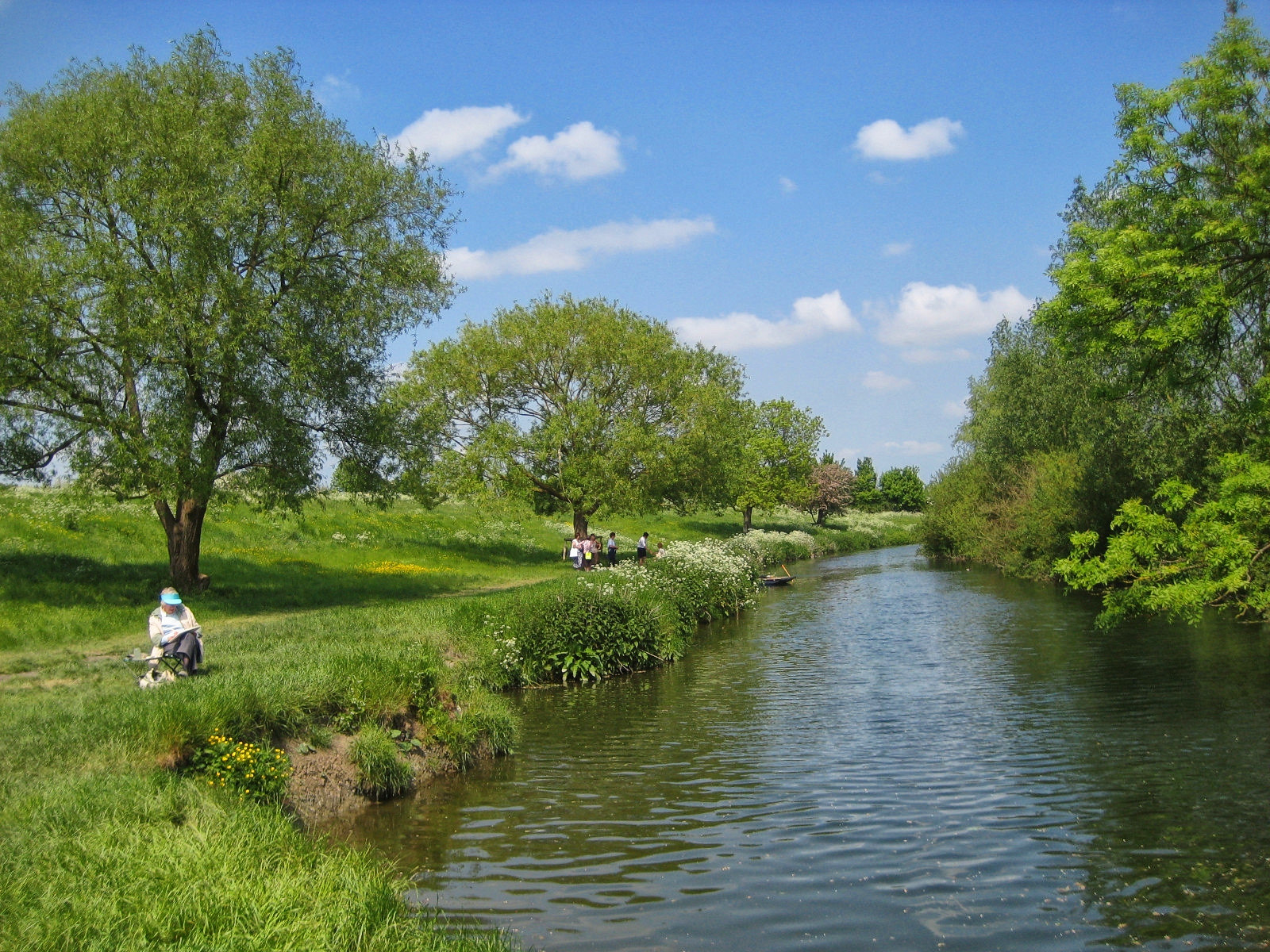
2. Cumbria
Serving as inspiration for artists, writers, and musicians, the Lake District lies at the heart of Cumbria’s predominantly rural landscape.
Considered one of England’s most beautiful scenic areas, the Lake District National Park is a UNESCO World Heritage Site.
Living in Grasmere for 14 years, the poet William Wordsworth described it as “the loveliest spot that man hath ever found.”
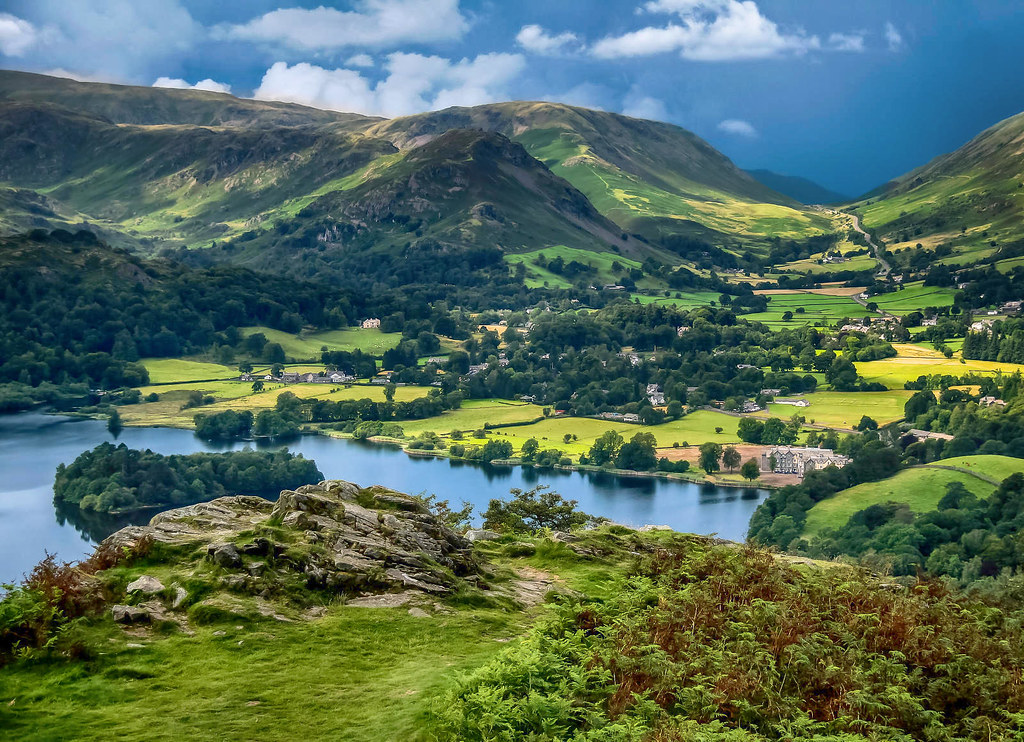
Meaning “river with oak trees” in the ancient Celtic language, Derwent Water is fed by the River Derwent and is surrounded by hills and densely wooded slopes.
Conveying the fertile nature of the land at both ends of the lake, Buttermere takes its name from the Old English “butere mere”, meaning “the lake by the dairy pastures”.

10 Fascinating Facts About the English Lake District.
Local folklore tells of a Norse leader named Jarl Buthar who ran a resistance campaign in the 11th century against the Norman invaders from a stronghold at Buttermere.
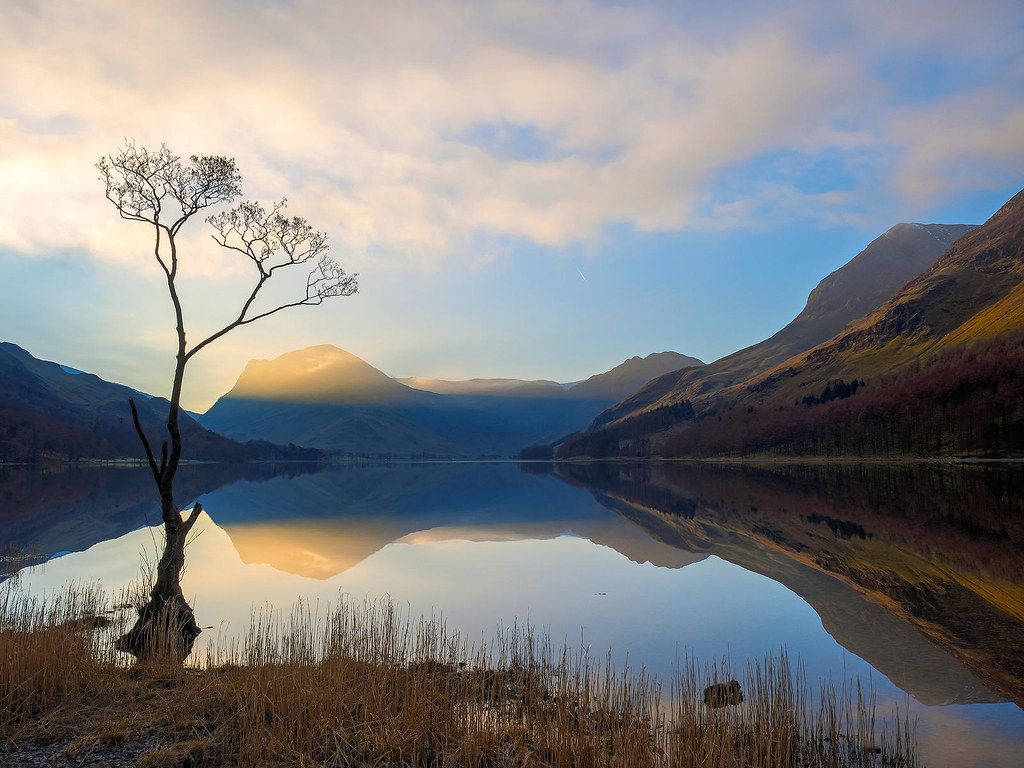
Formed by glaciers 13000 years ago during the last major ice age, Windermere is England’s largest natural lake.
Popular for holidays and summer homes since 1847, Windermere has several steam-powered boats operating along the whole 10-mile length, with one dating back to 1891.
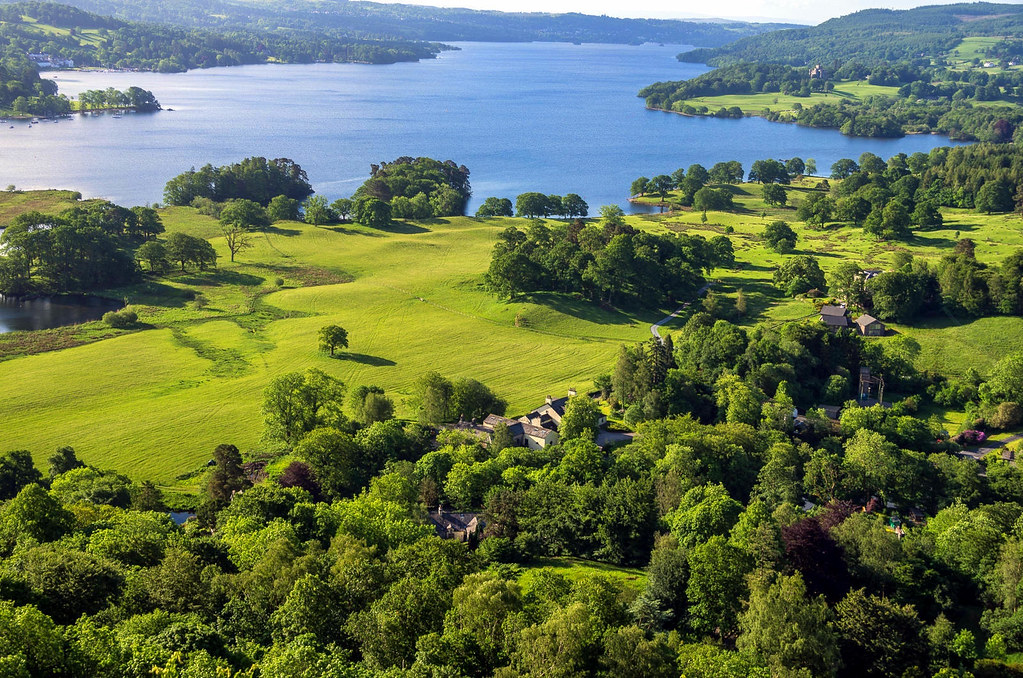
3. Dorset
With its rolling green hills, grazing cows, pretty stone walls, and Norman village church, Abbotsbury could be heaven on earth.
Viewed from St Catherine’s Chapel, a 14th-century pilgrimage chapel that stands on a hill overlooking Abbotsbury, you can expect to capture beautiful views like the one below.
According to local tradition, up until the late 19th century, the young women of Abbotsbury would pray to St Catherine, the patron saint of spinsters and virgins, to help them find a good husband.
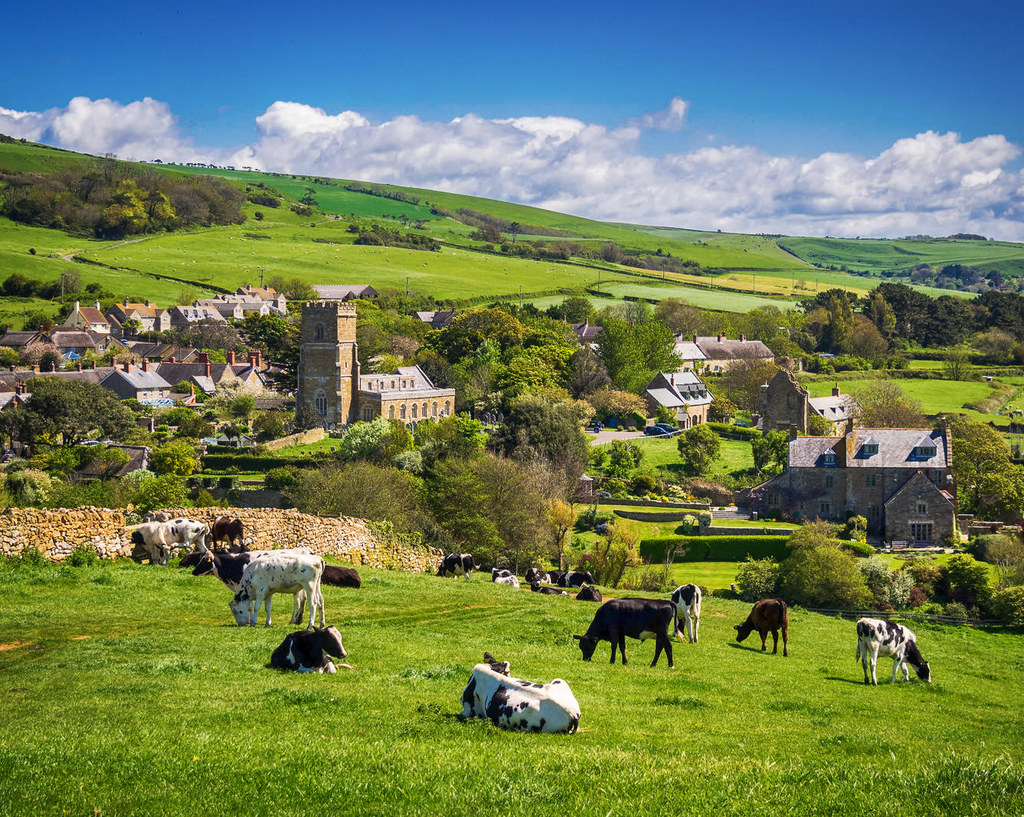
Described as “one of the most romantic sights in England”, Gold Hill in the town of Shaftsbury has provided the setting for film and television, as well as appearing on countless chocolate boxes and calendars.
Appearing in Britain’s favourite TV advertisement, the 1973 “Boy on a Bike” advert for Hovis bread was directed by Ridley Scott and featured Dvořák’s nostalgic Symphony No. 9.
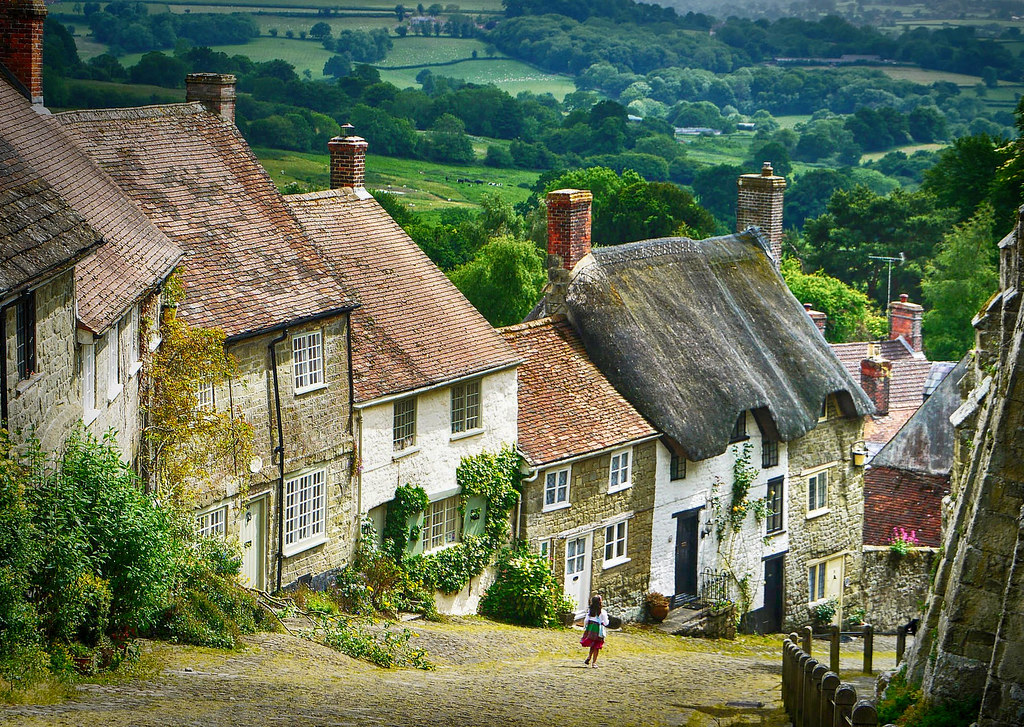
18 Gorgeous English Thatched Cottages.
Like a giant petrified dinosaur turned to rock, Durdle Door is a natural limestone arch on a dramatic stretch of coastline called the “Jurassic Coast”.
Spanning 185 million years of geological history, coastal erosion and contrasting rock hardness shaped this World Heritage Site and photographer’s dream.
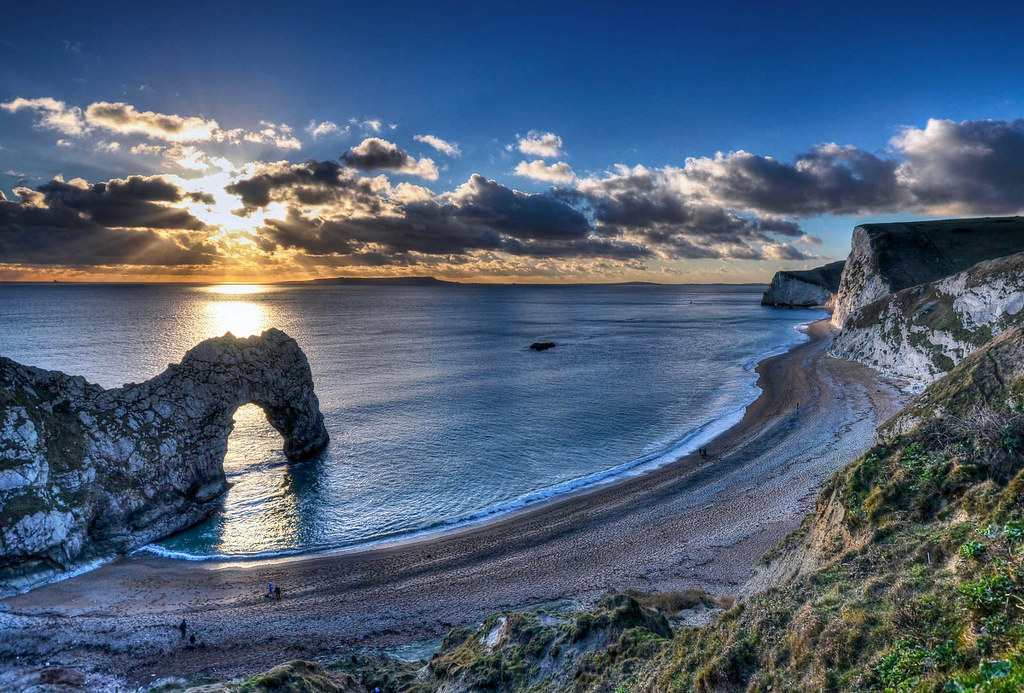
One of the world’s finest examples of an oval coastal inlet, Lulworth Cove—close to Durdle Door— is a popular tourist attraction with over half a million visitors a year.
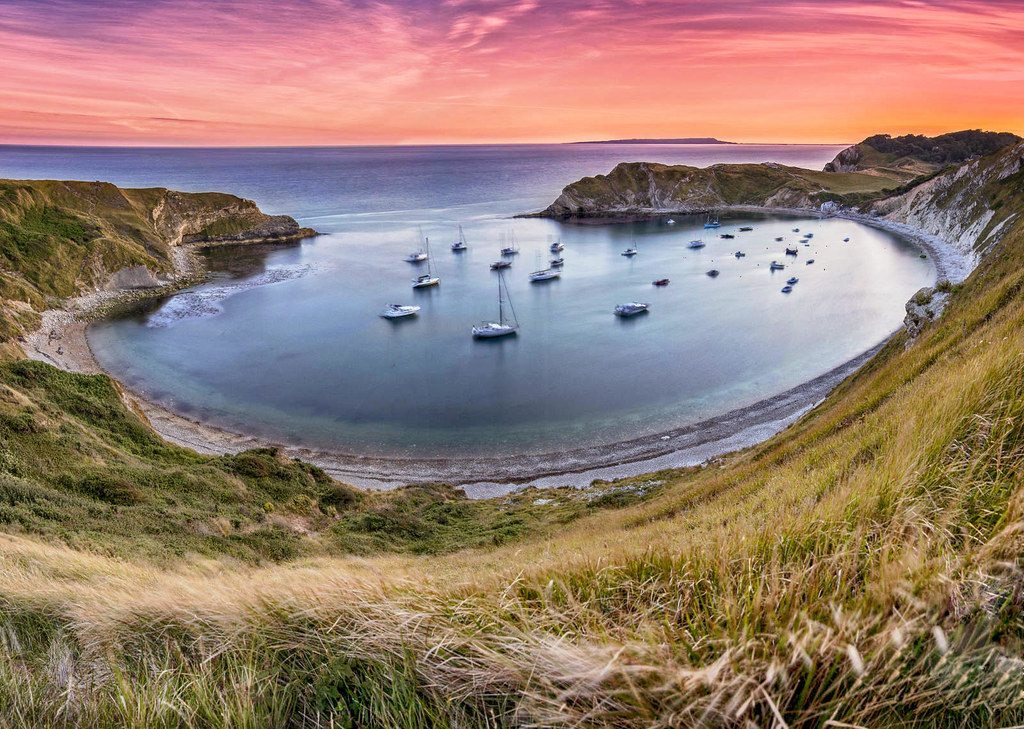
4. East Sussex
Gradually being eroded by the English Channel, the massive white chalk cliffs, known as the Seven Sisters, are remnants of dry valleys in the South Downs.
Each of the cliff peaks has its own name: Haven Brow, Short Brow, Rough Brow, Brass Point, Flagstaff Point, Flat Hill, and Baily’s Hill.
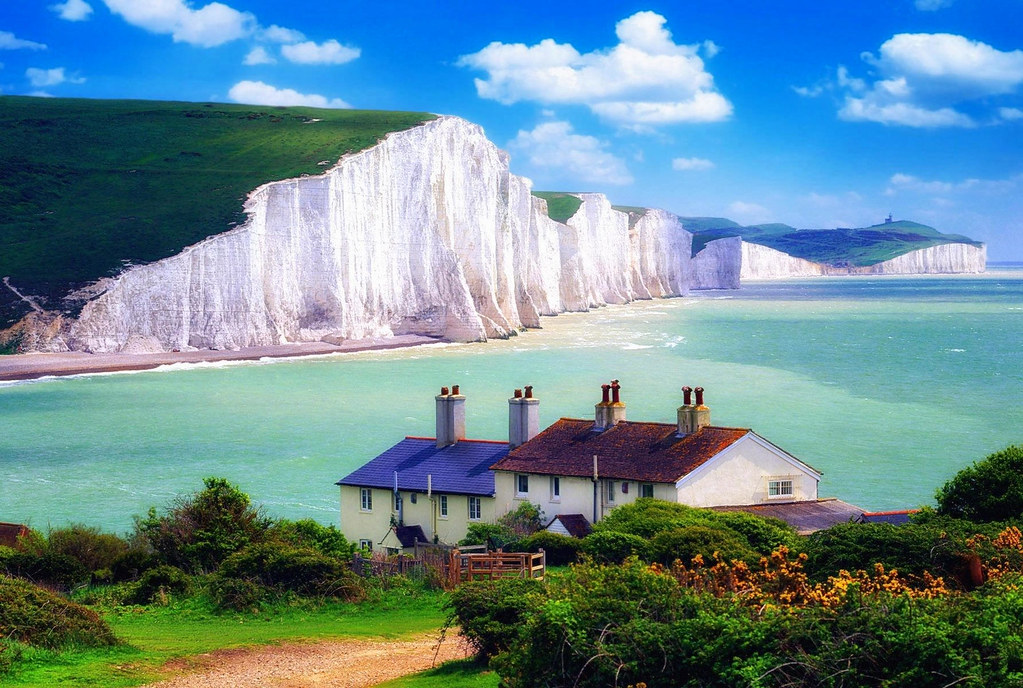
Reportedly haunted by smugglers, the Mermaid Inn (covered in Ivy on the right) has a long and turbulent history dating from the 12th century.
One of the best-known inns in southern England, the black and white timber-framed buildings and the sloping cobbled Mermaid street provide a beautiful setting for a timeless photograph.
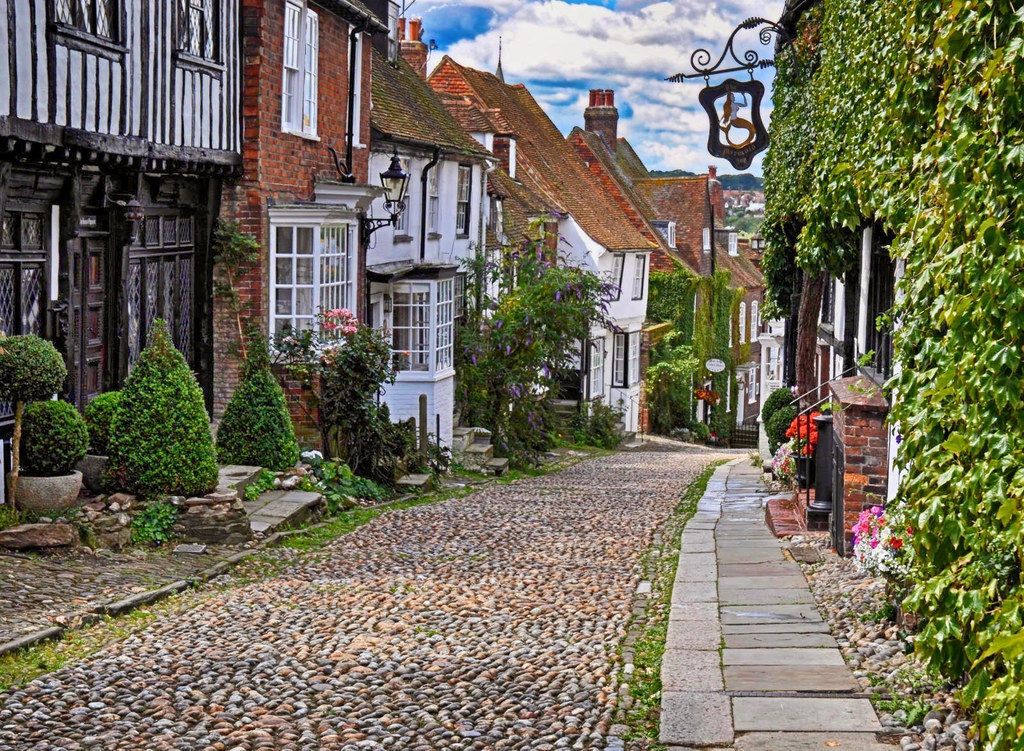
Built in 1385 by a former knight of King Edward III, its purpose was to protect the region from a French invasion during the Hundred Years’ War (1337 – 1453).
Surrounded by a moat, and of a quadrangular plan with crenelated towers, it provides a perfect photographic subject at any time of day, but especially in the warm late afternoon sunlight.

Opening in 1899, the Palace Pier is the only one of three piers still in operation at Brighton.
Featured in many works of British culture including the gangster thriller Brighton Rock and the Mods and Rockers film Quadrophenia, against a sunset sky, it takes on a sublime quality.

5. Gloucestershire
Depicted on the inside cover of UK passports, Arlington Row is a series of cottages converted from a 14th-century monastic wool store, becoming weaver’s homes in the 17th century.
Used as a film and television location, it has been featured in the movies Stardust and Bridget Jones’s Diary and attracts thousands of tourists hoping to capture a shot like this.

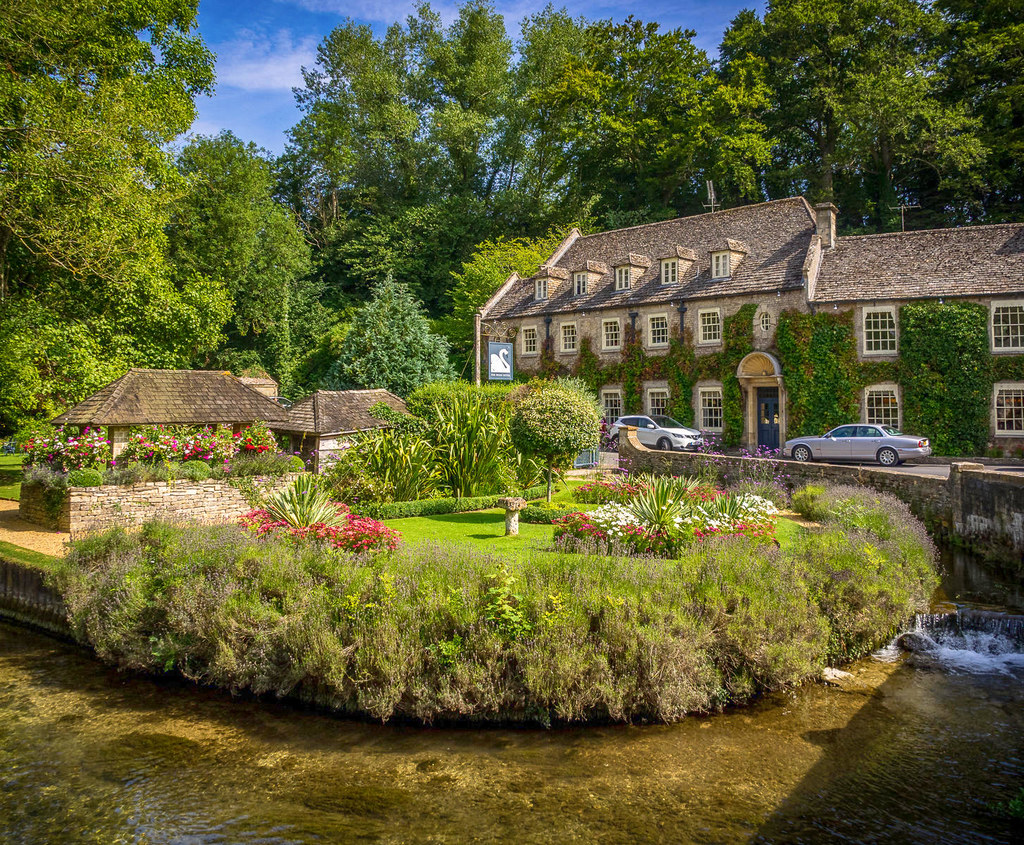
Inhabited since the 11th century, Lower Slaughter is a beautiful village in the Cotswolds with a river running through it spanned by several small stone footbridges.
At the west end of Lower Slaughter sits a 19th-century water mill with a chimney that, together with nearby honey-colored stone cottages, provides a lovely photograph with near perfect reflections.
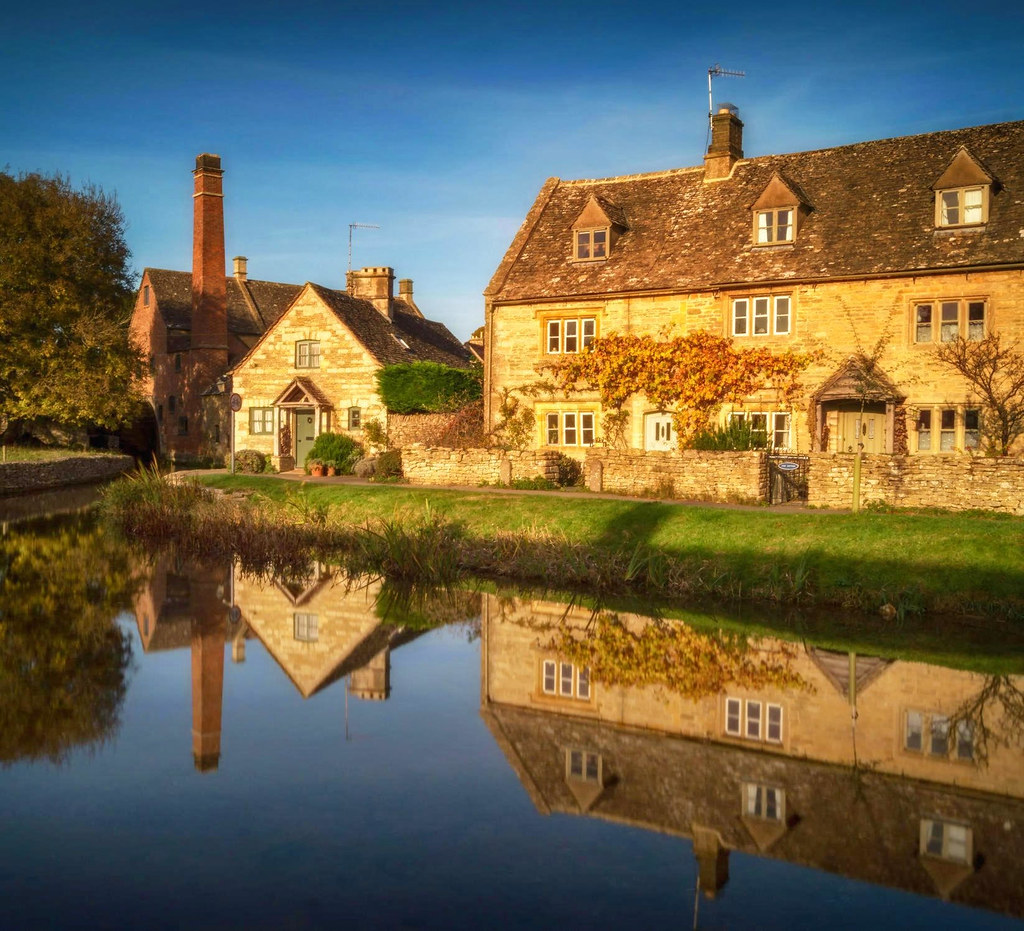
Straddling the River Wye on the county border between Herefordshire and Gloucestershire, Symonds Yat is an English village within the Forest of Dean and a popular tourist destination.
The name is said to come from Robert Symonds, a 17th-century sheriff of Herefordshire, and “yat” meaning a gate or pass.
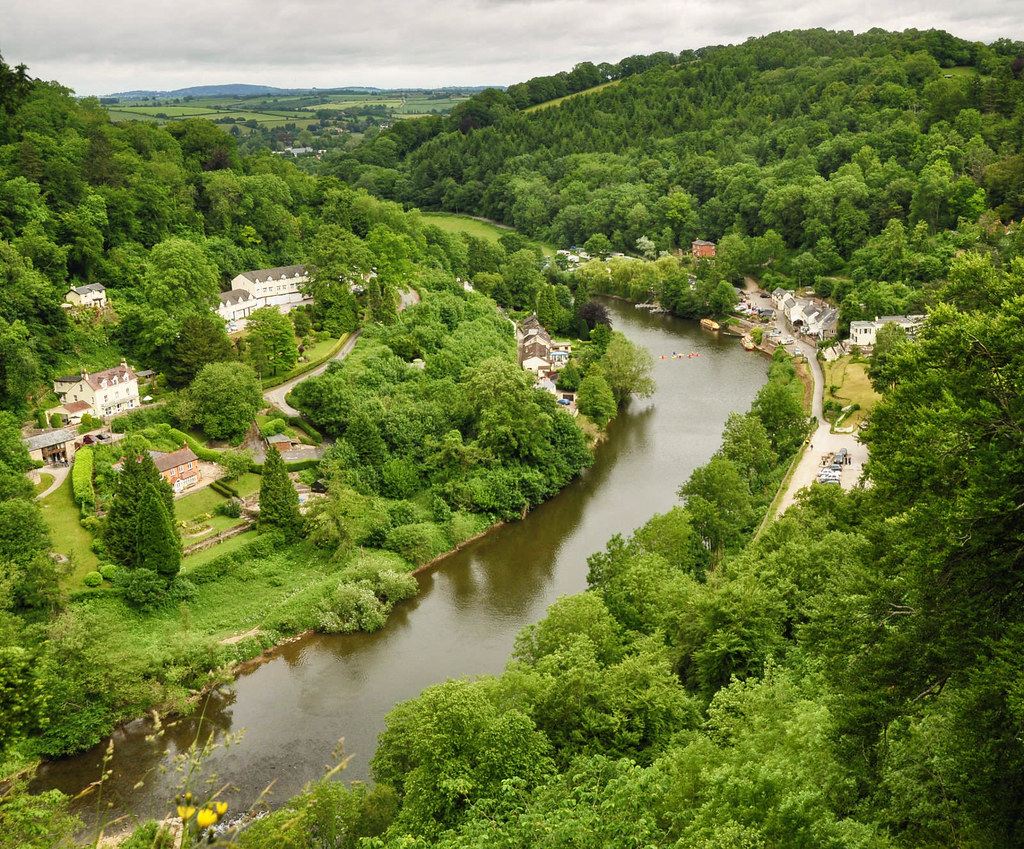
6. Cornwall
Popular with tourists and painters alike, the dramatic stretch of rocky coastline known as Bedruthan Steps is one of the most popular destinations in Cornwall, providing spectacular clifftop views.
According to legend, the massive granite rocks rising from the beach are stepping stones for the Giant Bedruthan.
Notice the scale of the huge rock stacks compared to the people on the beach.
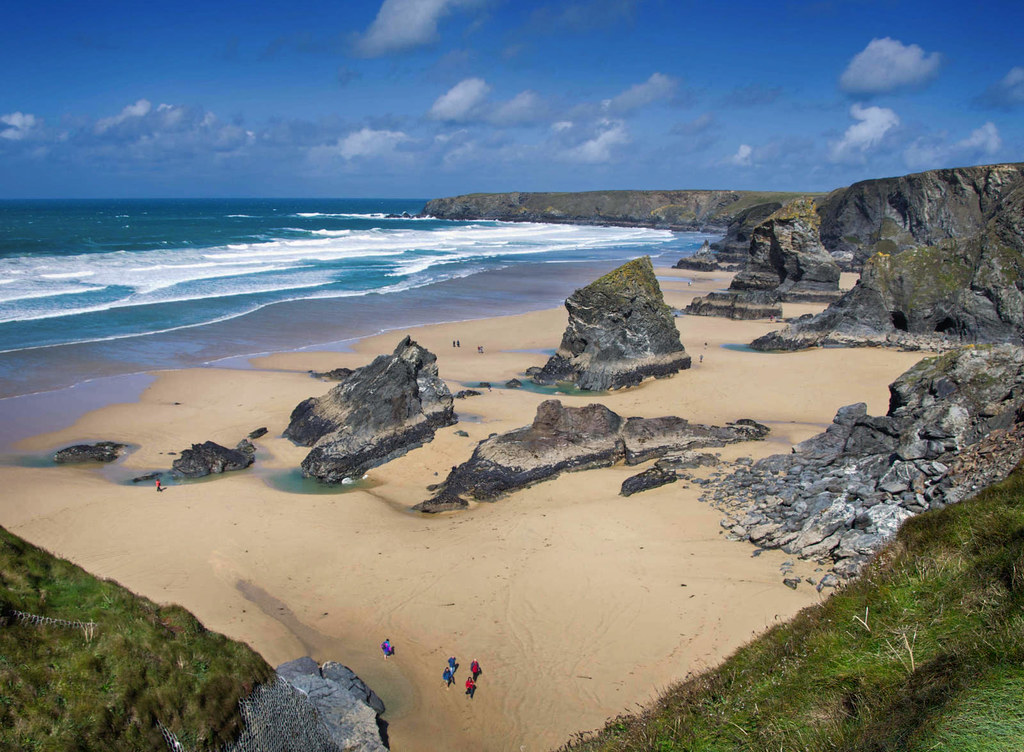
Fans of British TV may recognize Port Isaac as the backdrop for the comedy-drama Doc Martin about a belligerent London surgeon who develops a fear of blood and moves to a backwater Cornish village to begin a new life as the community doctor.
With a history dating back to the time of Henry VIII, this picturesque fishing village is one of the delights on the South West Coast long-distance footpath which provides perfect views of the harbour like this one.
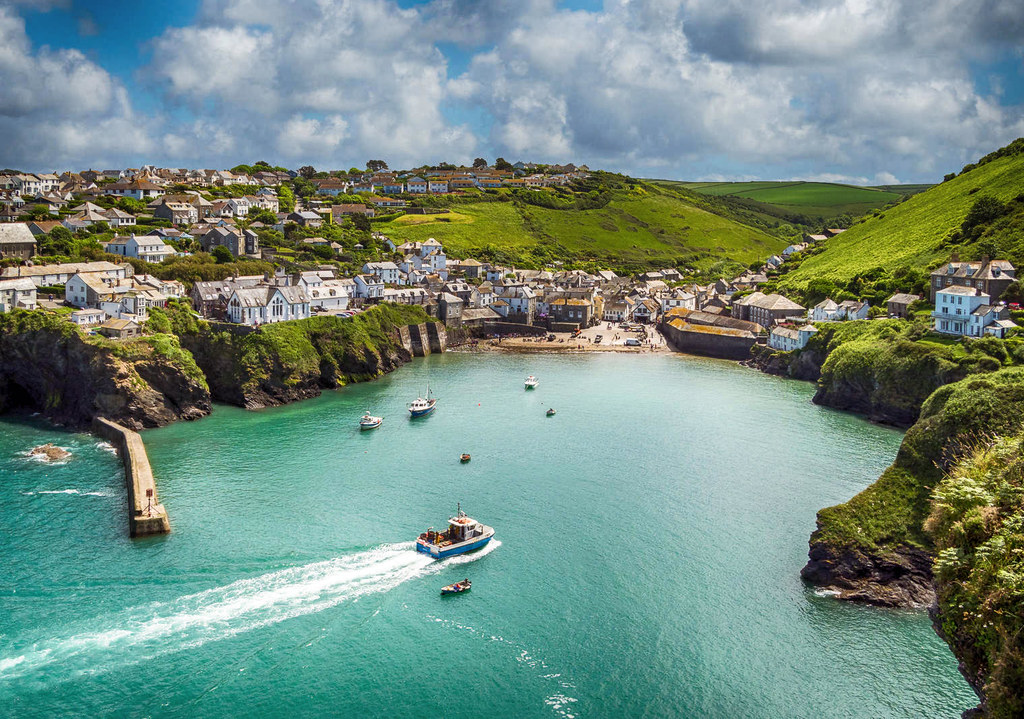
Centered around the steep-sided valley of the River Looe, the small coastal town of Looe dates to the 12th century.
During the Middle Ages, it was a major port, exporting local tin and granite, as well as a thriving fishing and boatbuilding center.
40 Stunning Images of Cornwall in 1895.
But by the 19th century, the Victorians recognized its charm as a seaside holiday town for which it remains popular today, with dozens of hotels, guest houses, restaurants, pubs, and vendors of traditional regional specialties like Cornish ice-cream and pasties.
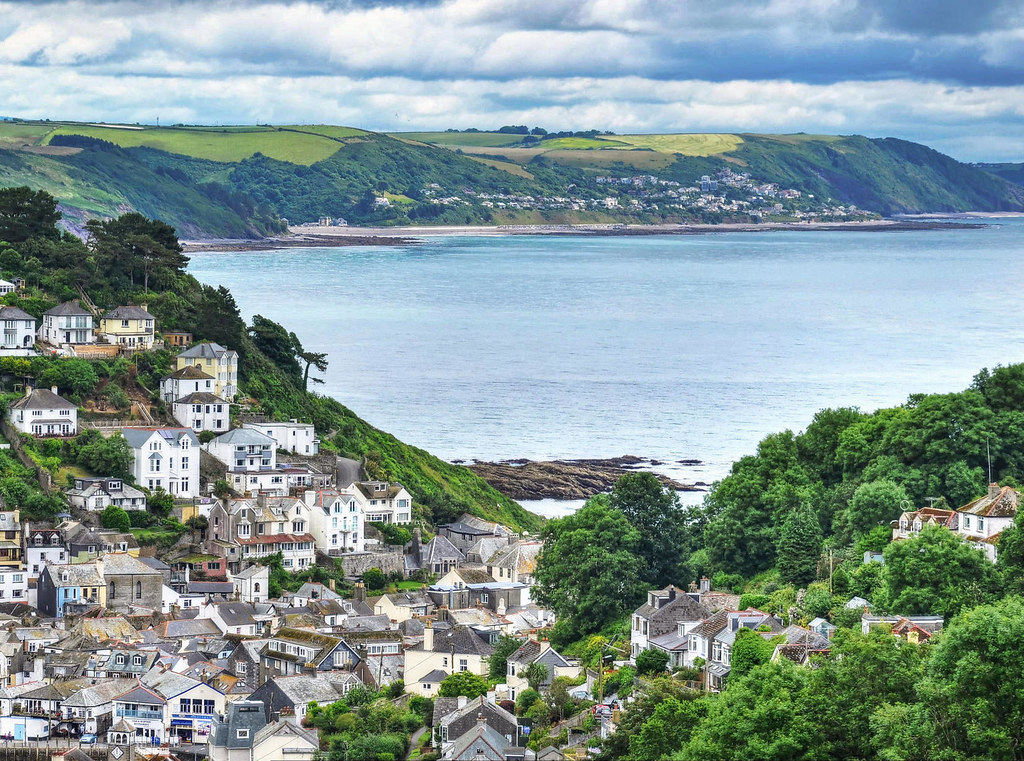
Situated on the Lizard peninsula—the most southerly tip of the British mainland—the ruggedly beautiful Keynance Cove became popular with Victorians including Queen Victoria and Prince Albert and the poet Alfred Lord Tennyson.
Stunning views over Keynance Cove like this one can be enjoyed from the South West Coast long-distance footpath.

7. Isle of Wight
Winding its way through Shanklin Old Village, the High Street is lined with charming thatched cottages, traditional tea rooms, and restaurants with names like Pencil Cottage, the Village Inn, and Strawberry Thatch.
Shanklin Old Village ranks as one of the best chocolate box photographic opportunities in Britain.
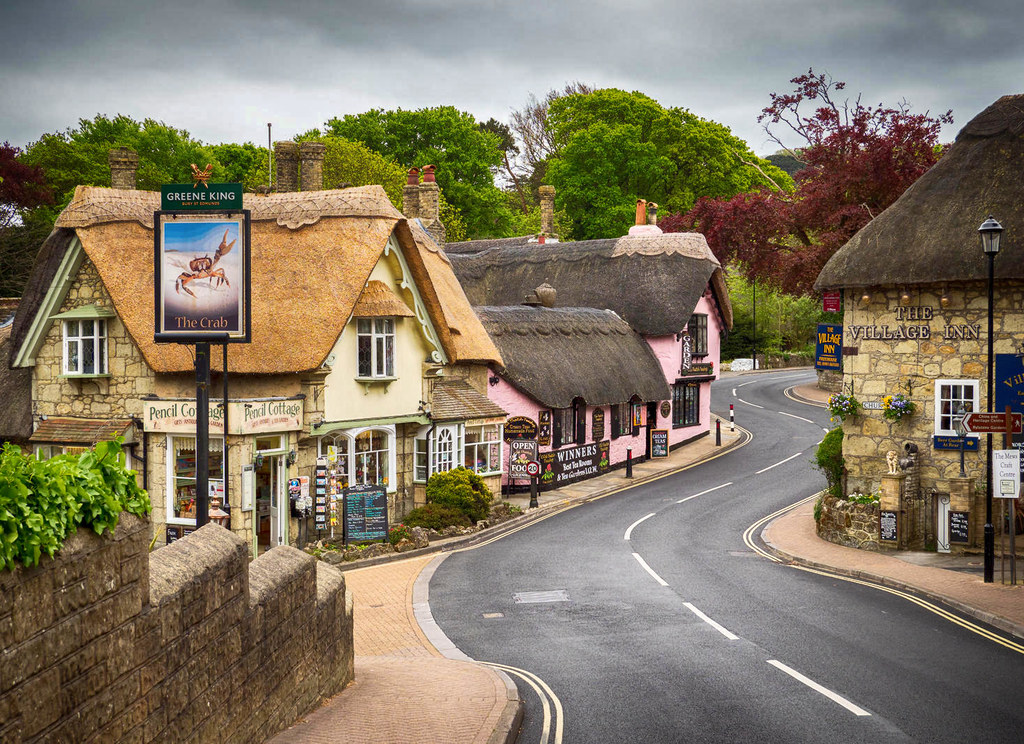
Overlooking the village of Godshill stands the medieval All Saints Church which is fronted by a row of pristine thatched cottages as seen from Church Hill road.
Noted for its medieval wall painting of a Lily crucifix—one of only two in Europe—it was whitewashed during the Reformation to save it from destruction, remaining hidden until the 19th century.
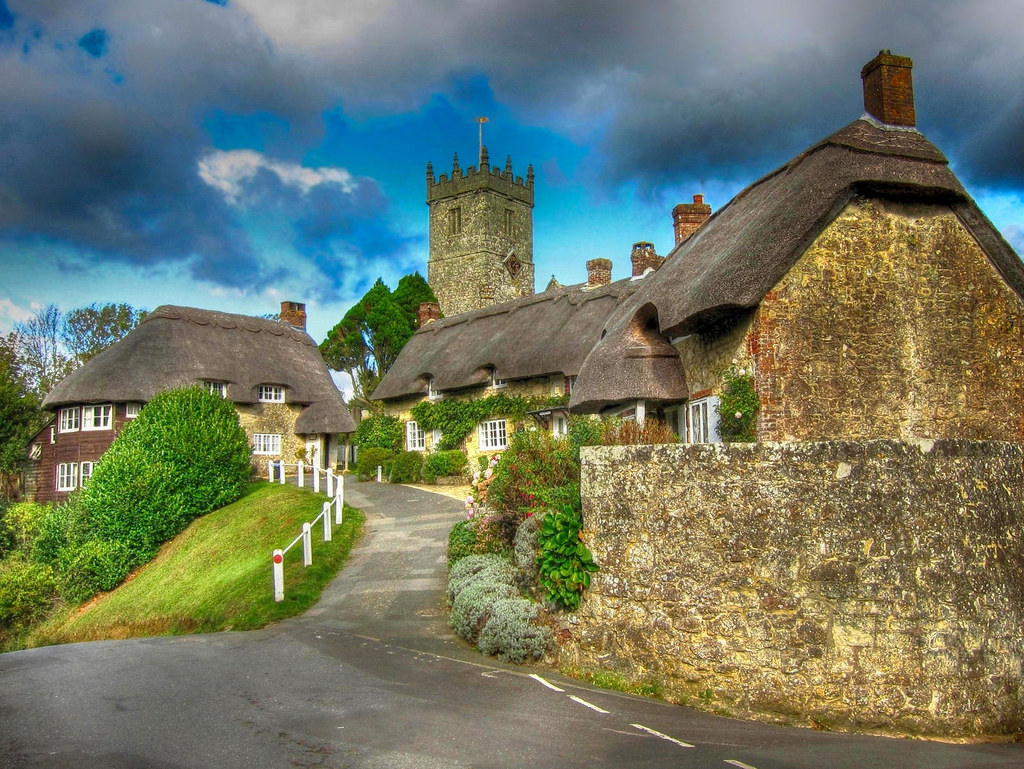
Built between 1845 and 1851 as a summer house for Queen Victoria and Prince Albert, Osborne House is a must-see on the Isle of Wight.
Designed by Prince Albert himself in the style of an Italian Renaissance palazzo, it became the place of Queen Victoria’s death in 1901.
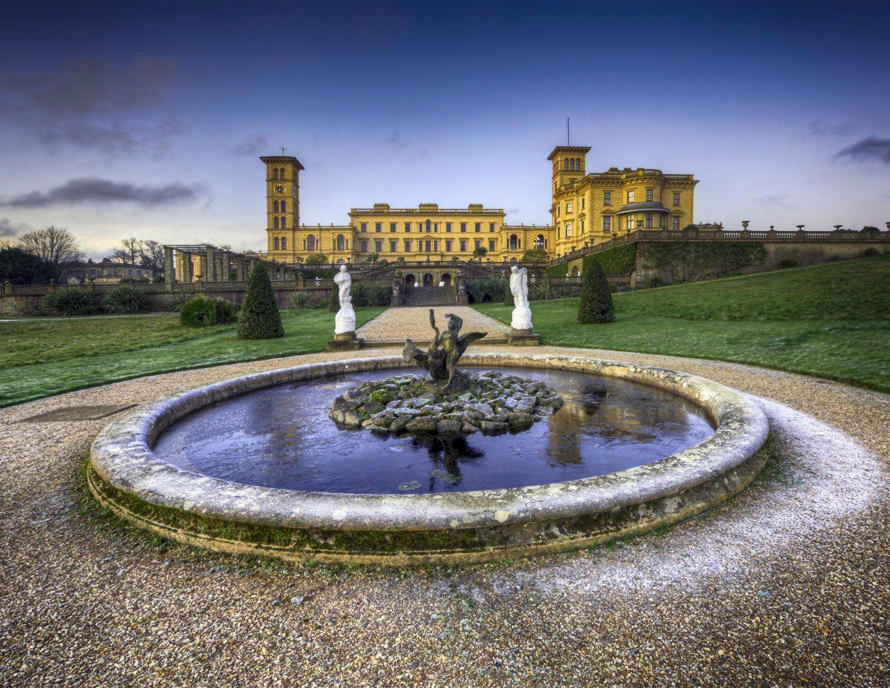
Queen Victoria’s Beloved Pomeranians.
Rising nearly 100 feet out of the sea off the Isle of Wight’s western coast, three giant stacks of chalk called “the Needles”, with a Victorian-era lighthouse at the outer edge, make a dramatic photograph from the clifftop viewing spots.
Taking their name from a fourth needle-shaped chalk stack that collapsed in 1764, the name stuck even though the remaining stacks are not needle-like.

8. Norfolk
Built in 1816 for miller Edmund Savory, Burnham Overy Staithe Mill is one of almost 200 surviving mills across Norfolk county.
Converted to holiday accommodation, the mill is a protected building of historical importance and provides beautiful photographic opportunities, especially at sunrise.
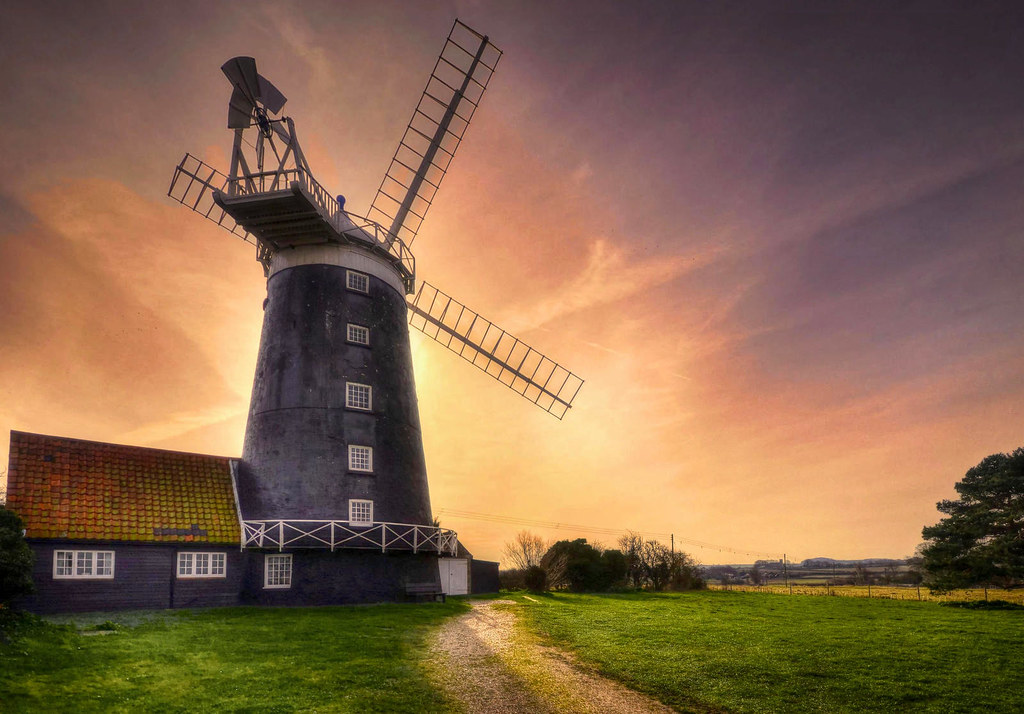
Dating from 1912 and built on the foundations of an 18th-century mill, Horsey Windpump is a drainage windmill in the beautiful Norfolk Broads near the seaside resort of Great Yarmouth.

Dating back to the Tudor period, the historic cobbled lane of Elm Hill is a famous landmark in the city of Norwich.
Named after the old elm trees that once stood in the town square, Elm Hill was home to wealthy 15th-century merchants in the city’s weaving industry.
Like Gold Hill in Dorset and Mermaid Street in East Sussex, Elm Hill makes a beautiful photographic subject.
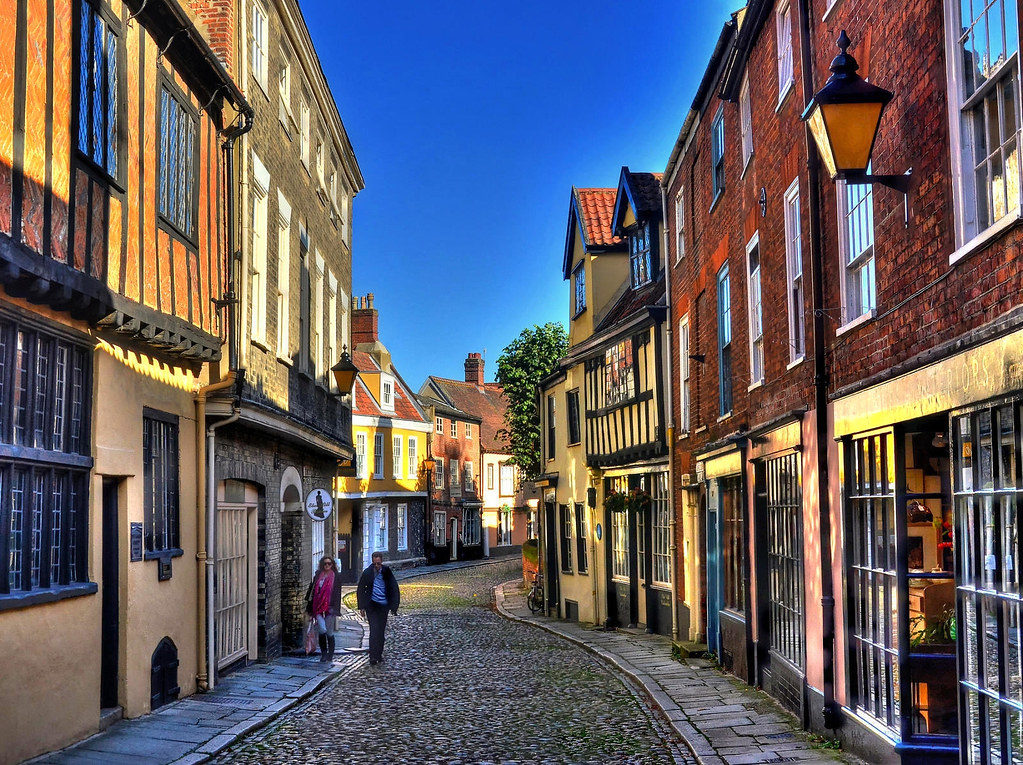
Constructed out of flint and mortar and faced with cream-coloured limestone from northwestern France near Caen, work began on Norwich Cathedral in 1096 and took another fifty years to complete.
Exceeded only by Salisbury Cathedral, the cloisters are the second-largest in the UK, through which a beautifully framed image of the second-tallest spire can be photographed.

9. Northern Ireland
About three miles northeast of the town of Bushmills in County Antrim lies an area of ancient lava flow comprising some 40,000 interlocking basalt columns known as the Giant’s Causeway.
Legend has it that the columns were built by the Irish giant Finn MacCool from Gaelic mythology, who was challenged to a fight by the Scottish giant Benandonner.
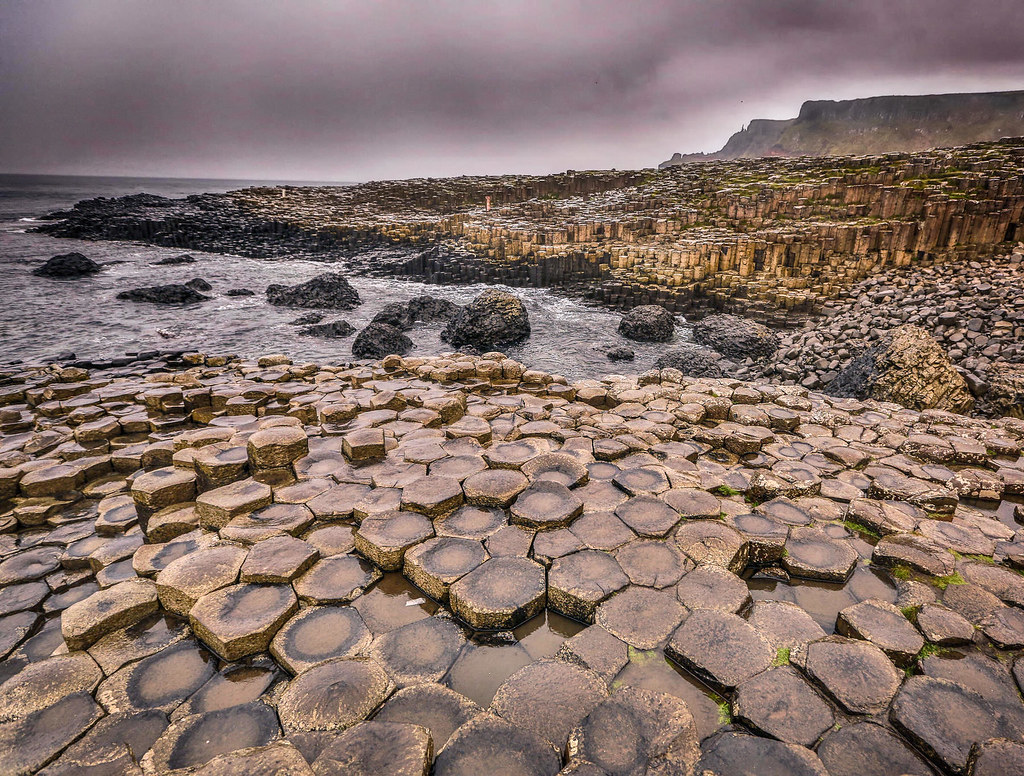
Upon seeing Benandonner was much larger than himself, Finn hides and his wife disguises him as a baby, thus fooling Benandonner into thinking Finn’s father must be a true giant of giants.
Benandonner flees back to Scotland and destroys the causeway behind him.
Identical basalt columns from the same lava flow can be found on the Scottish side of the causeway at Fingal’s Cave on the Isle of Staffa.
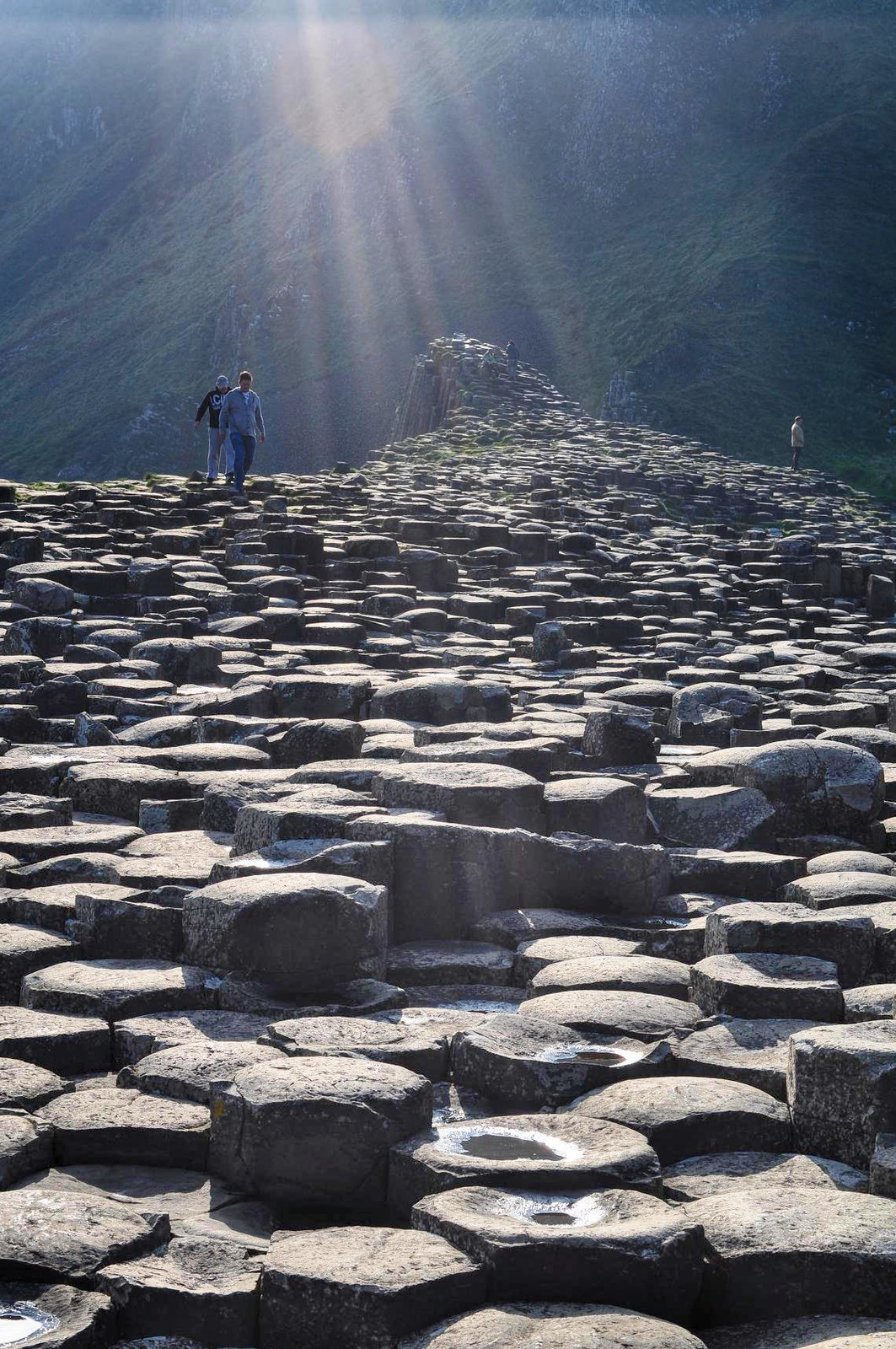
Linking the mainland to the tiny island of Carrickarede, a famous rope bridge spans the 66-ft gap, with a drop of nearly 100 feet to the rocks below.
Designated an area of outstanding beauty, it makes for stunning photographs, but be wary of crossing the bridge if you’re afraid of heights—some people cannot stomach the return journey and have to be taken off the island by boat.
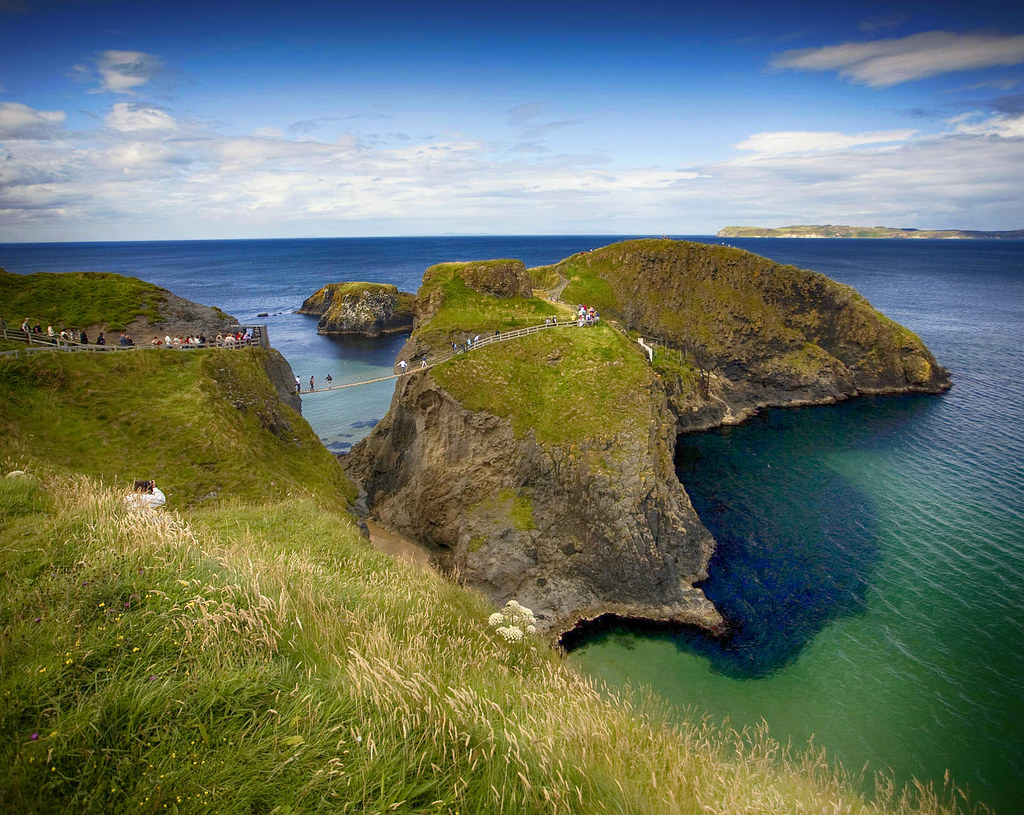
If you’re a fan of Game of Thrones, you may recognize this remarkable avenue of beech trees used as a location in the fantasy drama television series.
40 Beautiful Images of Ireland in 1895.
Celebrating the completion of Gracehill House in 1775, James Stuart planted over 150 beech trees along the approach road to create an imposing corridor.
According to legend, the ghost of the Grey Lady haunts the road, flitting from tree to tree.
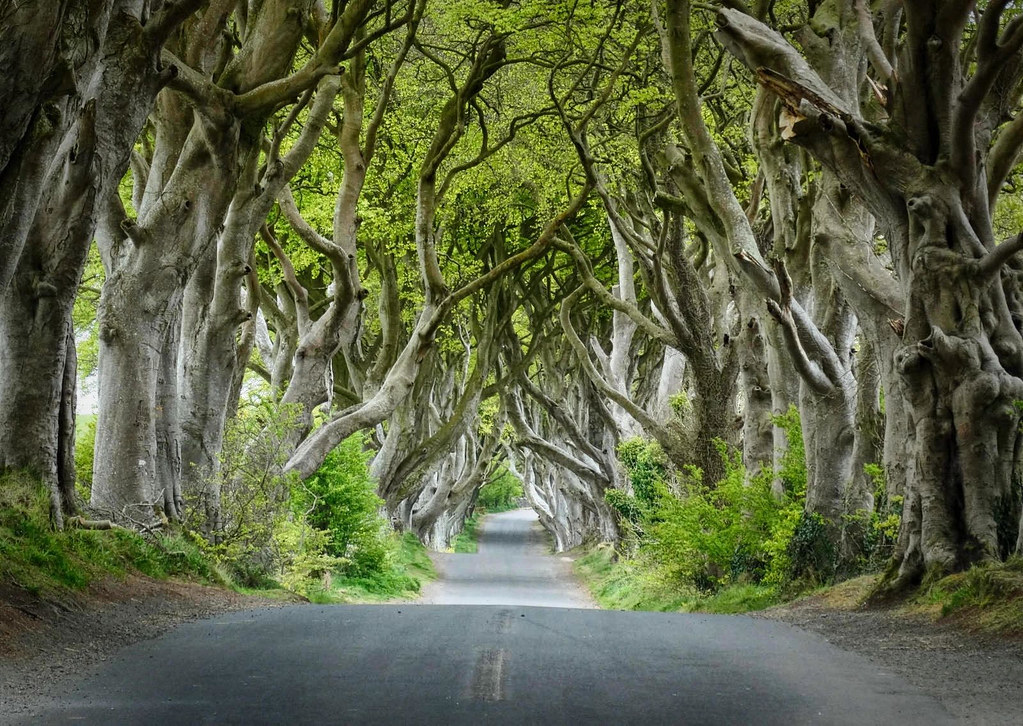
10. Oxfordshire
Founded around 1096, the University of Oxford—the oldest university in the English-speaking world—dominates the “city of dreaming spires”.
If you’re lucky enough to take a hot air balloon ride over Oxford, incredible views like the one below are yours to savour.
38 constituent colleges are scattered throughout the city centre, forming a beautifully preserved architectural wonder.

Viewed from the University Church of St Mary the Virgin, the neo-classical Radcliffe Camera looks resplendent in the golden evening sunlight.
Built between 1737 and 1749 to house a science library funded by wealthy local doctor John Radcliffe, it is considered the most magnificent structure in Oxford.
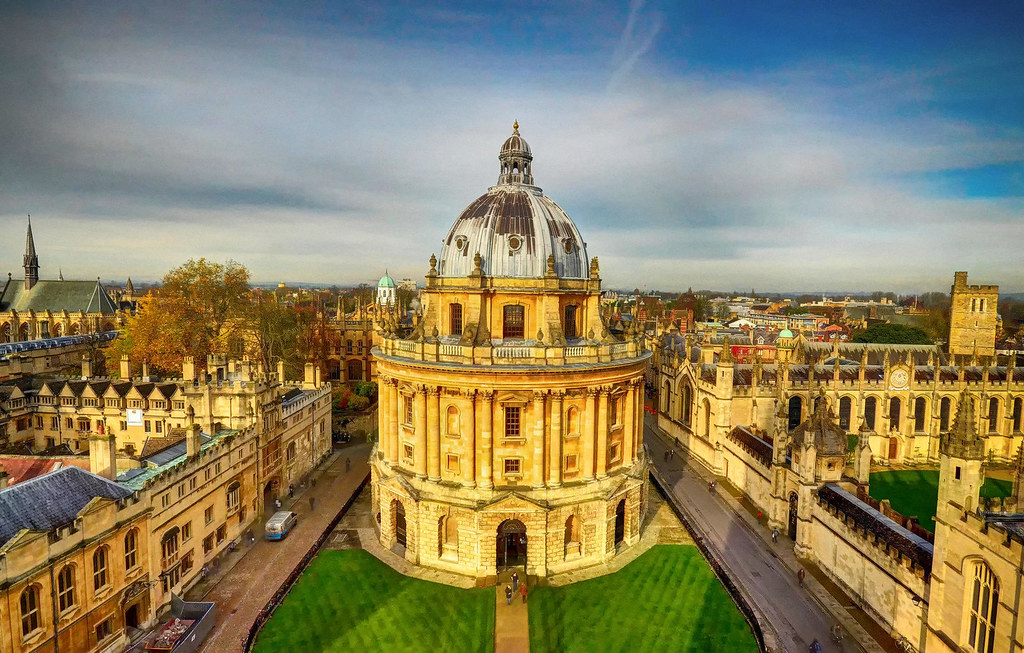
10 Reasons to Love Oxford—the City of Dreaming Spires.
Birthplace of Sir Winston Churchill, Blenheim Palace is a monumental English Baroque country house originally granted as a gift to John Churchill, 1st Duke of Marlborough for his military triumphs in the Battle of Blenheim of 1704.
Larger than Buckingham Palace, Windsor Castle, or even Versailles, the sheer scale of Blenheim has to be seen to be appreciated and is difficult to squeeze in the frame.
With its richly colored stone columns against a dramatic sky, Blenheim is a photo gem.
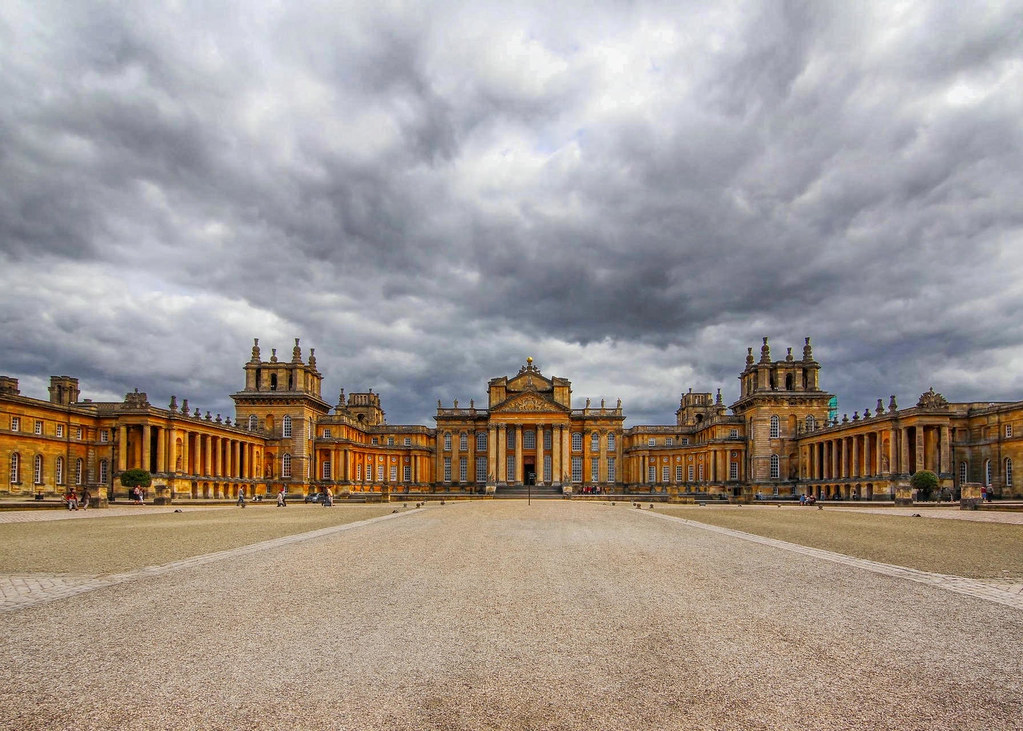
Known as the “gateway” to the Cotswolds, Burford is a delightful medieval town on the River Windrush in West Oxfordshire.
It was the scene of a great battle in AD 752 between Cuthred, king of the West Saxons and Æthelbald, king of the Mercians, in which the Saxons vanquished the Mercians.
Local legend tells of a ghostly apparition of an unpopular 16th-century Lord and his wife riding a fiery coach through the town and bringing a curse upon all who see it.
Fortunately, the ghosts were corked in a glass bottle during an exorcism and cast into the river!
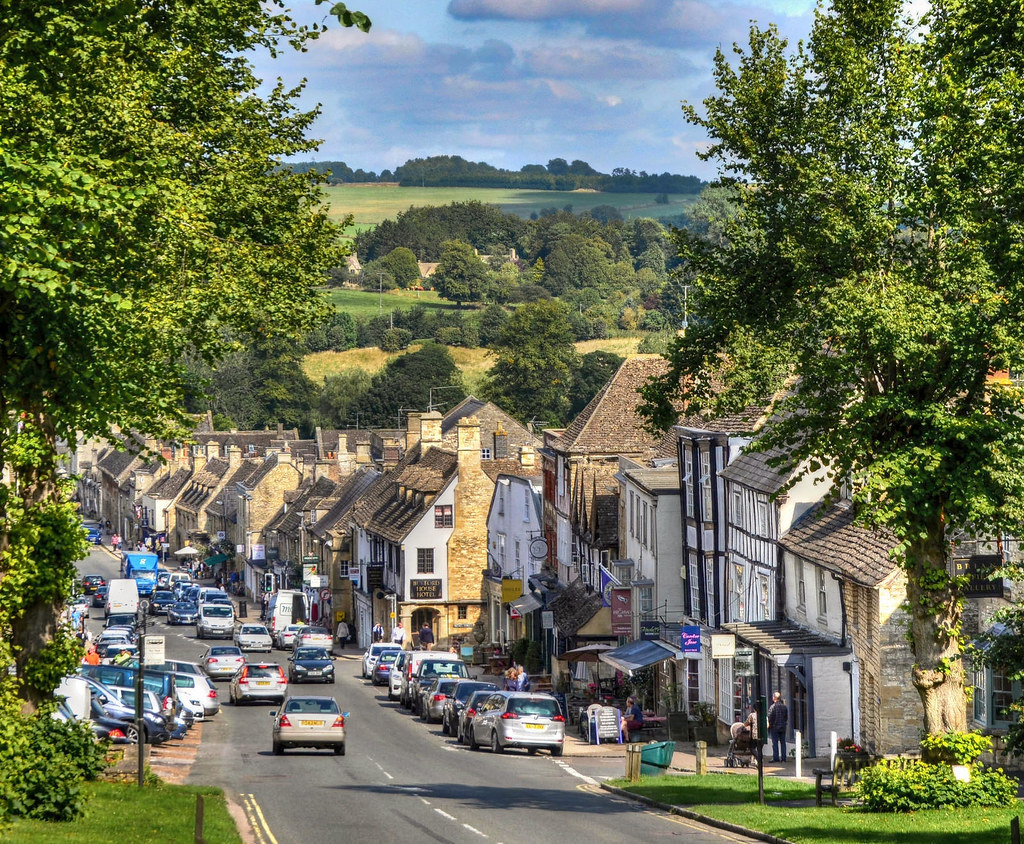
11. Scotland
“Bonnie” meaning “pretty, attractive” is the perfect word to describe Scotland’s dramatic landscape.
Covered by ice sheets during the ice age, Scotland has been shaped by glaciation, forming towering mountains, deep glens, glittering lochs, thick woodland, and rolling pastureland.
Steeped in history and the struggle for freedom, Scotland is dotted with romantic historic castles and ruins that take your breath away.
One of the most iconic landmarks is Eilean Donan Castle in the western Highlands.
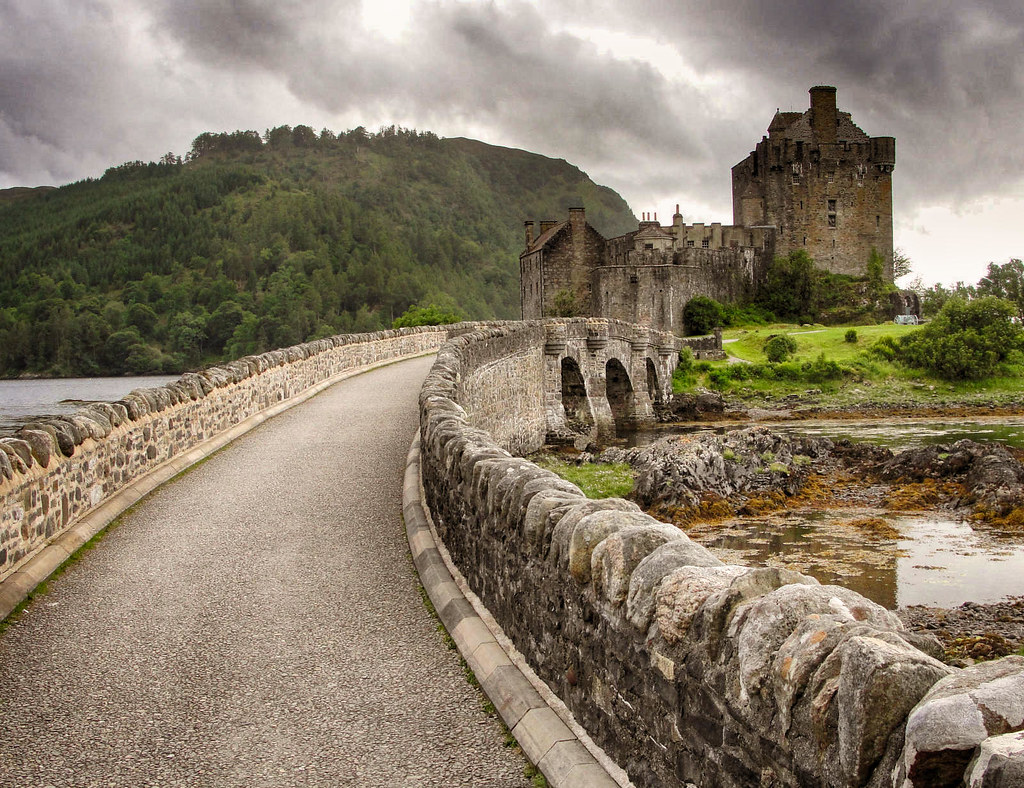
Eilean Donan—a place to live forever?
Fictional setting of Sir Walter Scott’s poem The Lady of the Lake and the opera La donna del lago by Rossini, Loch Katrine is a popular scenic attraction within reach from Glasgow on a day trip.
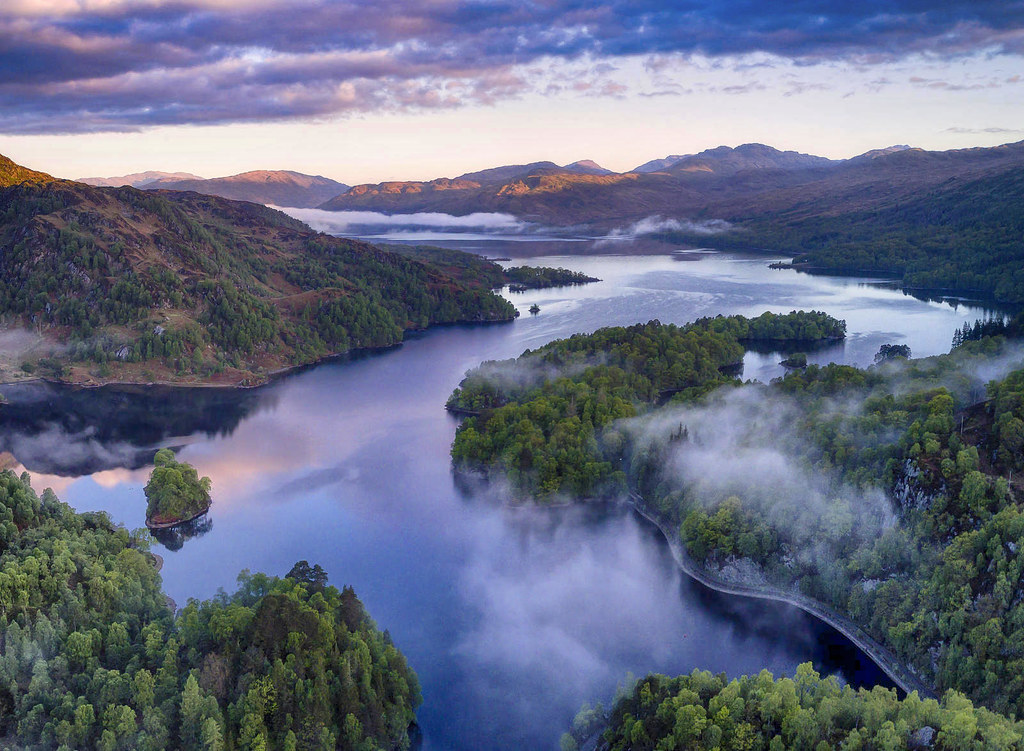
Forming the boundary between the lowlands of Central Scotland and the Highlands, Loch Lomond is the largest inland stretch of water in Britain by surface area.
Surrounded by hills, Loch Lomond is popular as a leisure destination and is featured in the song “The Bonnie Banks o’ Loch Lomond”, a well-known traditional Scottish song first published in 1841.
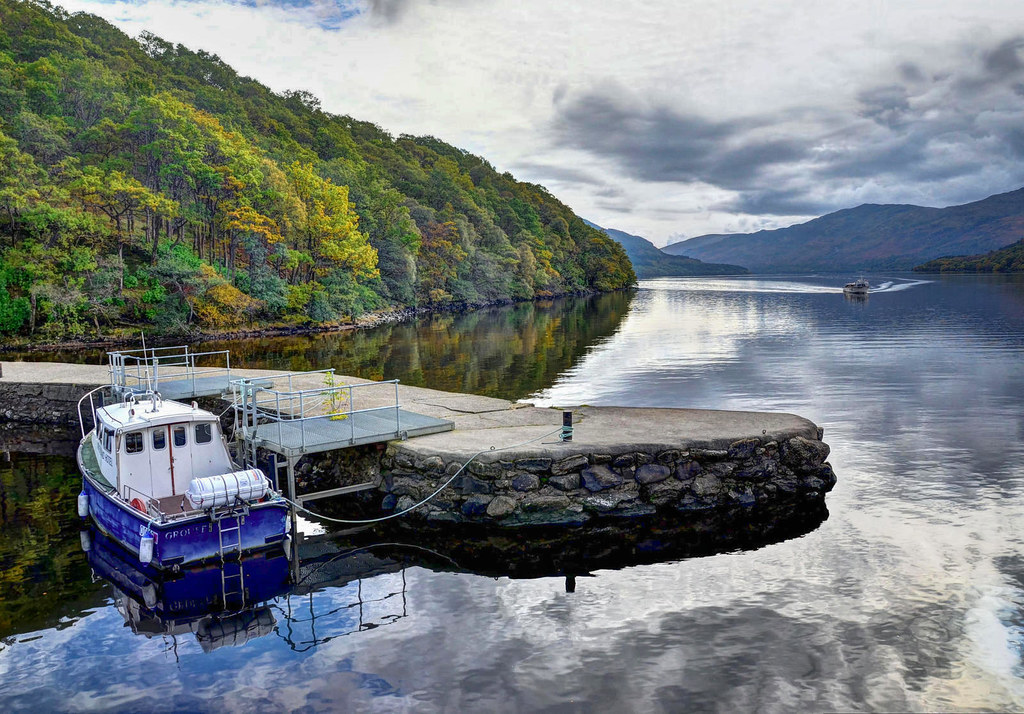
Dominating the skyline of Edinburgh from its position atop Castle Rock, Edinburgh Castle is a historic fortress and one of Scotland’s most-visited attractions, with over 2 million visitors a year.
A Tour of Magical Victorian Scotland.
Princess Street Gardens makes a superb location from which to capture the castle, featuring the Victorian Ross Fountain, once exhibited at the International Exhibition of 1862 in Kensington, London.
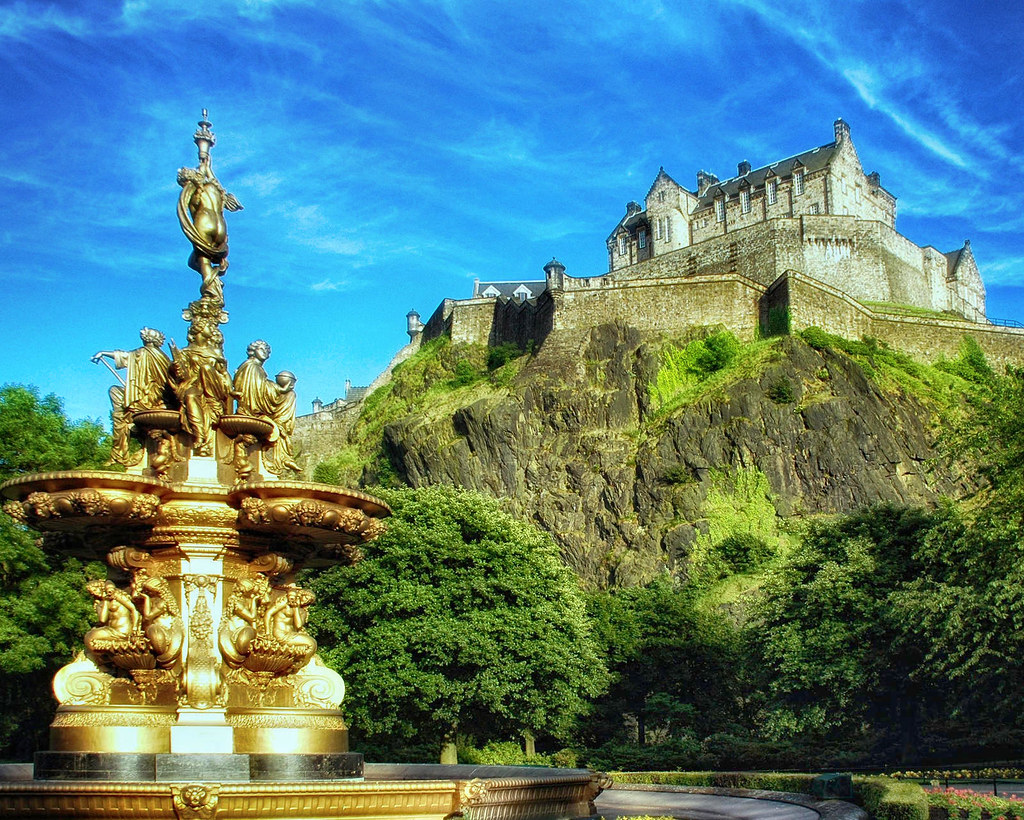
12. Somerset
Crafted from honey-coloured stone, Bath became a popular spa town in the Georgian era as word spread of its curative natural spring water.
Designed by Robert Adam, one of the most successful and fashionable architects of the 18th century, his Palladian-style Pulteney Bridge is exceptional for having shops built across its entire span on both sides.
On a still day, the much-photographed bridge reflects almost perfectly in the River Avon.
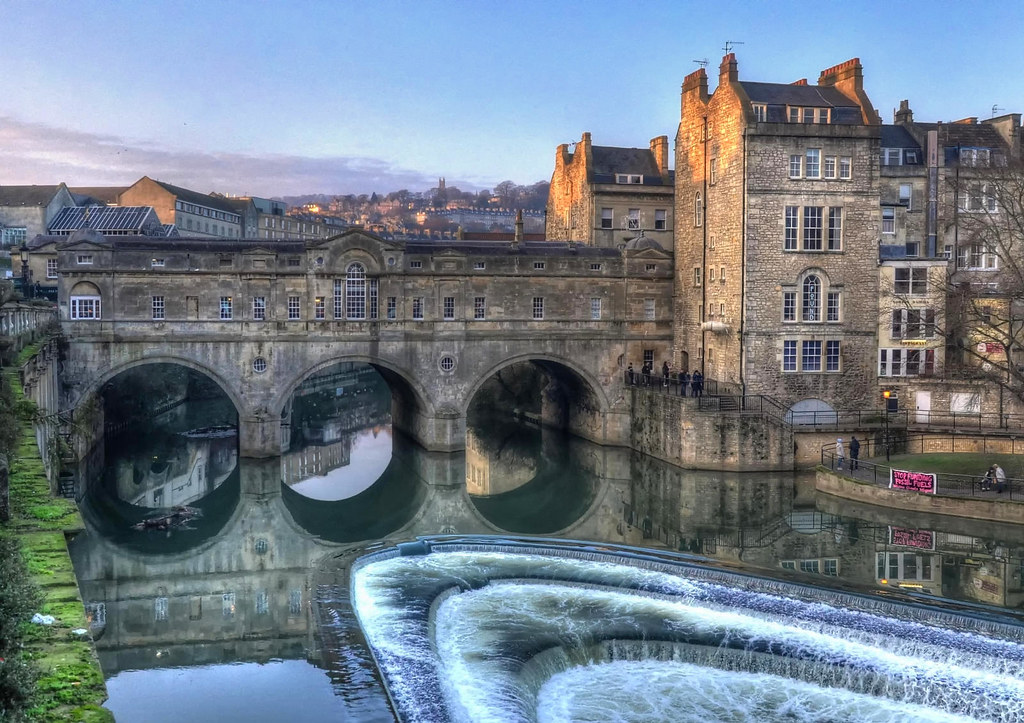
Built around a Roman site for public bathing, the Roman Baths complex is a major tourist spot, attracting over a million visitors a year.
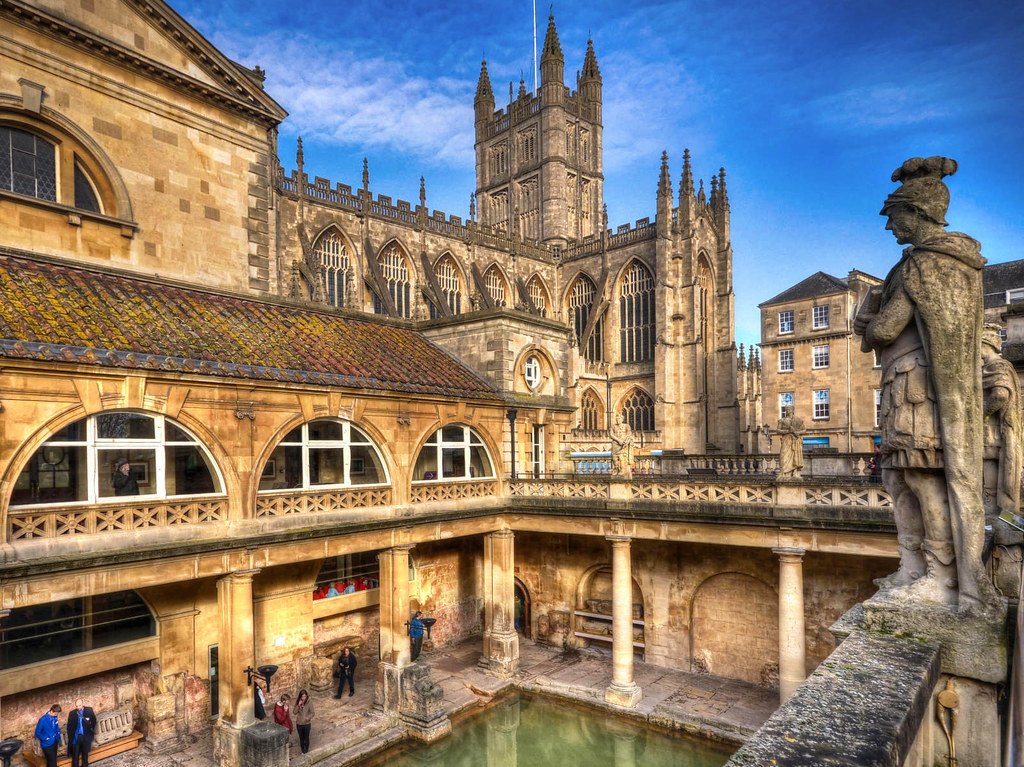
10 of the Best Things To Do in the City of Bath.
Attracting about half a million visitors a year is a deep limestone gorge in the Mendip Hills of Somerset known as Cheddar Gorge.
Rising almost 450 feet with near-vertical cliff-face sides, a dramatic photo opportunity is from the top looking down on the road snaking its way along the bottom of the gorge.
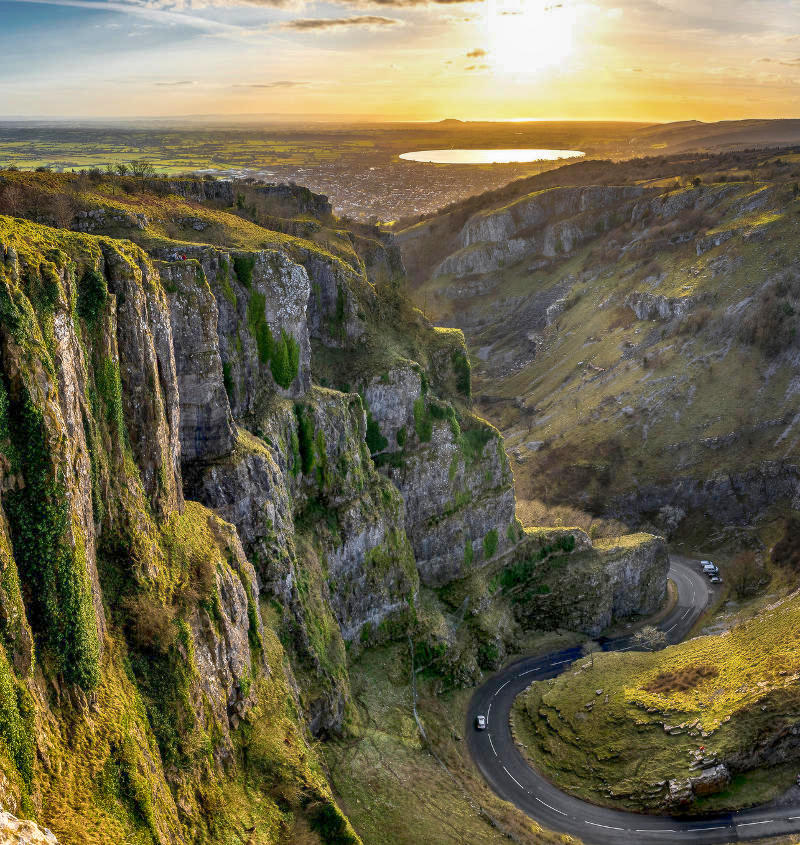
Built between 1175 and 1490, Wells Cathedral is a dominant feature of the city of Wells and the surrounding Somerset countryside.
Called “the most poetic” of English cathedrals, the style is pure Gothic and thought to be the first truly Gothic structure in Europe.
The Pillars of the Earth – Inside England’s Medieval Cathedrals.
Displaying more than 300 sculpted figures, the façade has been described as “the supreme triumph of the combined plastic arts in England”.
It is a superb opportunity to capture in detail the fruits of medieval English craftsmanship.

13. Wales
Known as the “land of song” thanks to a centuries-old Welsh festival of literature, music, and performance, this Celtic nation of valleys is home to some of the most beautiful landscapes in Britain.
Pen-y-Gwryd is a mountain pass close to the foot of Snowdon, the highest mountain in Wales.
The famous mountaineering hostelry, Pen-y-Gwryd Hotel, is located in the pass and is where the first successful Everest expedition team of 1953 stayed to train in the mountains of Snowdonia.
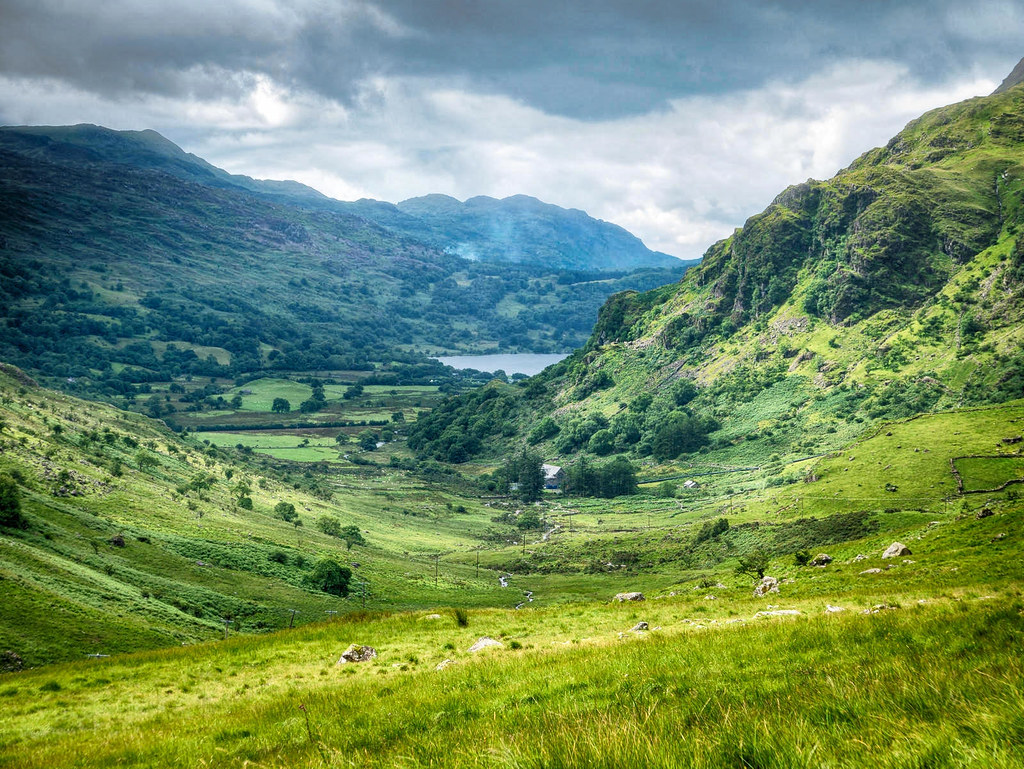
Formed by a post-glacial massive landslide that dammed the lake within the glaciated valley, Tal-y-llyn Lake is the most-photographed lake in Wales.
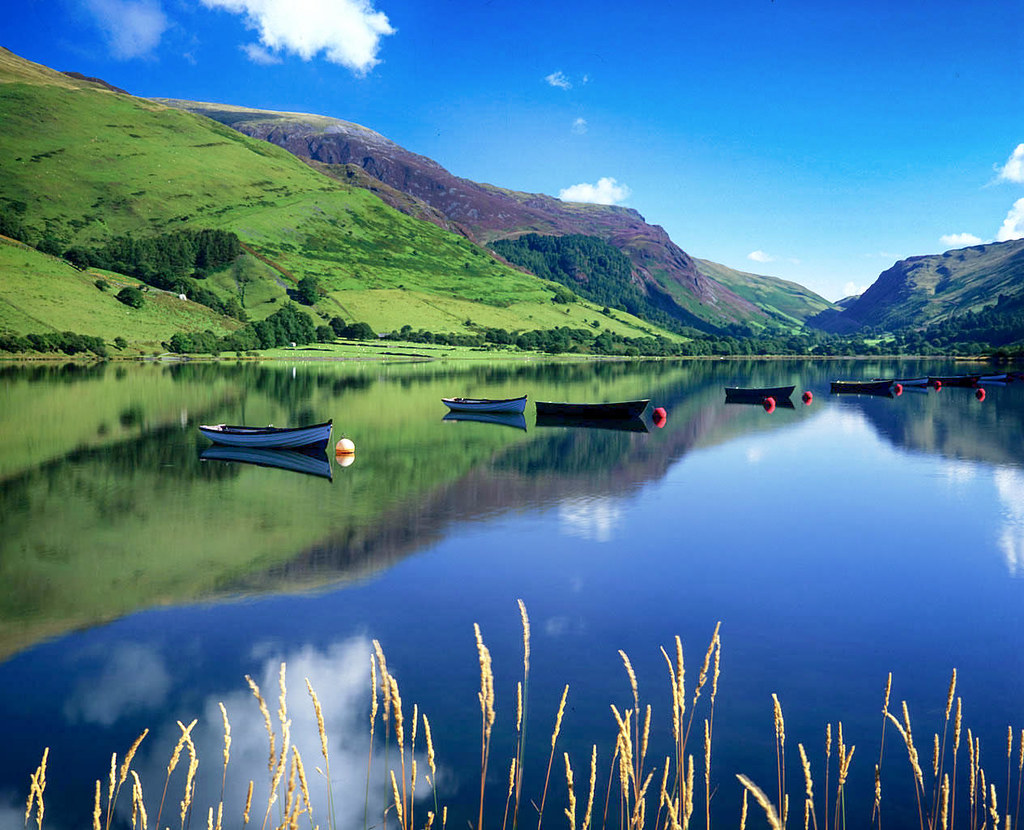
For a long time from the 13th century on, Llanrwst’s wool trade was so important that it set the price of wool for the whole of Britain.
Across from Pont Fawr—a narrow three-arch stone bridge built by famed 16th-century English architect Inigo Jones—sits the beautiful ivy-covered Tu Hwnt I’r Bont Tearoom.
40 Beautiful Images of Wales from the 1890s.
Originally a farmhouse, the building predates the bridge by about 100 years and creates a perfect chocolate box photograph.
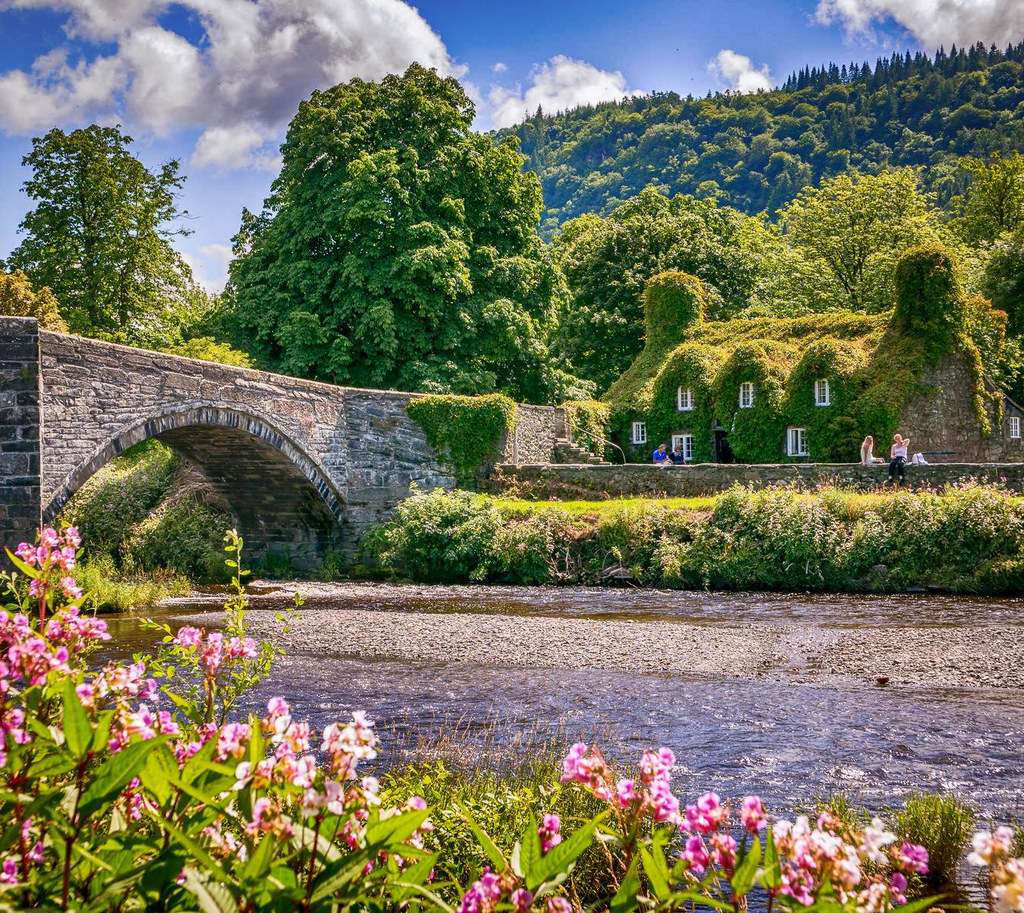
Formed from Carboniferous Limestone, the Green Bridge of Wales is a natural arch on the stunning Pembrokeshire coastline
Described as the most spectacular arch in Britain, at around 80ft high, the Green Bridge is a popular tourist attraction and makes for a superb photo opportunity from the coastal footpath above.
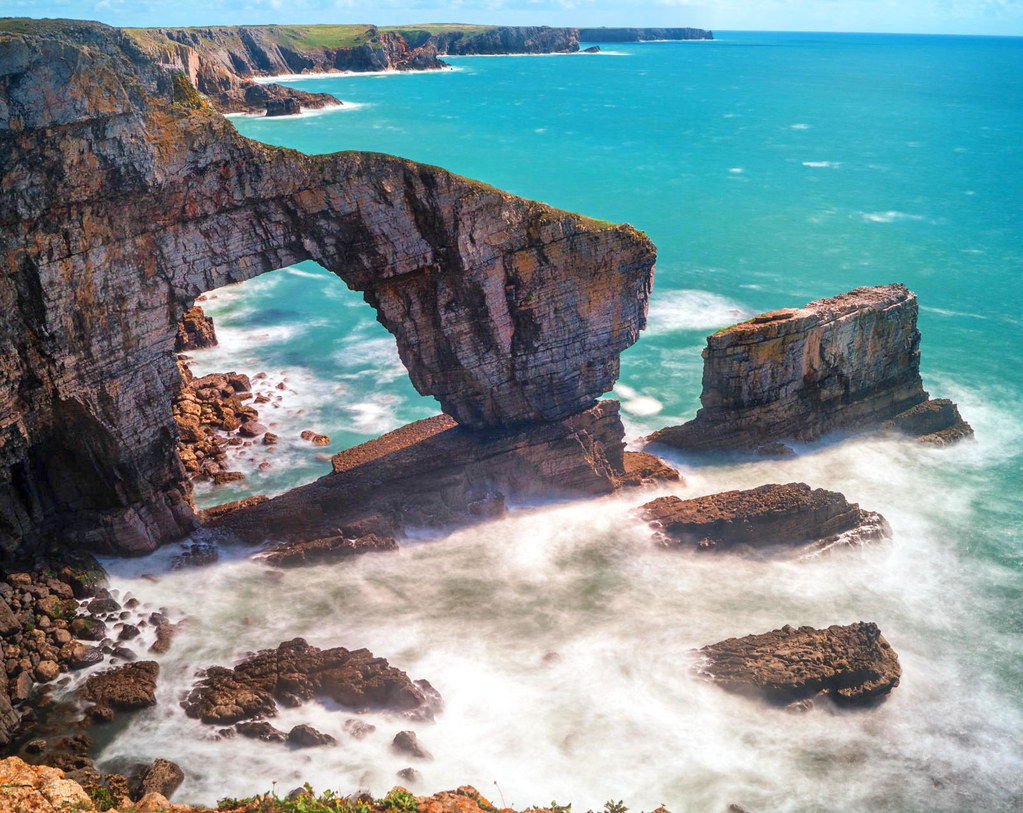
14. Wiltshire
Best known for the prehistoric monument of standing stones called Stonehenge, Wiltshire has much to offer the avid photographer.
Constructed between 3000 and 2000 years before Christ, each stone is around 13 feet high, 7 feet wide and weighs around 25 tons.
Surrounded by myth, exactly how Stonehenge was built and what it was used for remain a mystery.
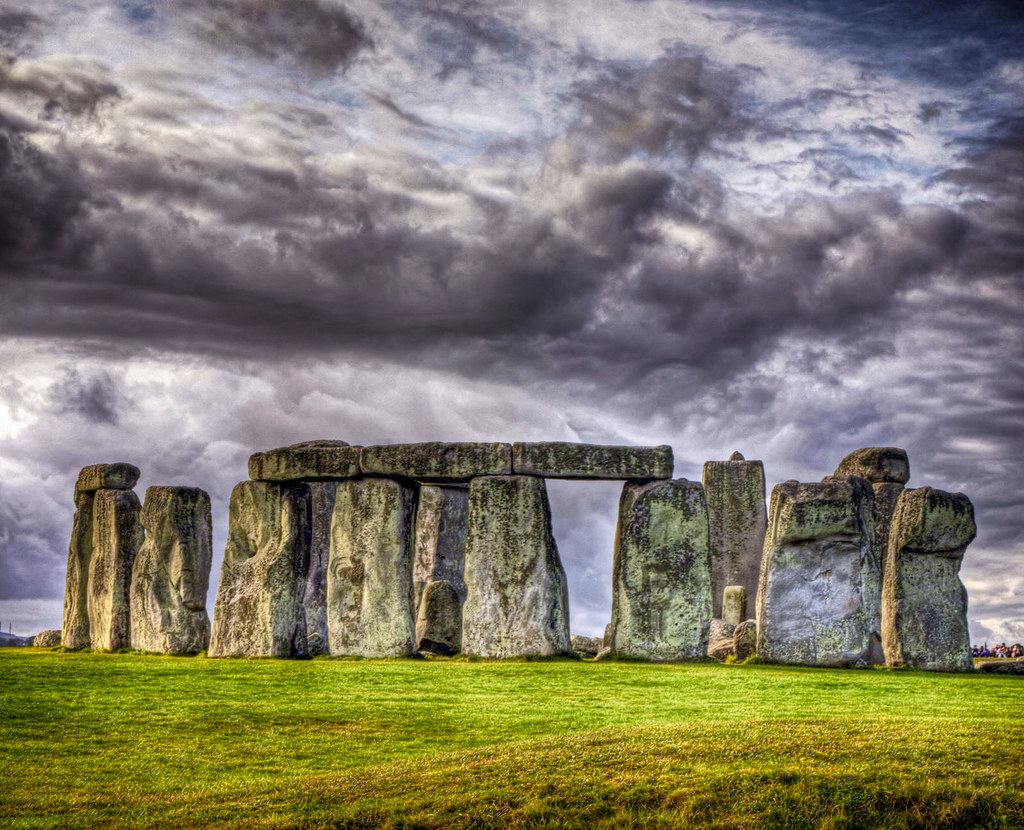
Quintessentially English, and often considered the prettiest village in England, Castle Combe is unsurprisingly popular as a filming location, having featured in Steven Spielberg’s War Horse and the original Dr Doolittle film.
Unmistakably Cotswold, with its honey-coloured local stone, beautiful photos are all but guaranteed.

If you enjoyed the 2005 movie Pride & Prejudice, starring Keira Knightley, then you’ll love the gardens of Stourhead’s 2,650-acre estate where some of the filming took place.
One of the best views is across the bridge towards the Pantheon, thought to be the most important visual feature of the gardens.
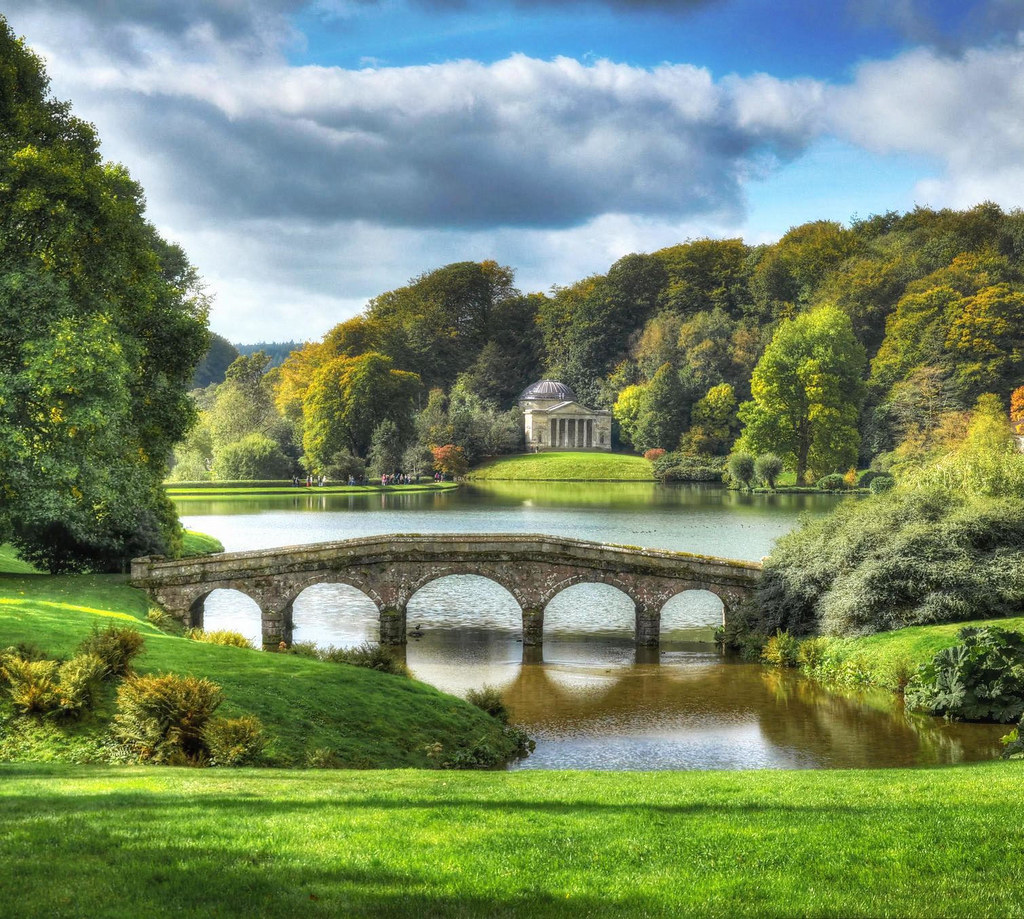
Perched on a perfect green lawn, Salisbury Cathedral is a true wonder of medieval architecture.
Not only has it the tallest spire in Britain at 404 feet, but the largest cloister and the largest cathedral close.
Containing the best surviving copy of the Magna Carta—the founding text of Liberty—and one of the oldest working clocks in the world, Salisbury Cathedral is a must-see and a sight to behold.

15. Yorkshire
Largest of all British counties, Yorkshire is home to the historic city of York and to vast areas of unspoiled countryside.
Sometimes nicknamed “God’s Own Country”, the Yorkshire Dales comprises river valleys and hills with pastures separated by dry-stone walls and grazed by sheep and cattle.
Swaledale is a typical limestone Yorkshire dale, with narrow valley floor, glacier-formed valley sides, green meadows, and fellside fields.

Opened in 1875 to carry the Settle-Carlisle Railway across Baty Moss in the valley of the River Ribble, the Ribblehead Viaduct is one of the great feats of Victorian engineering and complements the scenery with its graceful curve of arches.

10 Fun Facts About the Yorkshire Dales: England’s Green and Pleasant Land.
Overhanging timber-framed buildings dating back as far as the 14th century characterize the medieval street known as “the Shambles” in the city of York.
Once home to 25 butchers’ shops, its name derived from the Anglo-Saxon Fleshammels meaning “flesh shelves”.
Today, the Shambles is a mix of eateries, souvenir shops, a bookshop, and a bakery that make for a delightful photograph, especially in the early light of dawn.
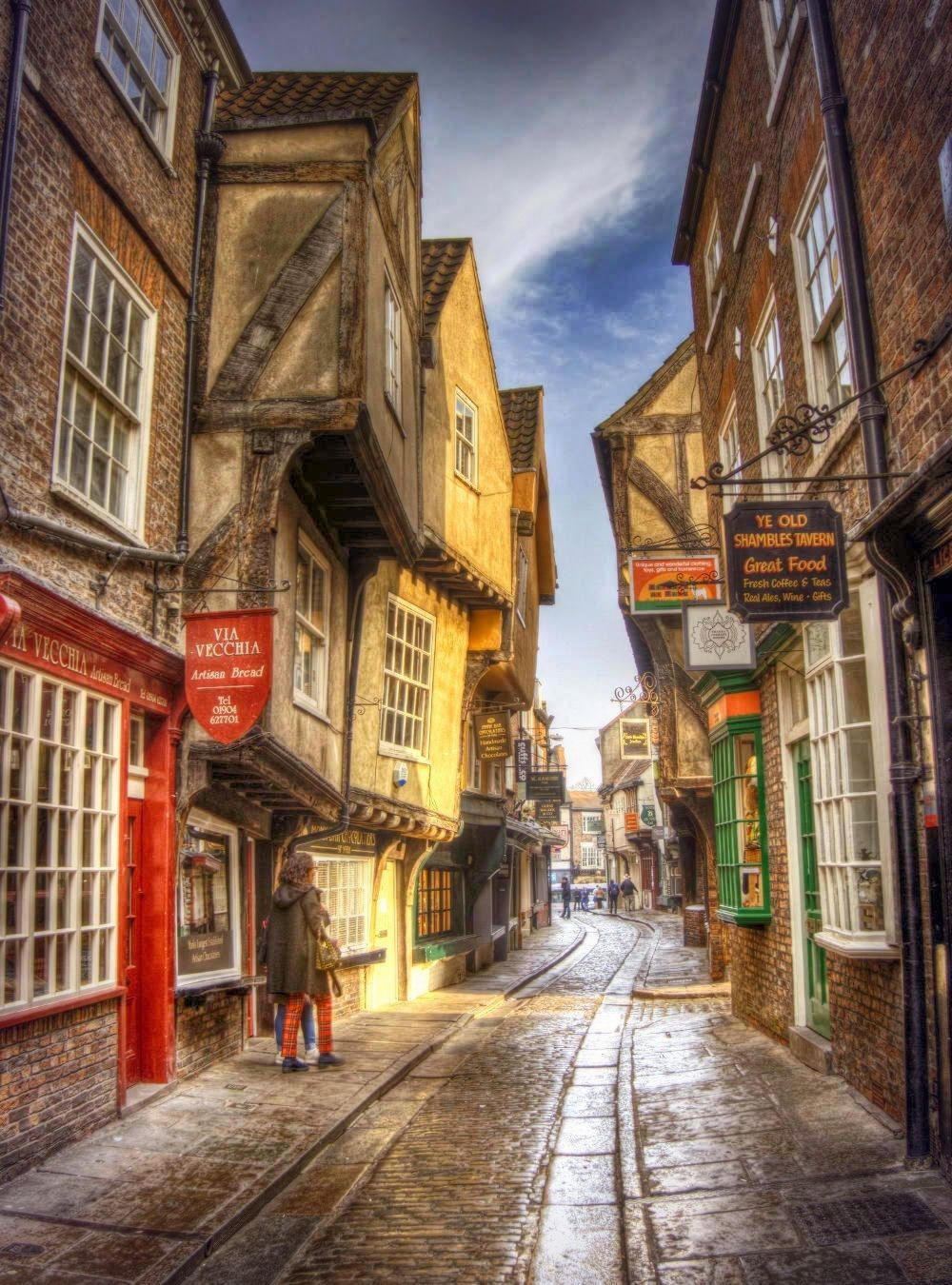
The Shambles—York’s Famous Medieval Street.
Dramatically set into a rocky gorge, Knaresborough is a historic medieval market town and spa.
Weaving up from the river, a maze of cobbled paths and stone staircases begs to be explored.
Built in 1851, the castellated viaduct with its soaring arches spanning the River Nidd makes an excellent photo taken from the ruins of Knaresborough Castle.
